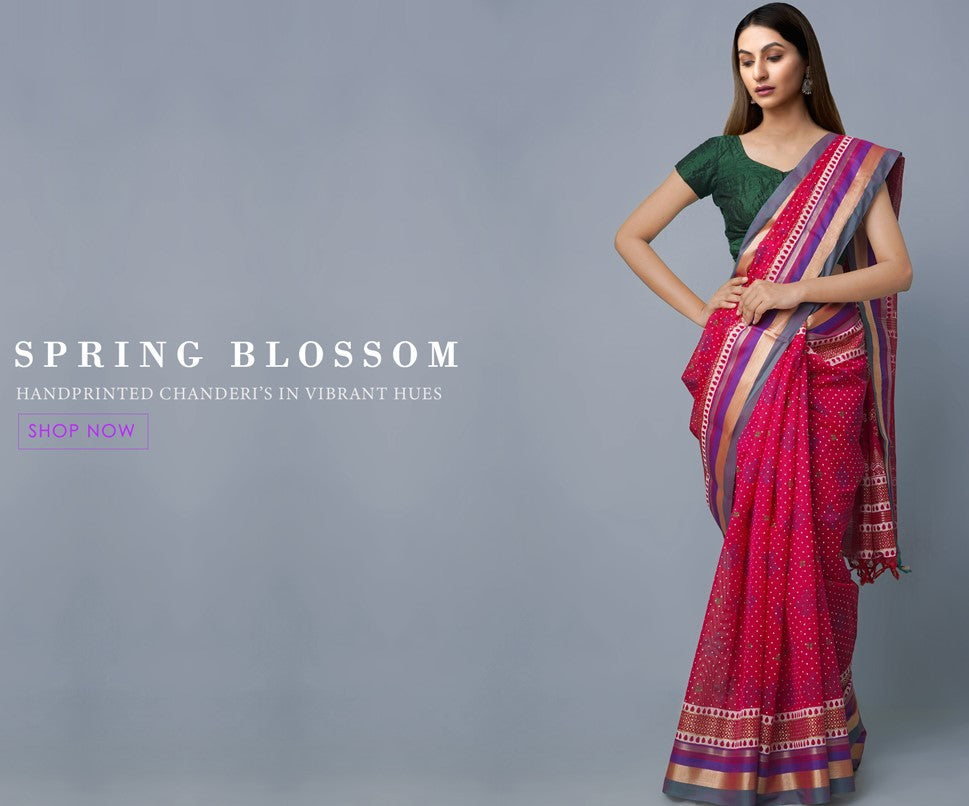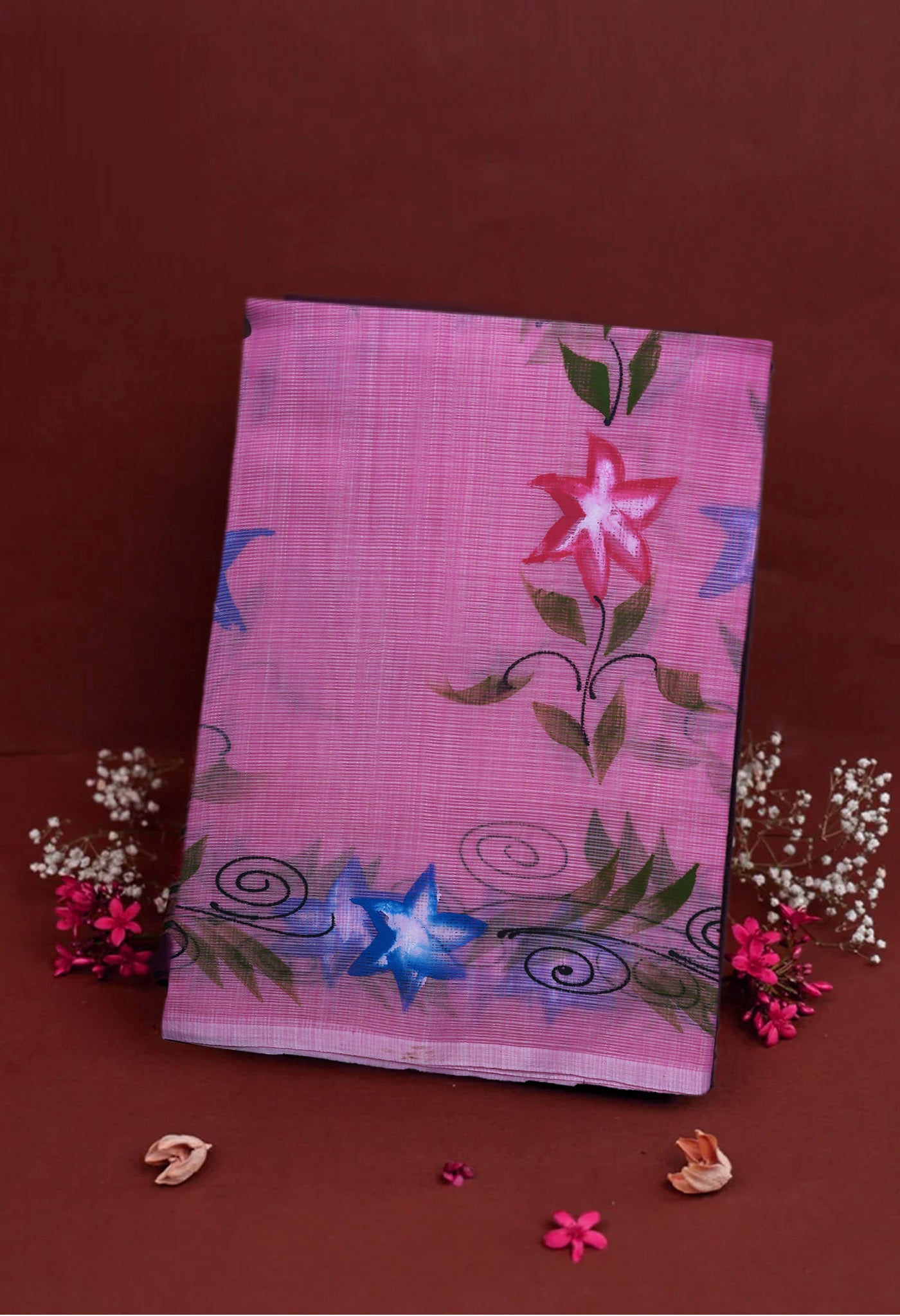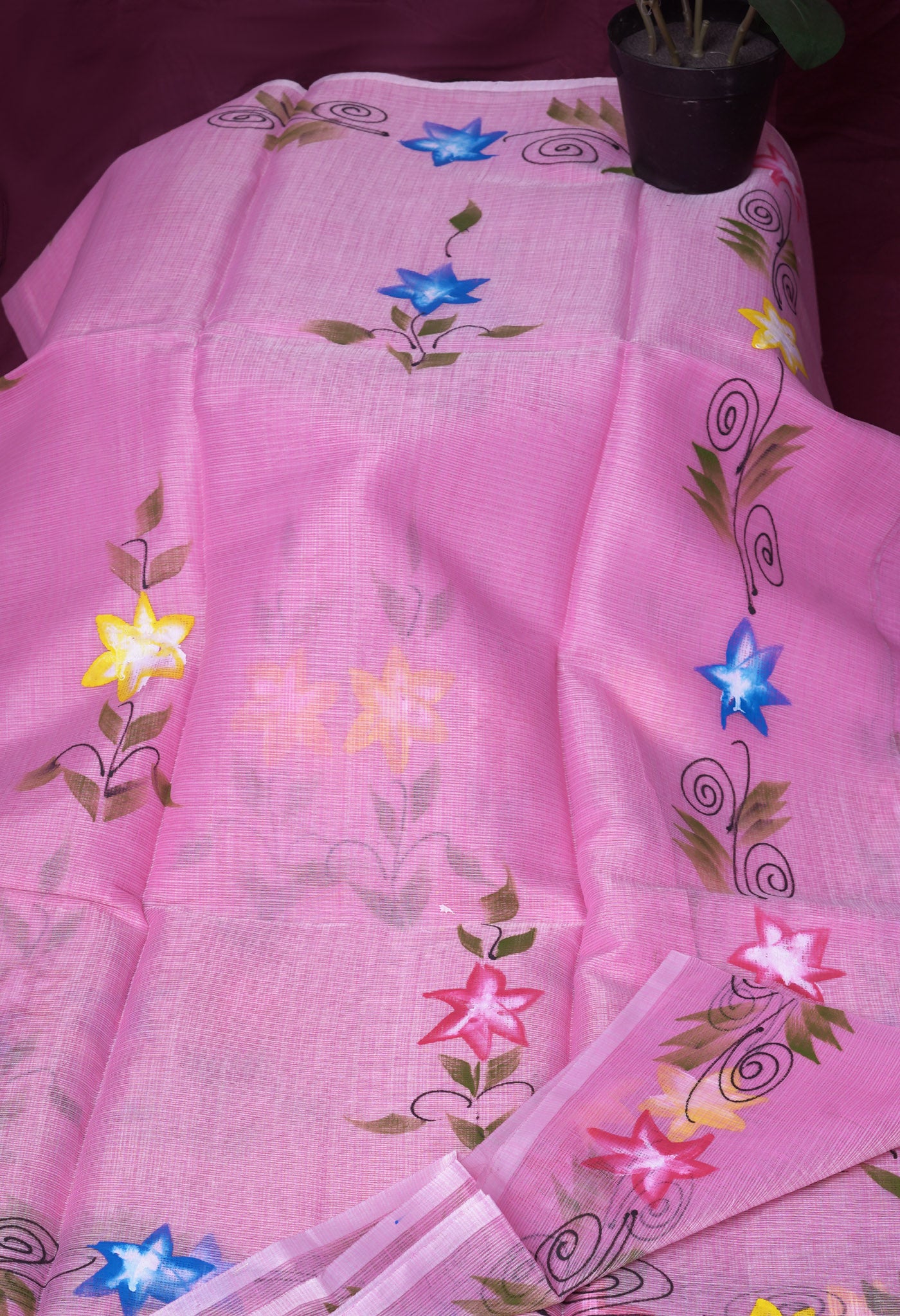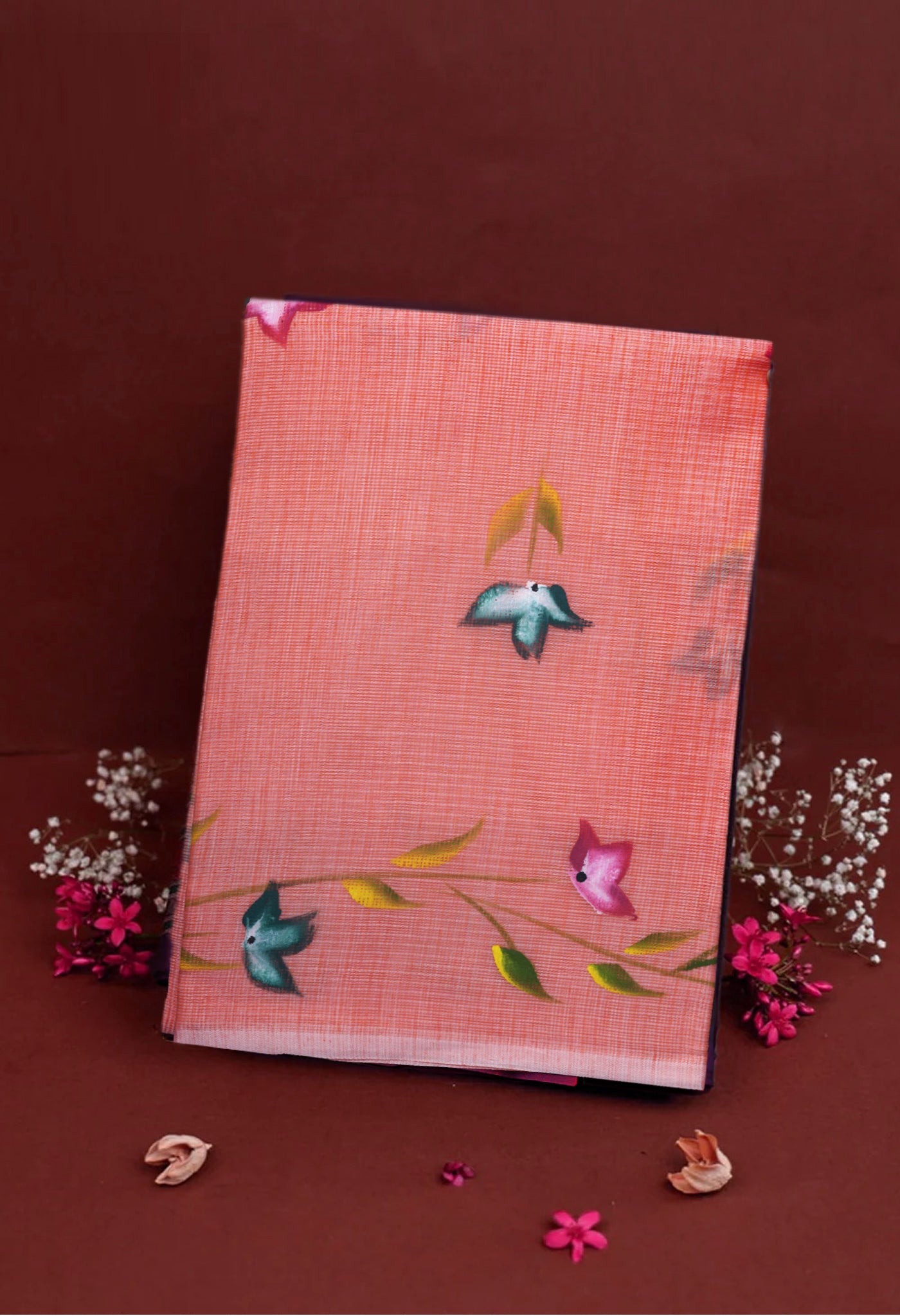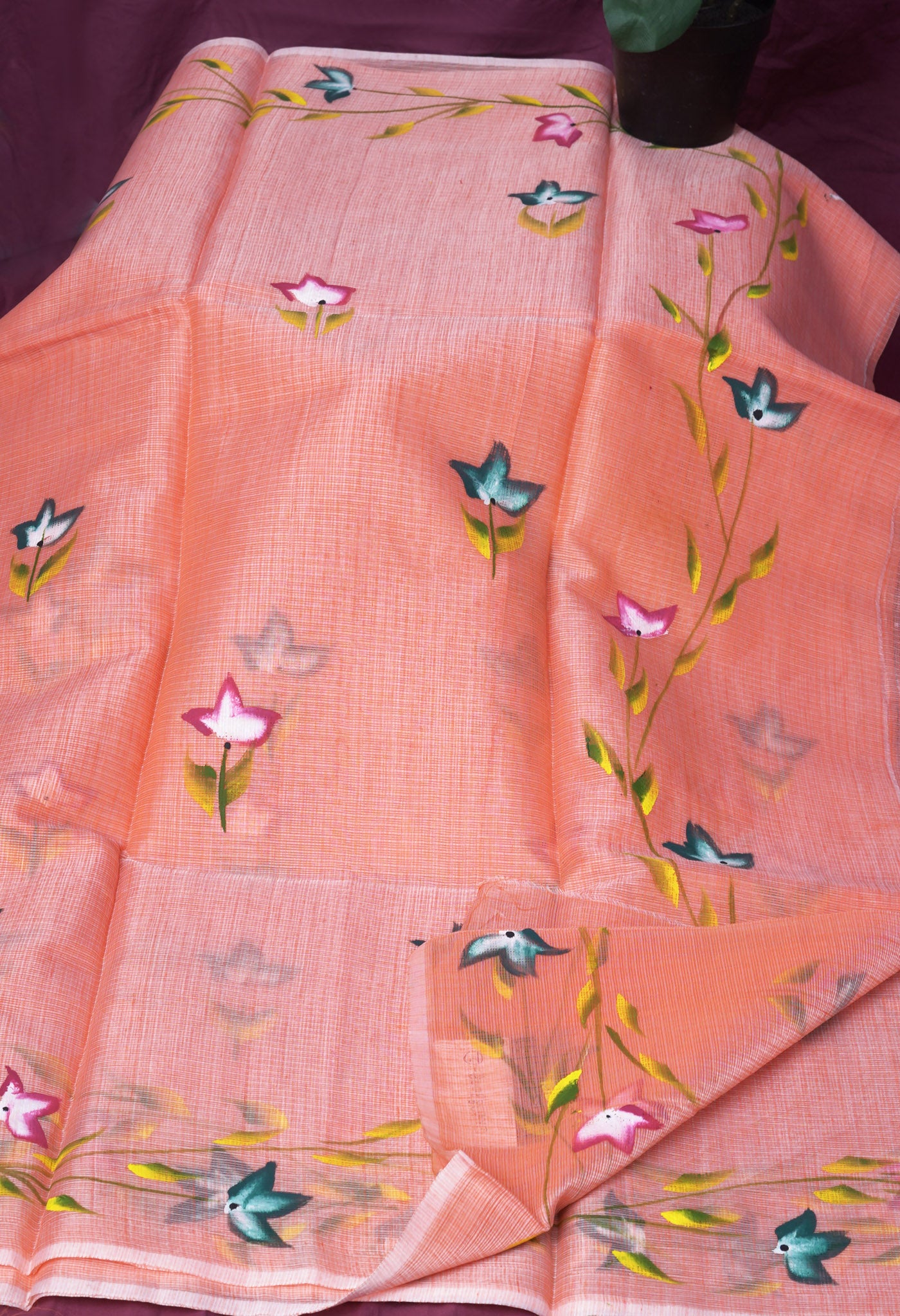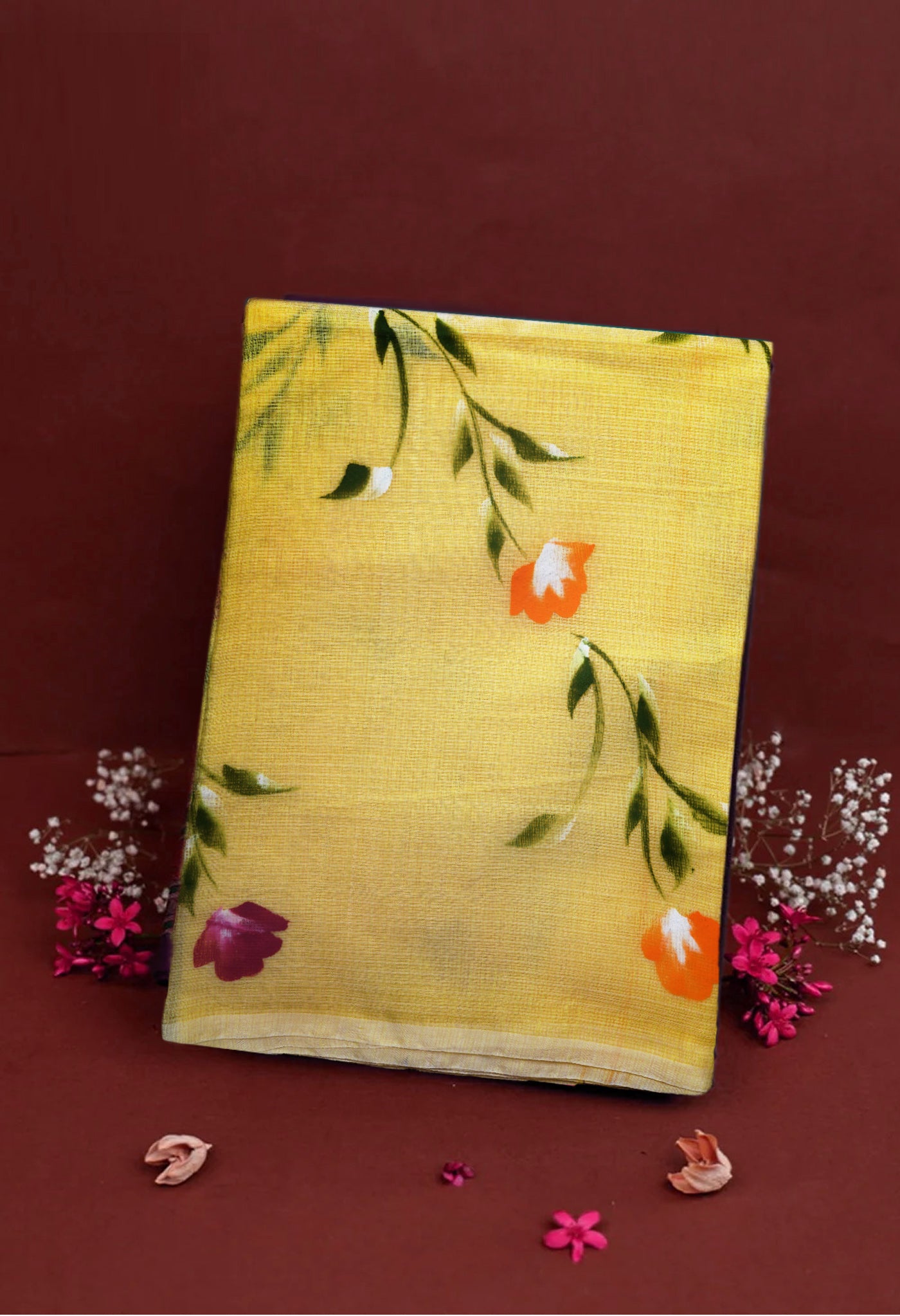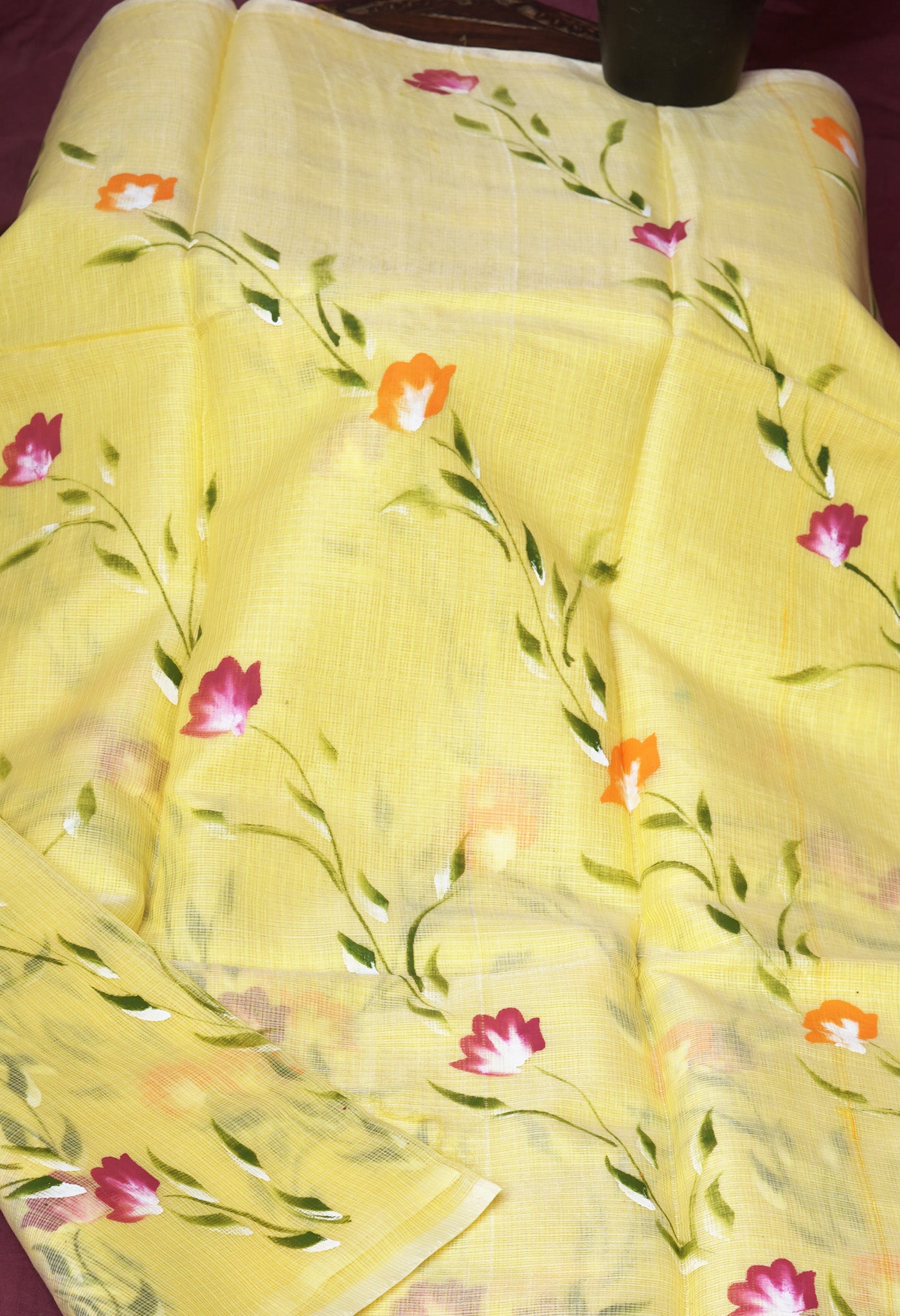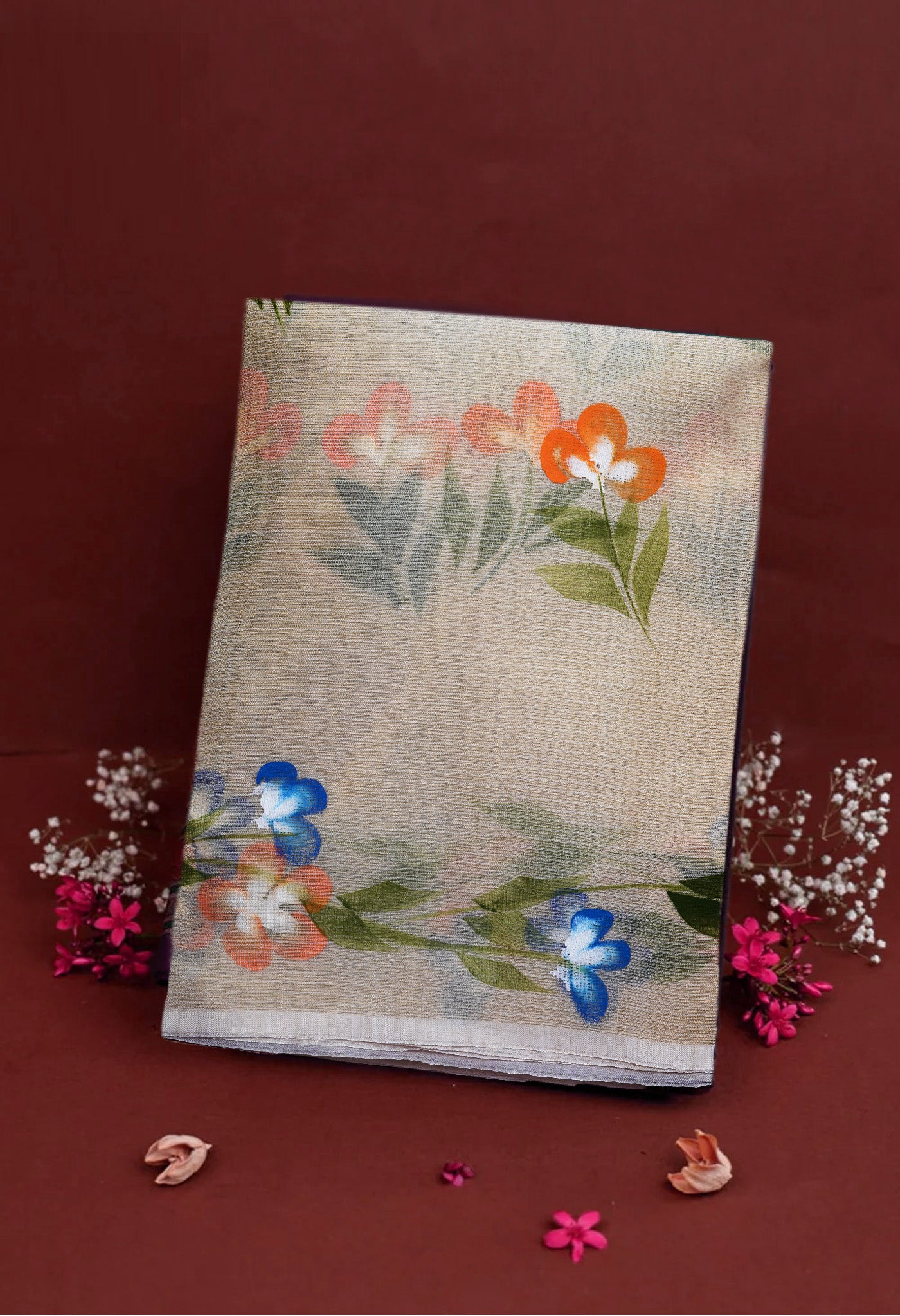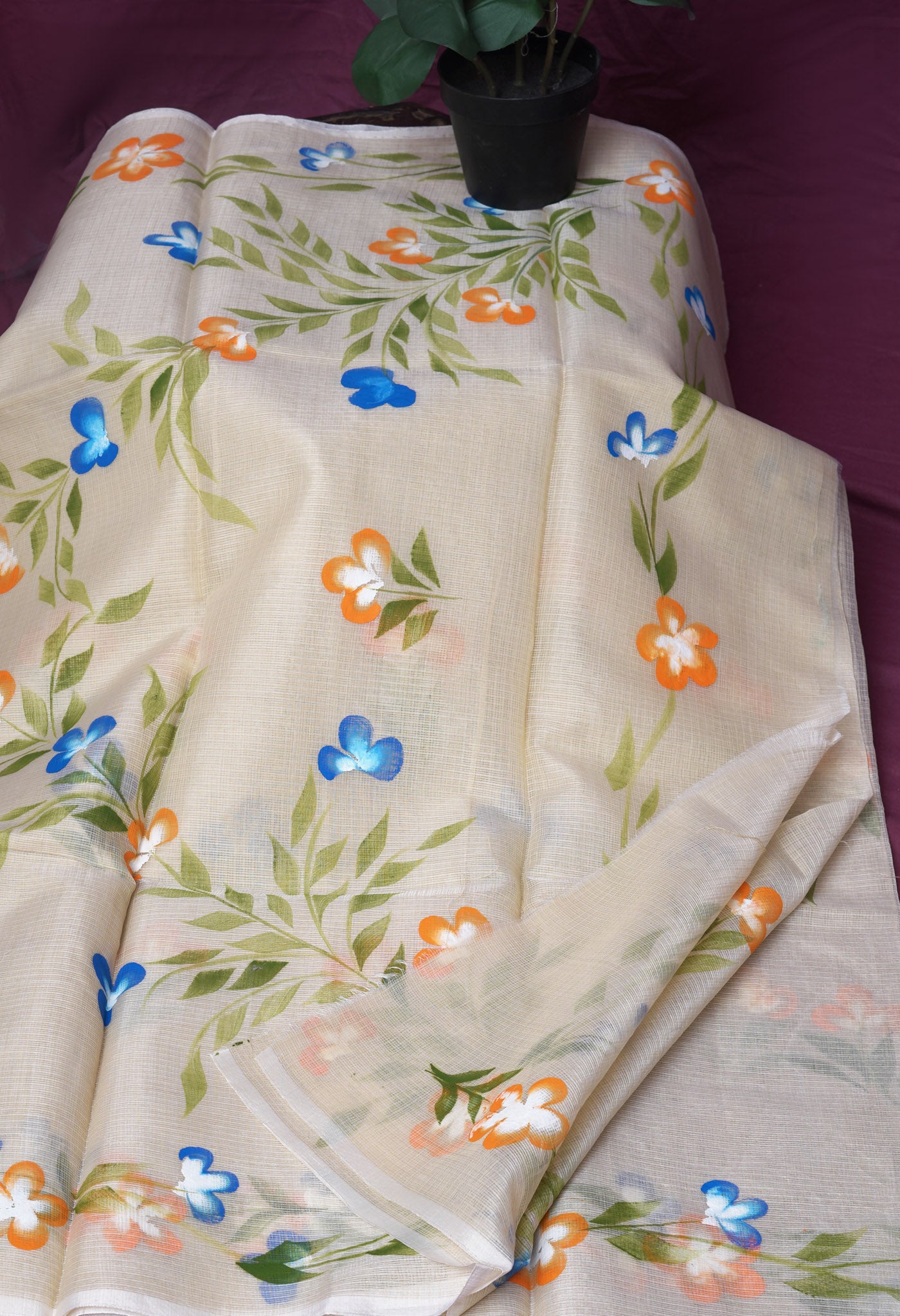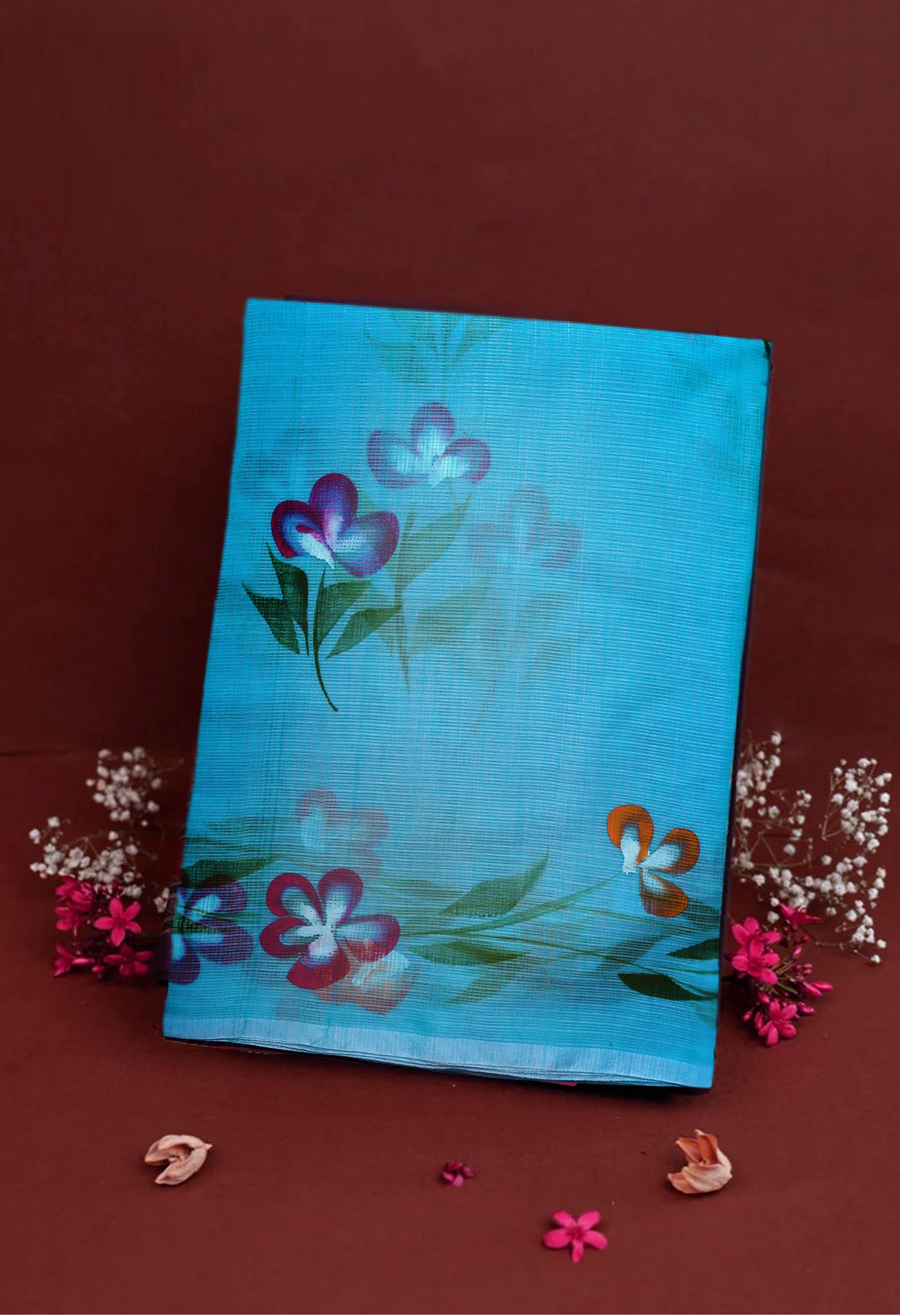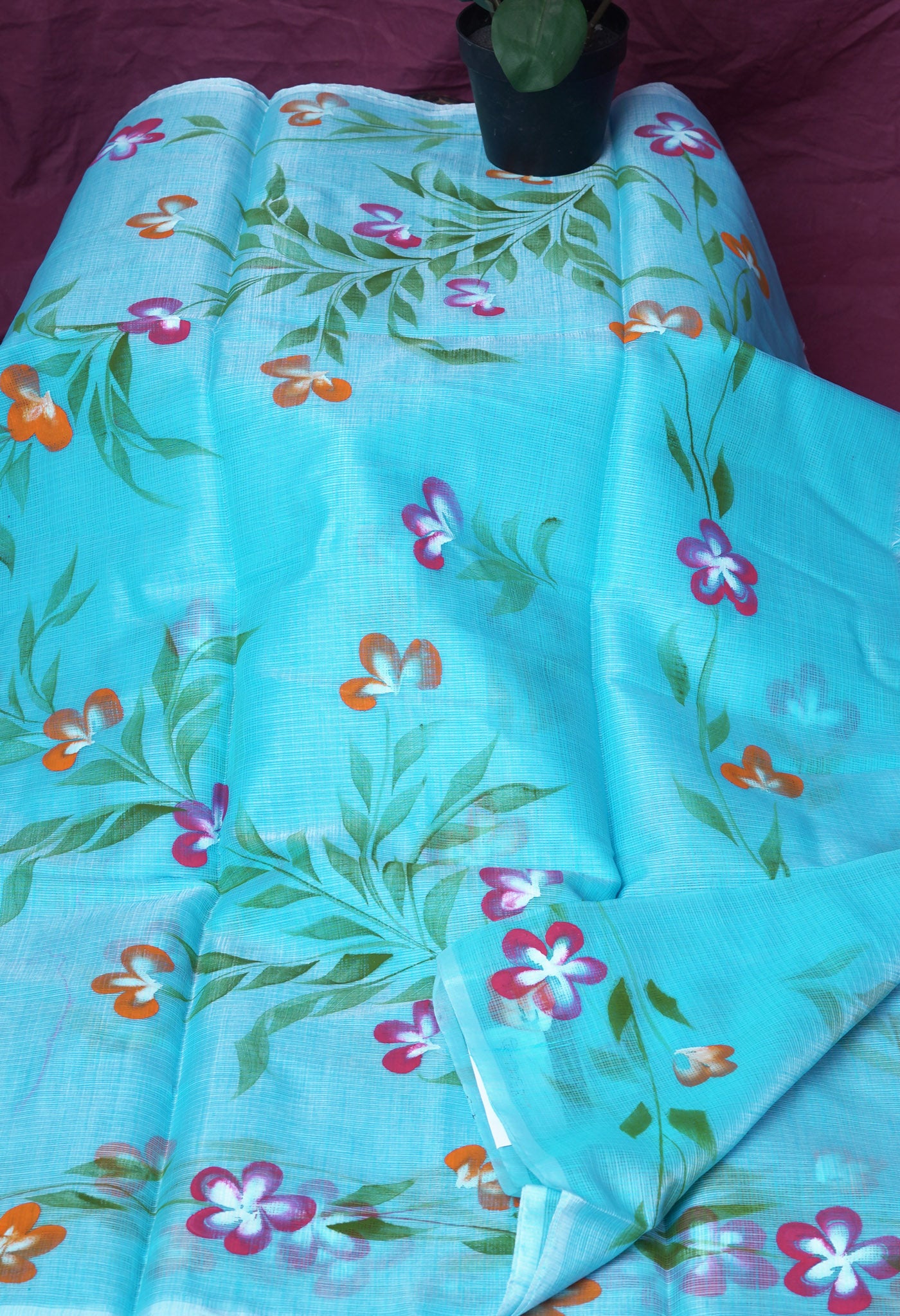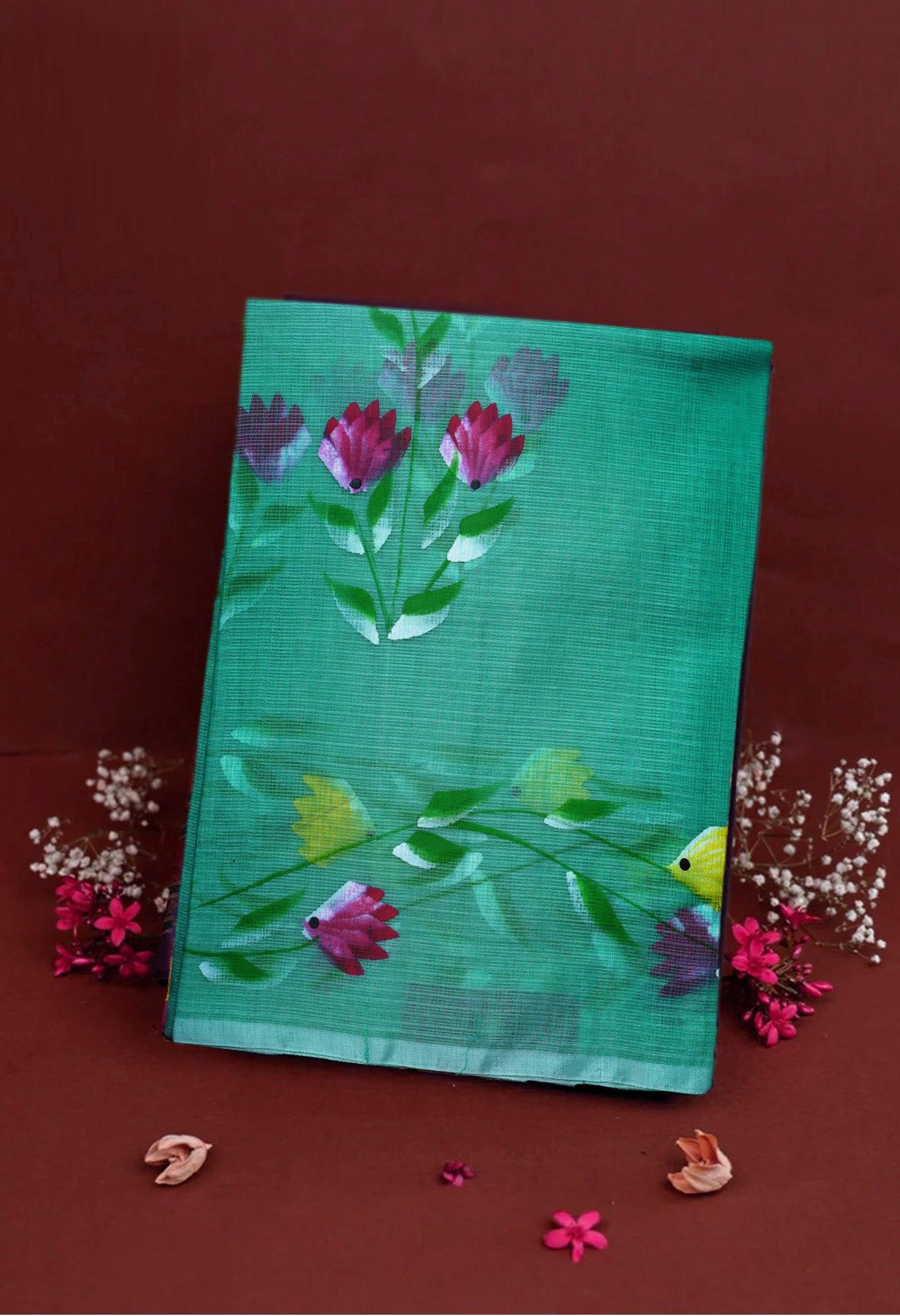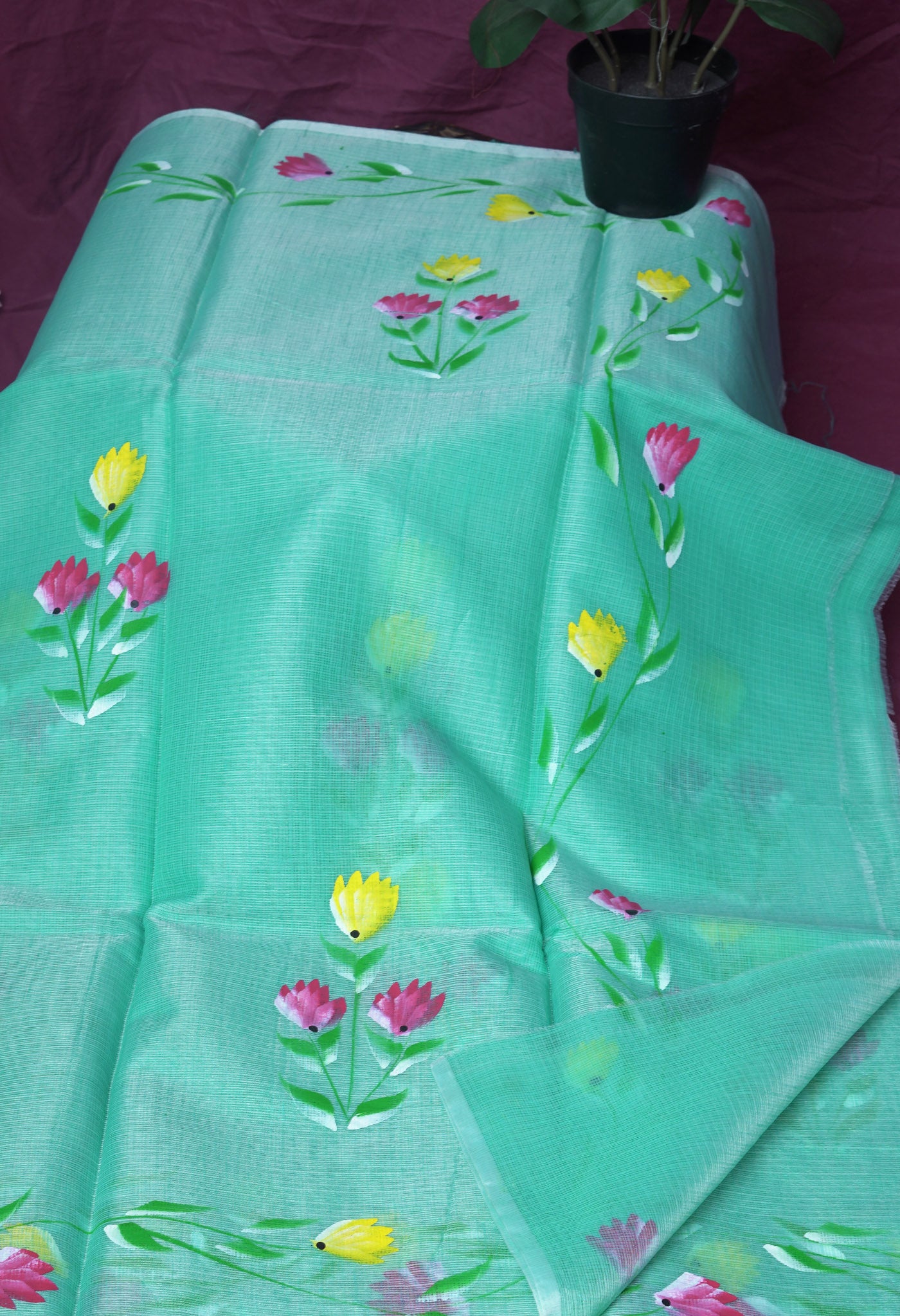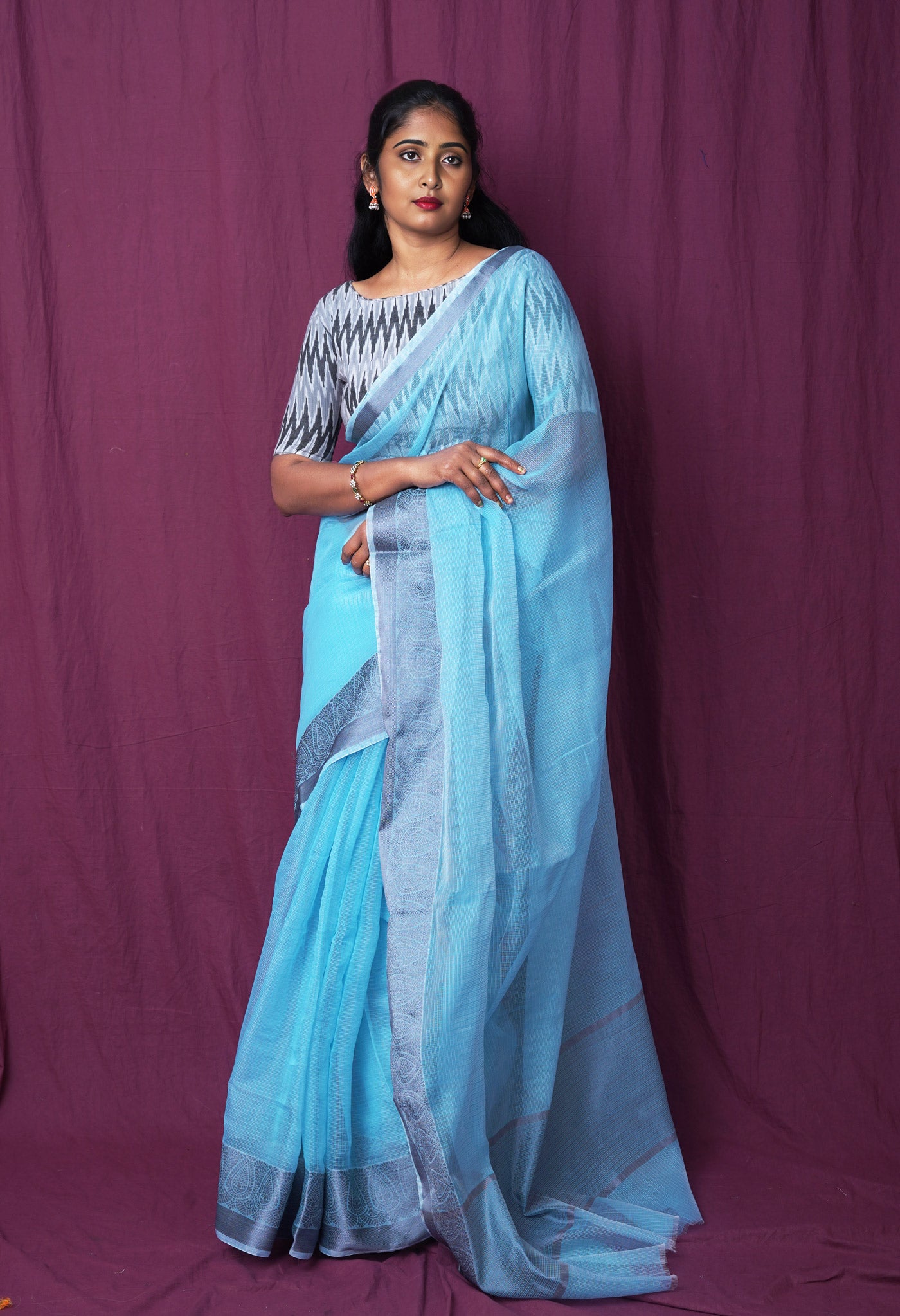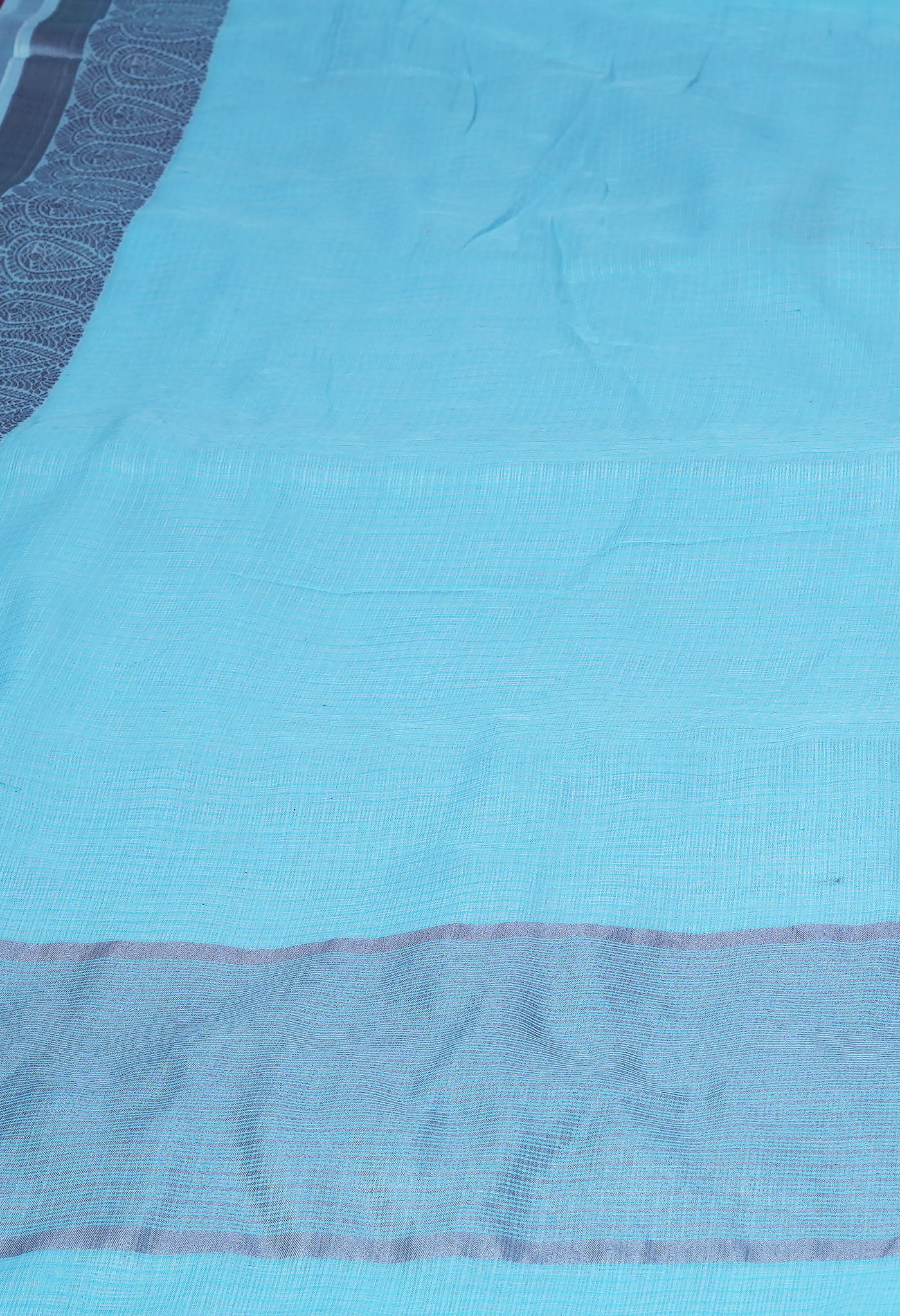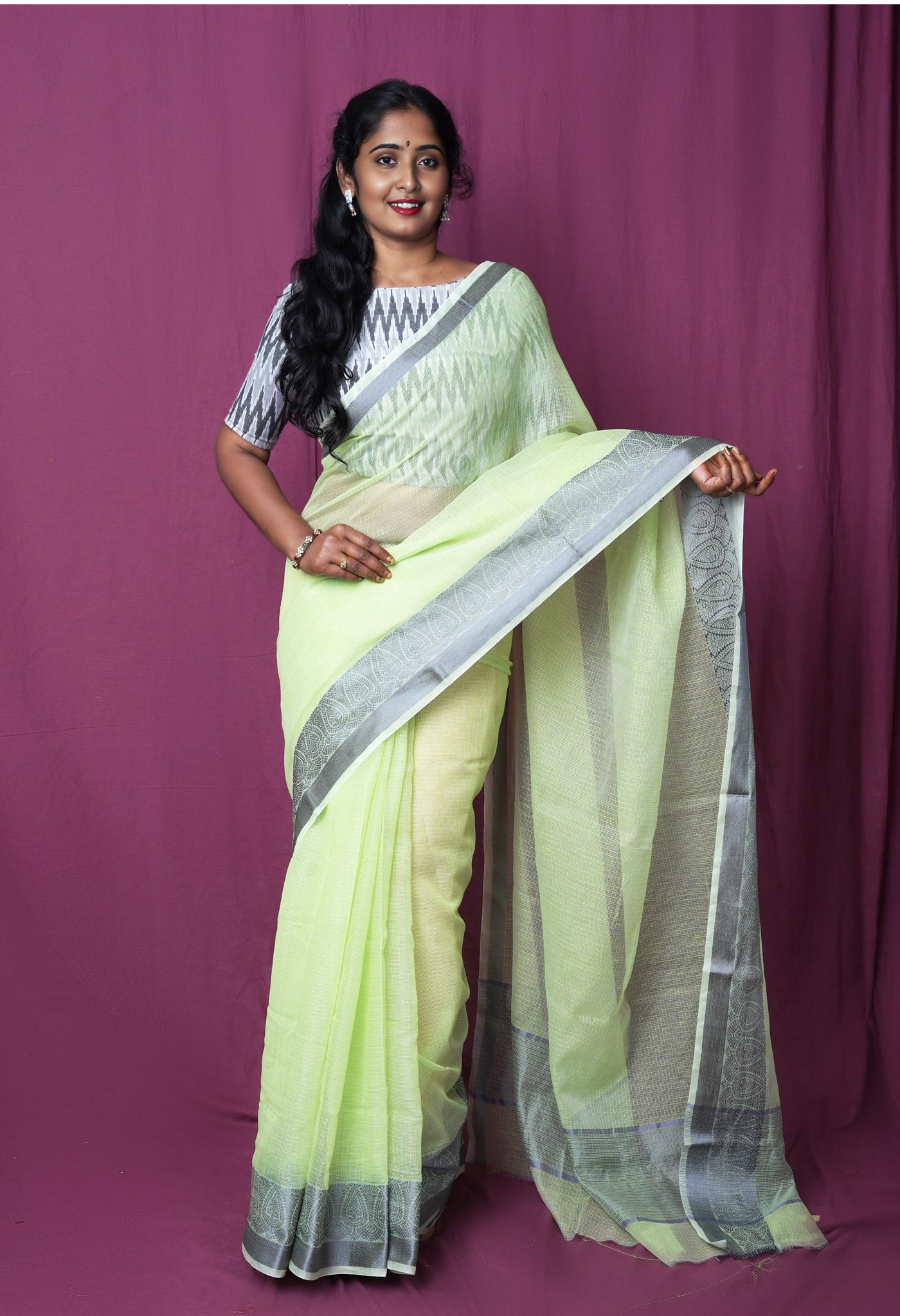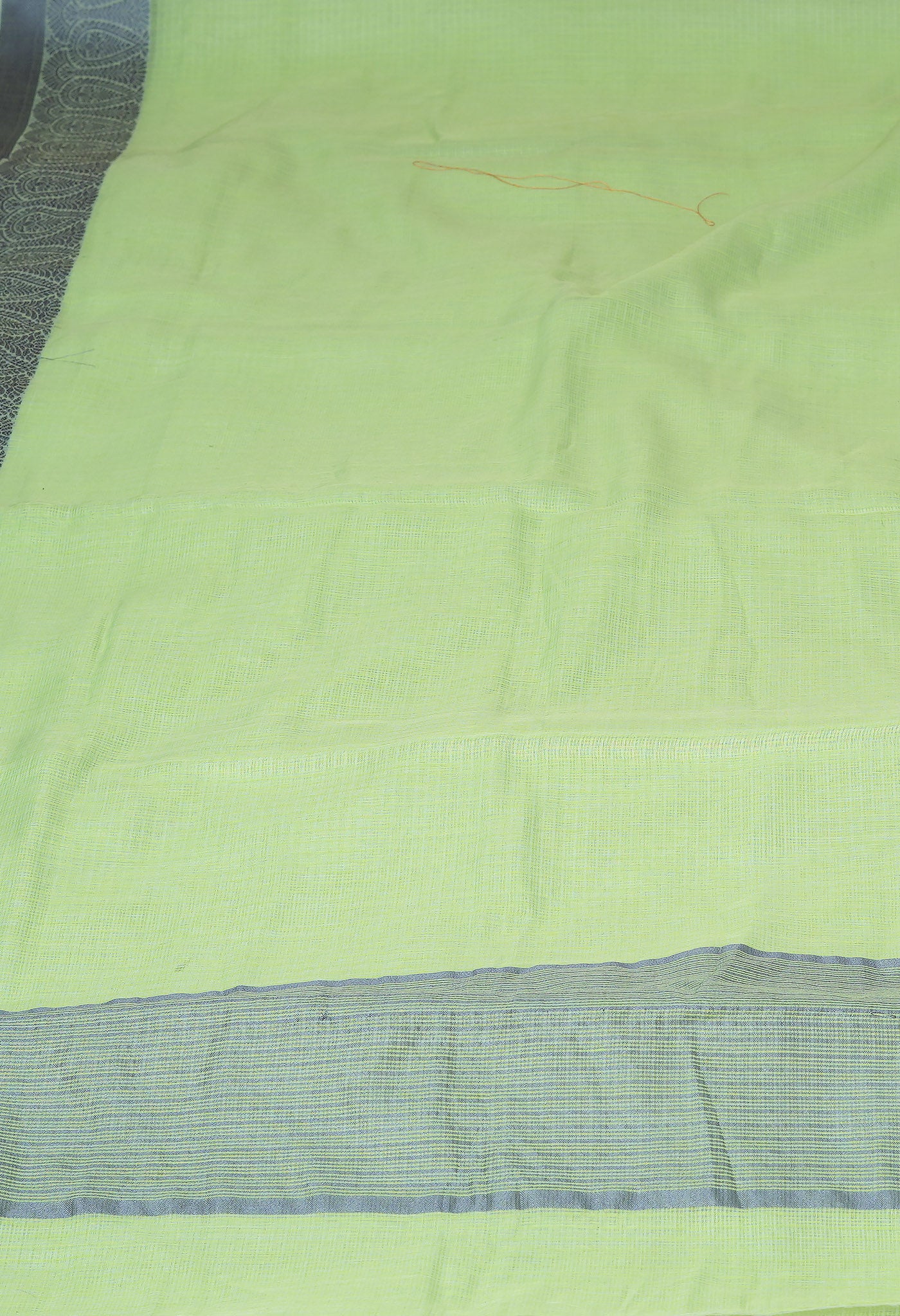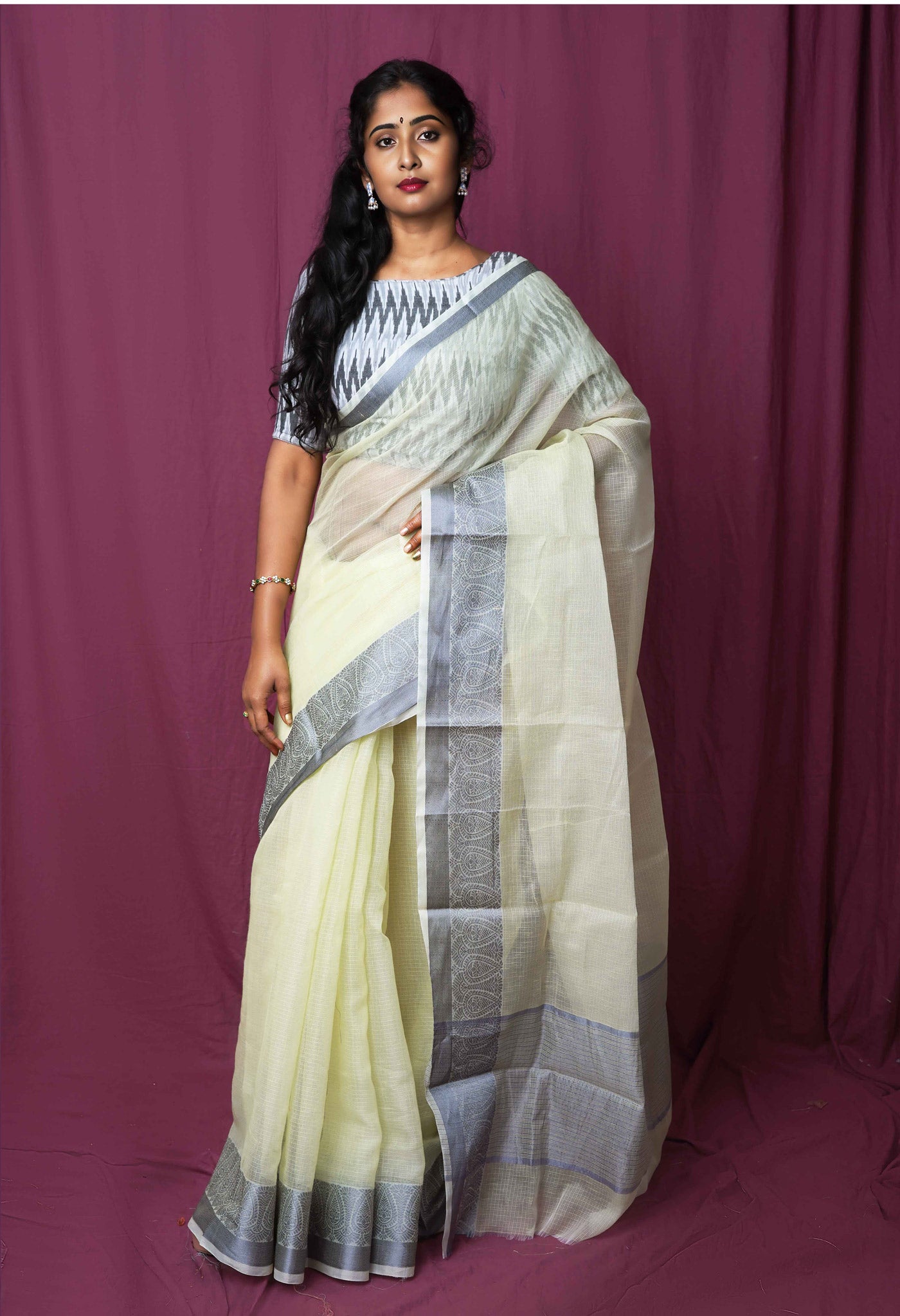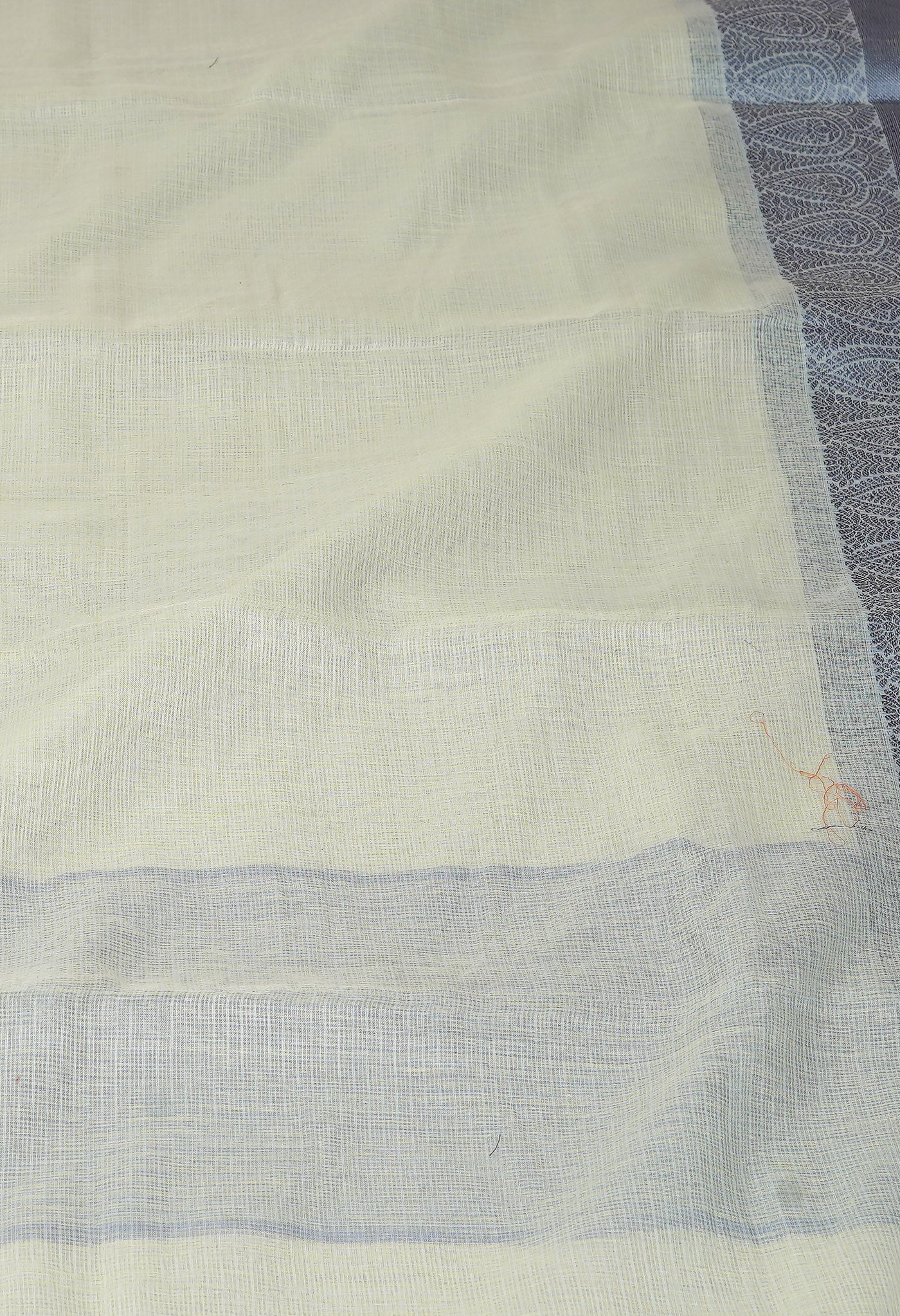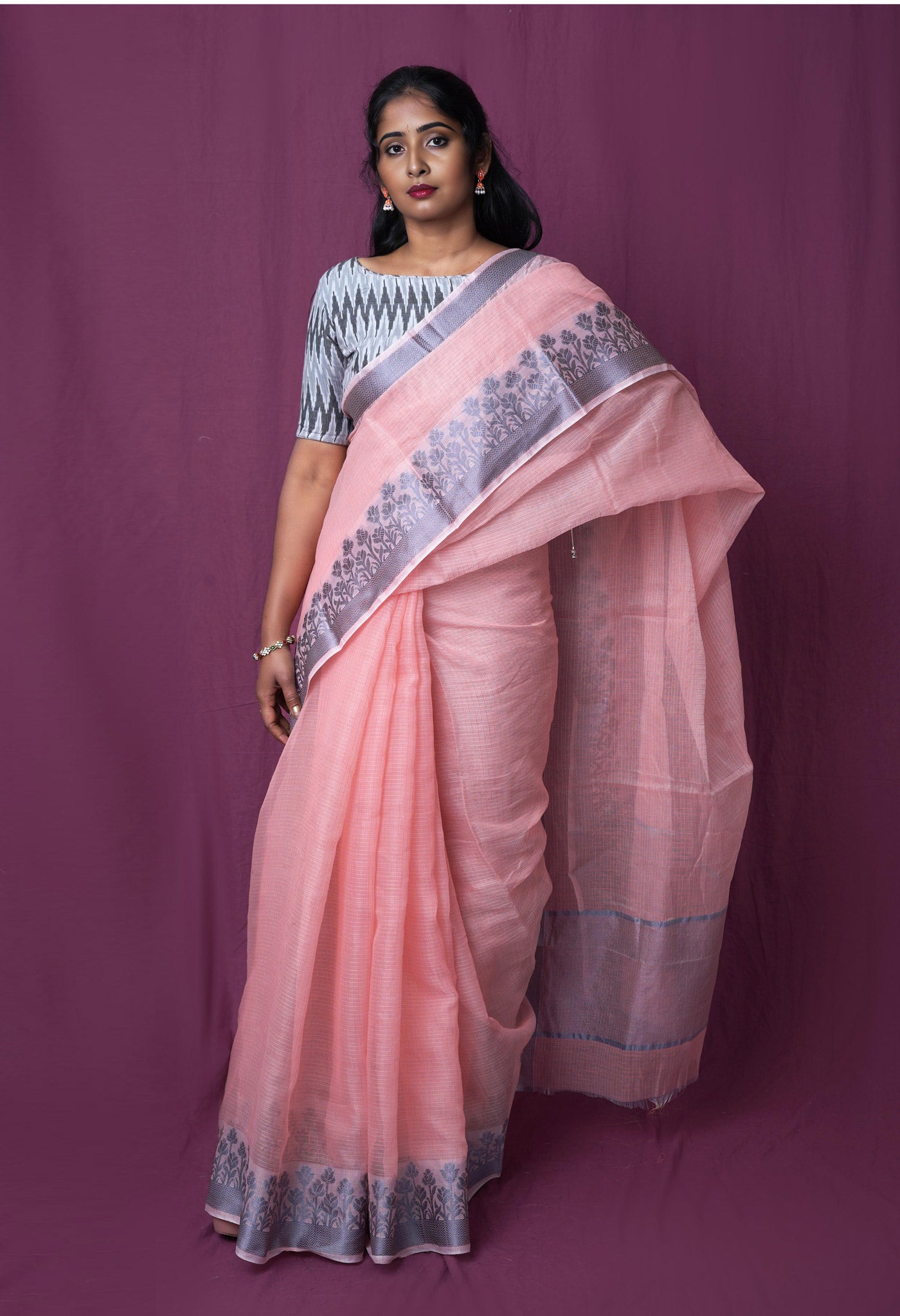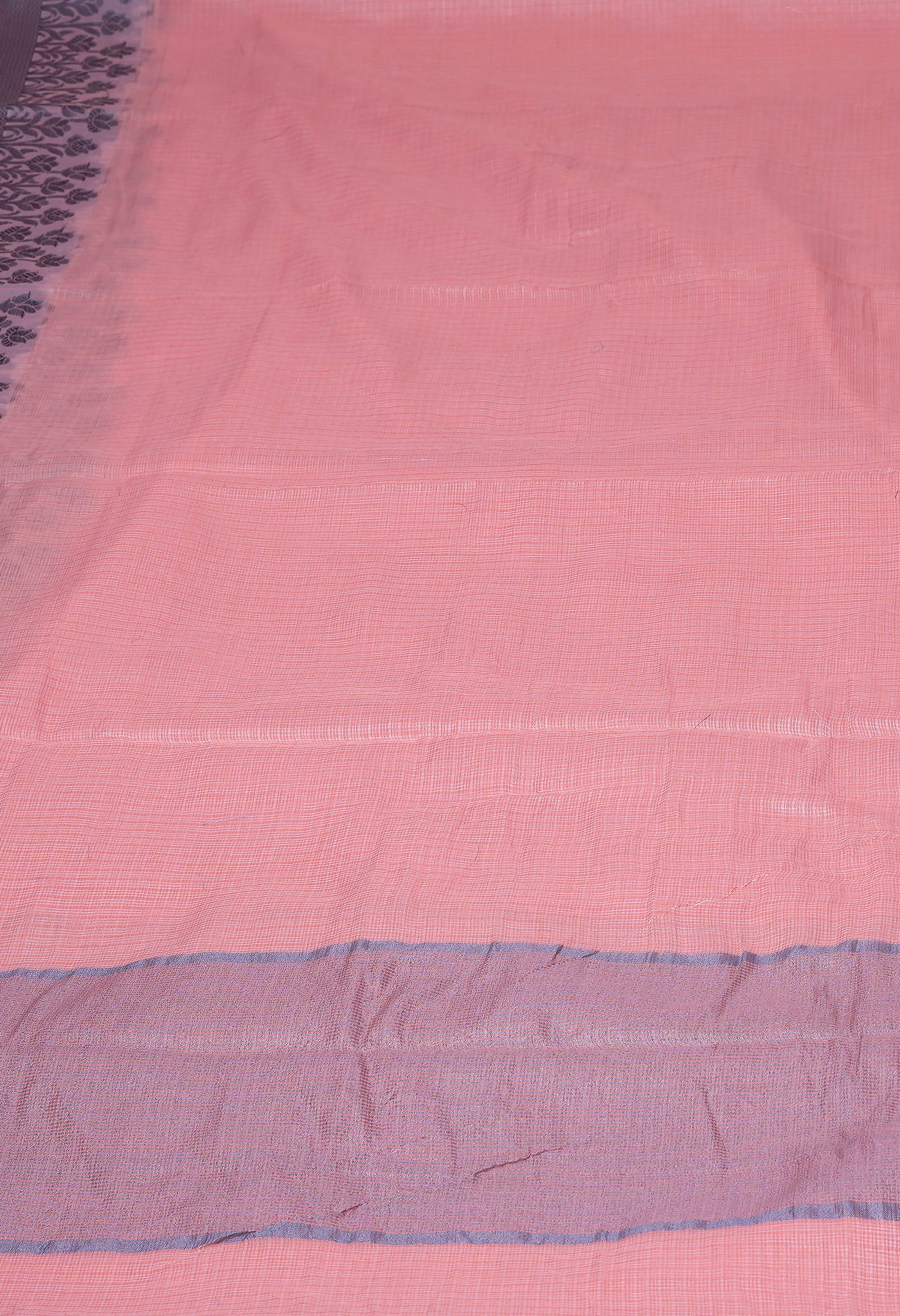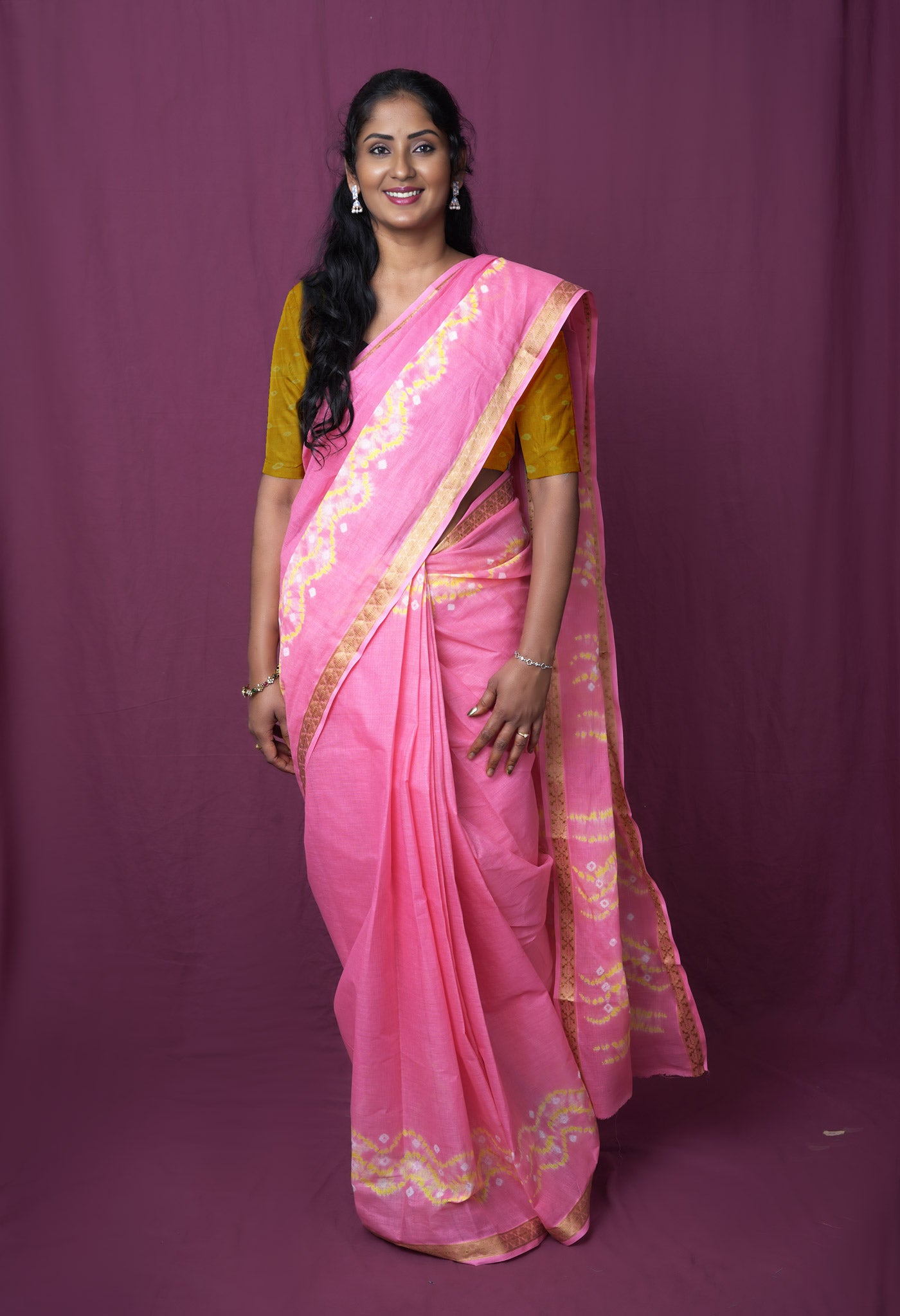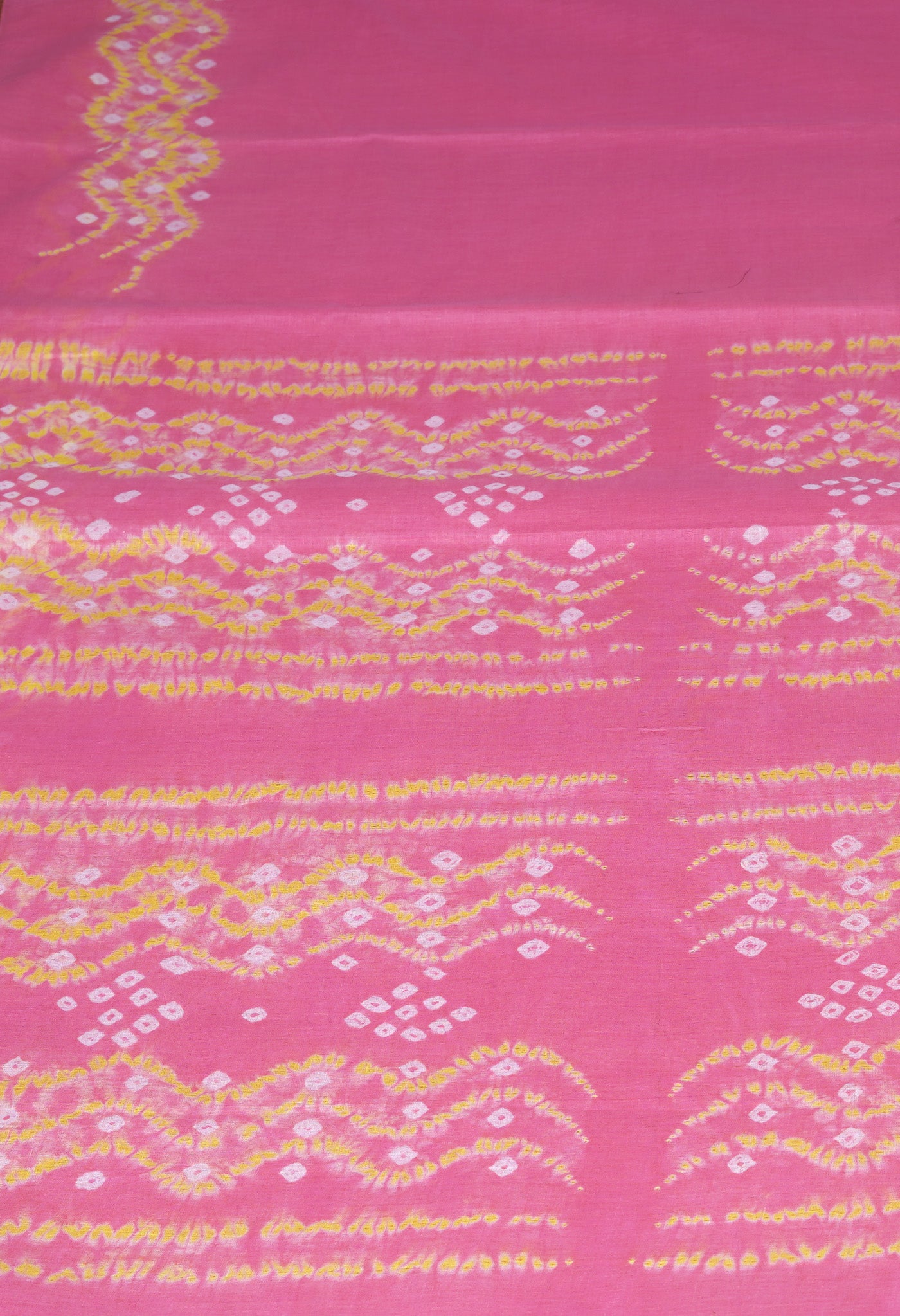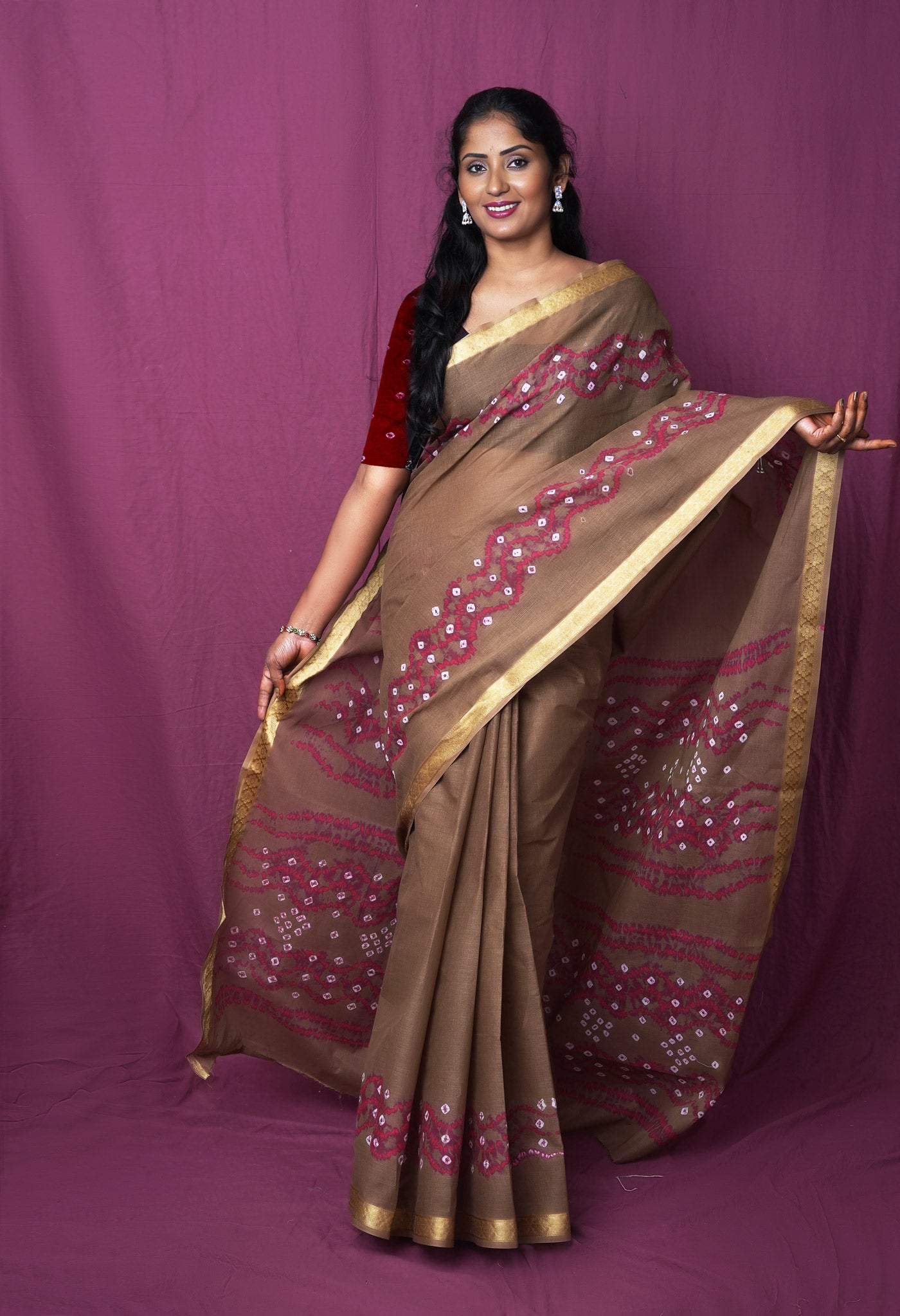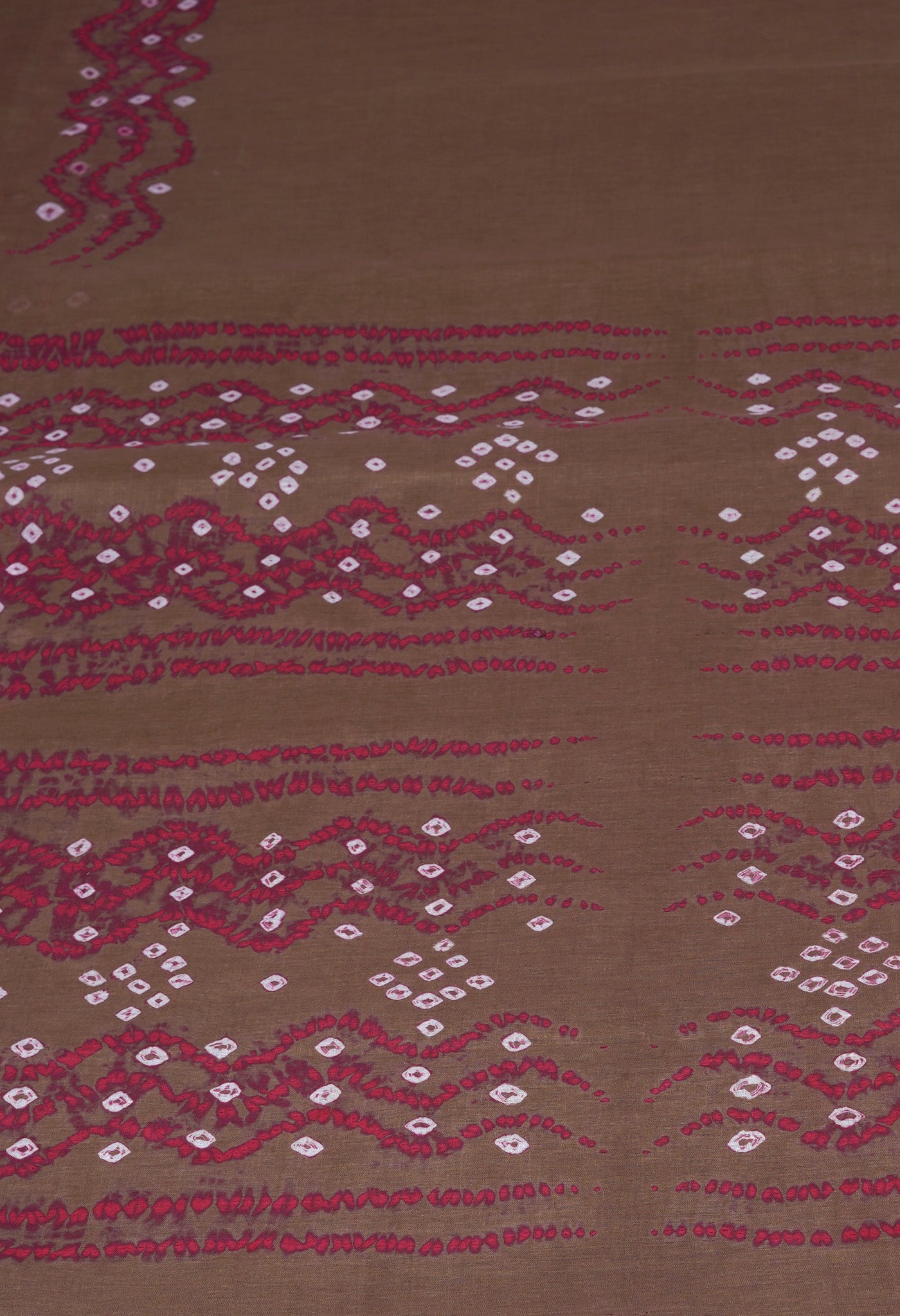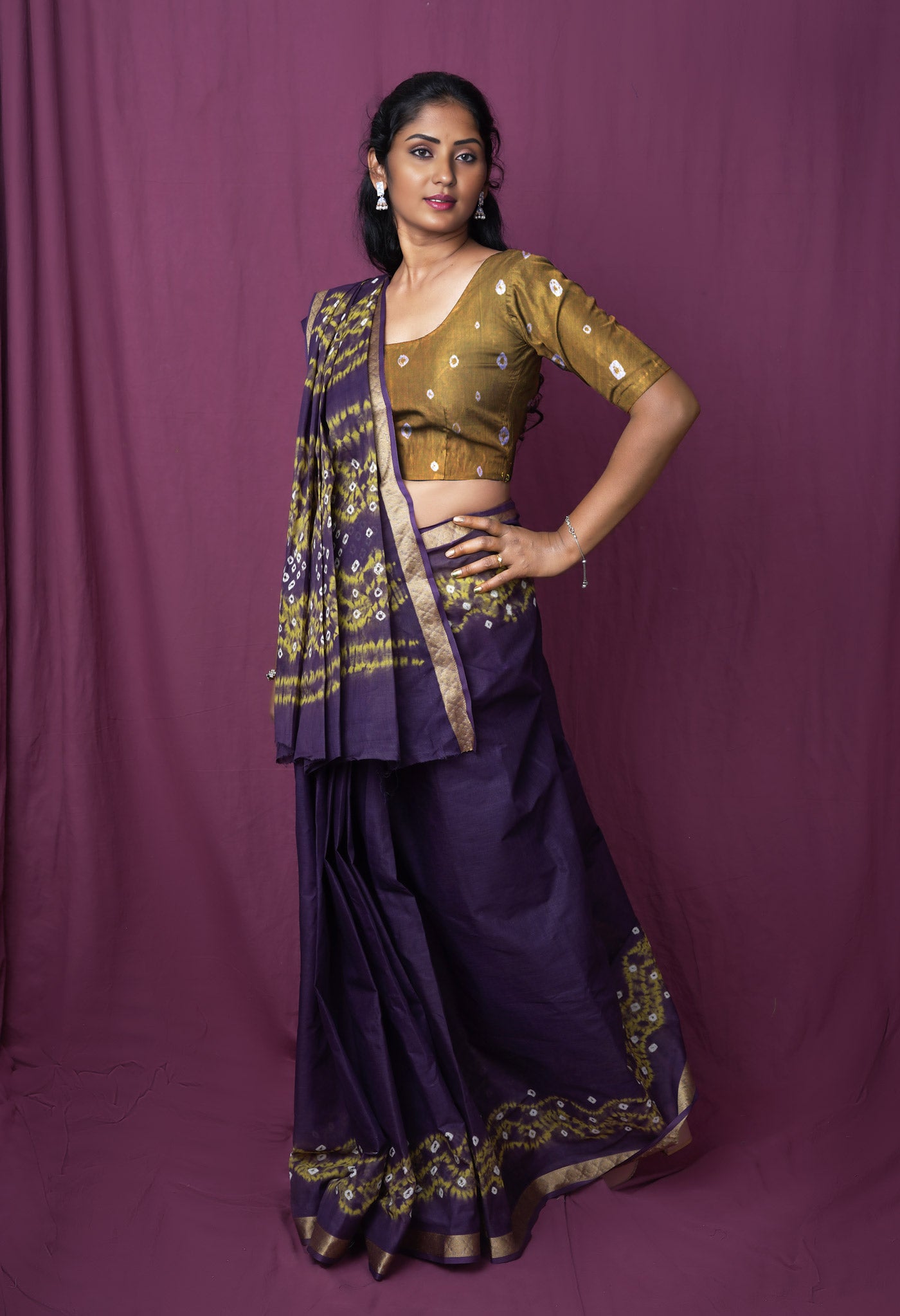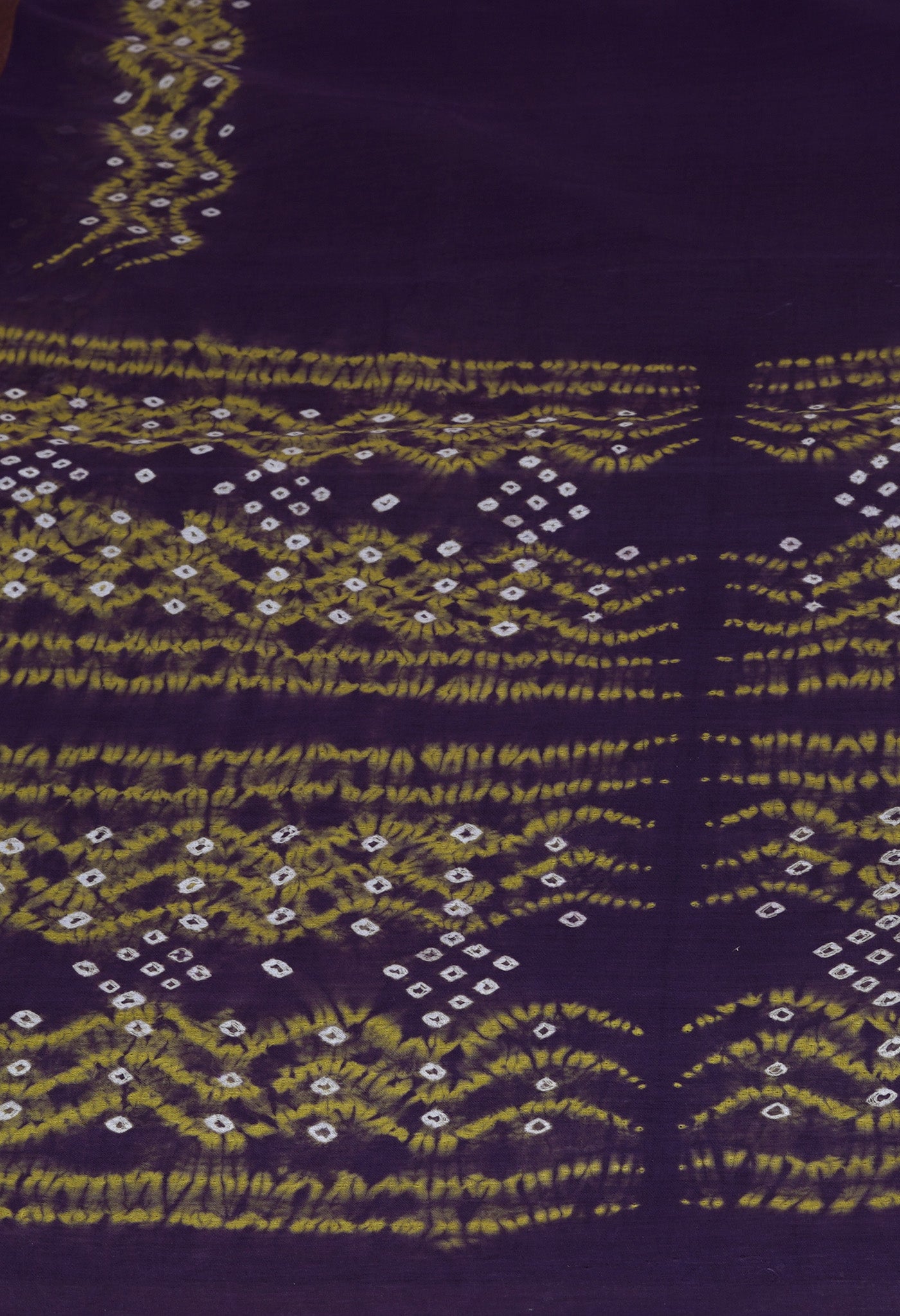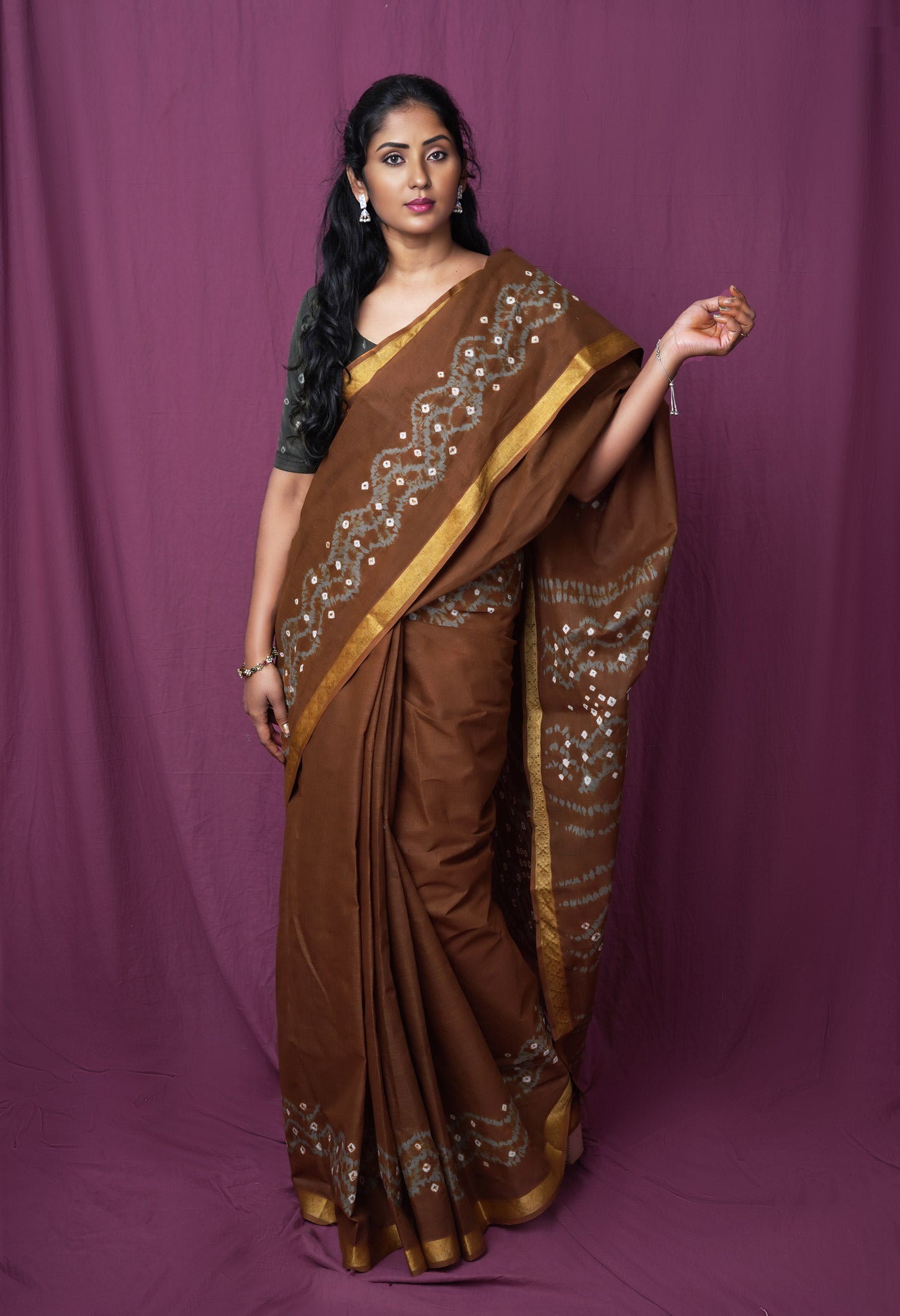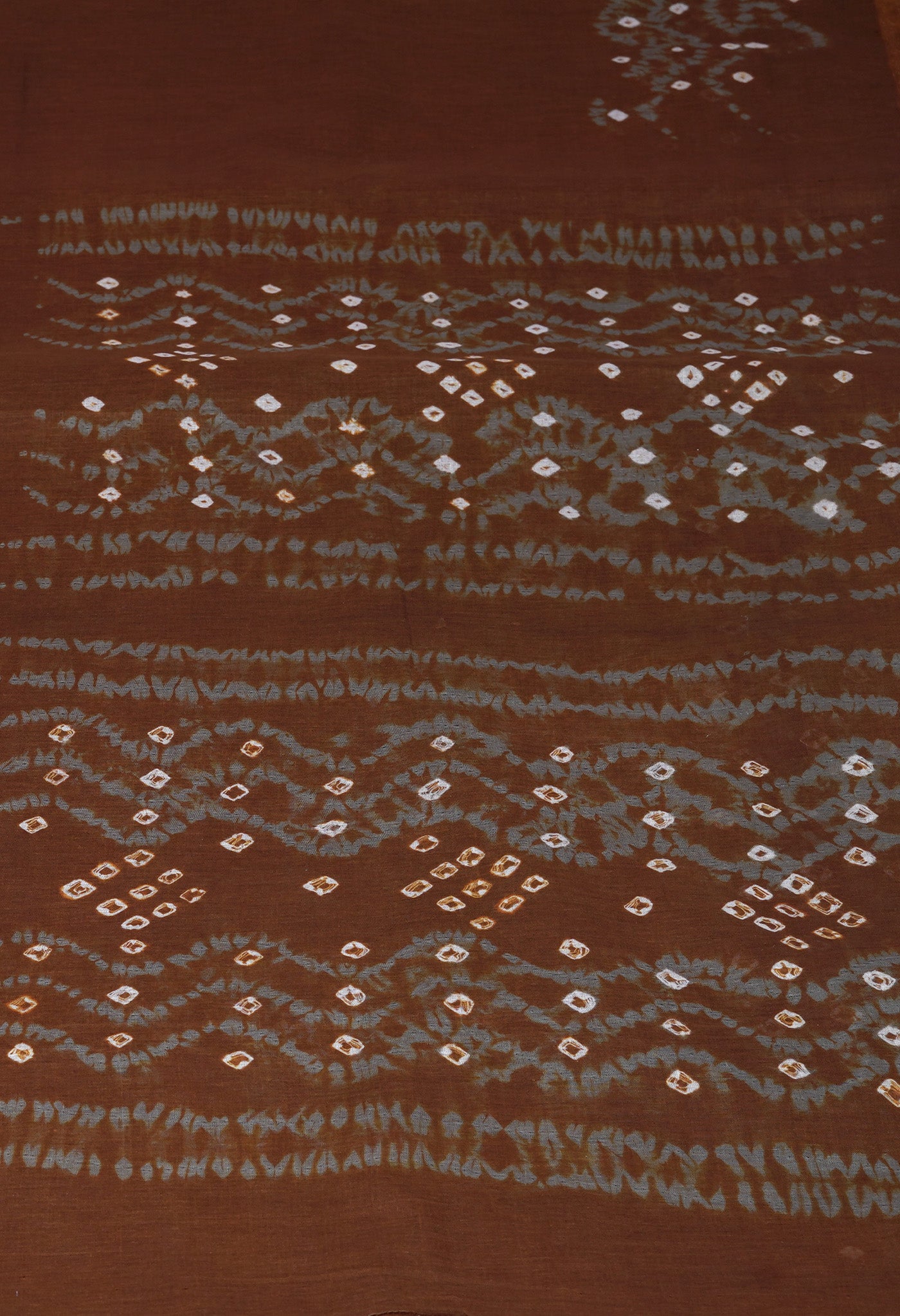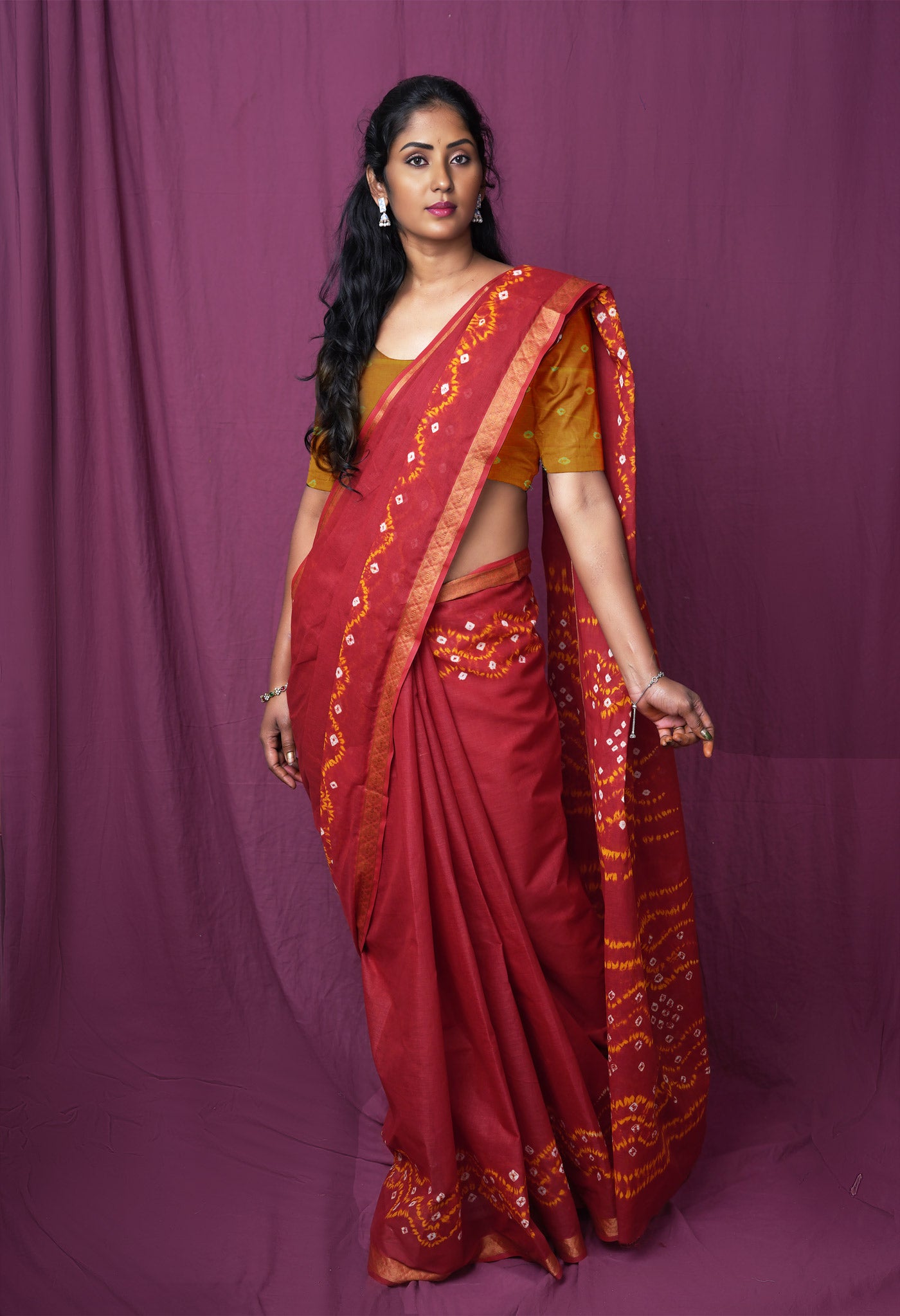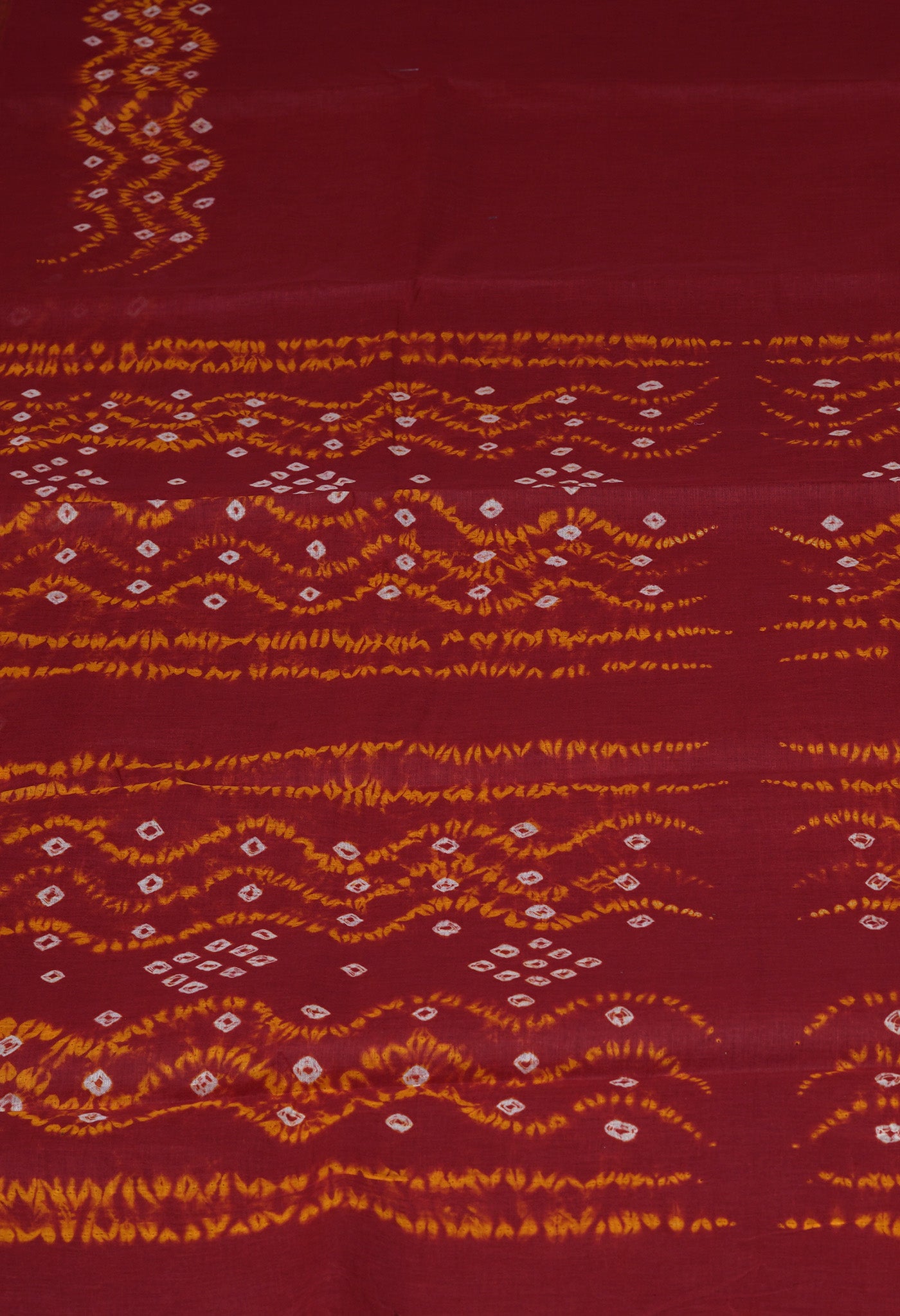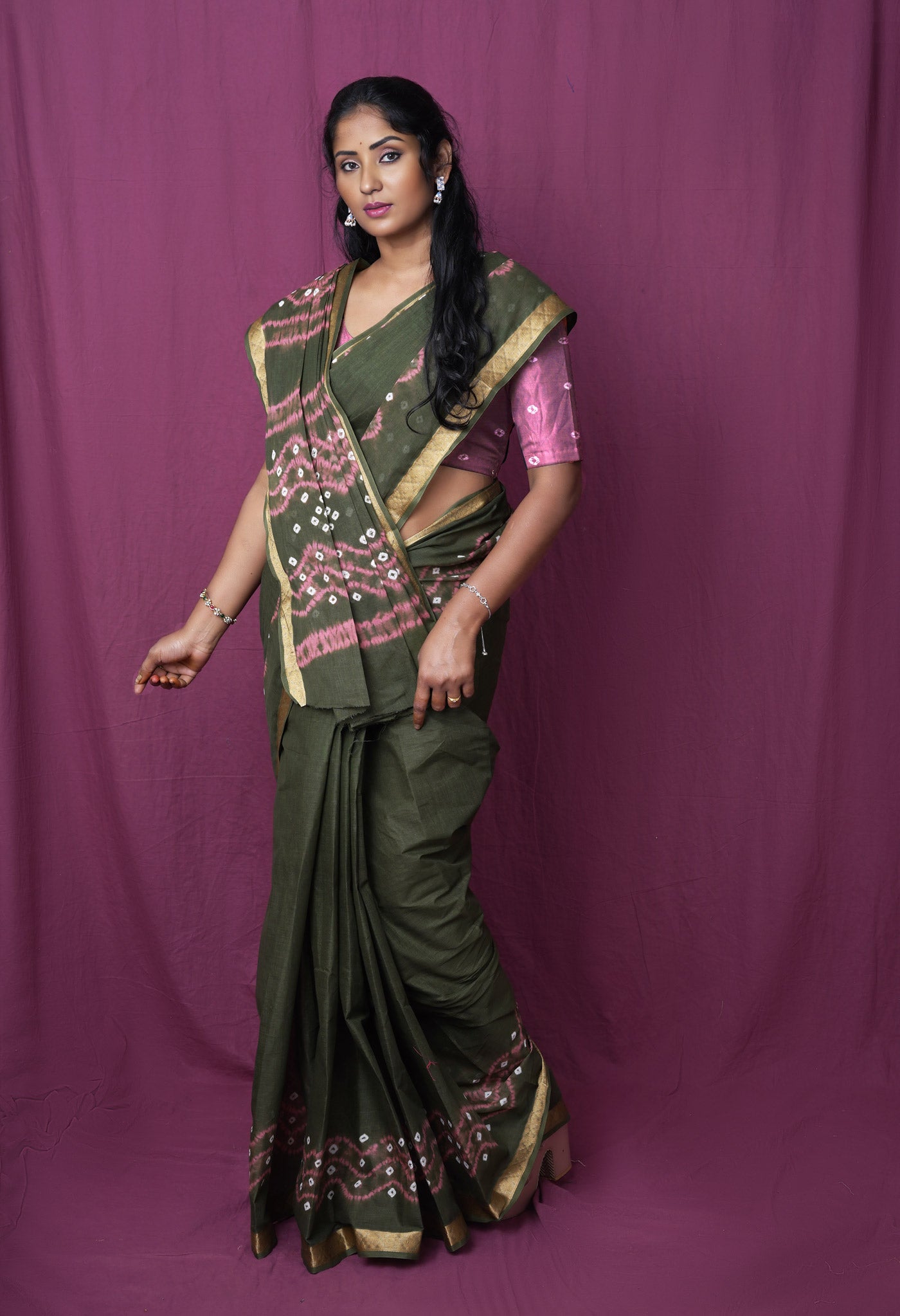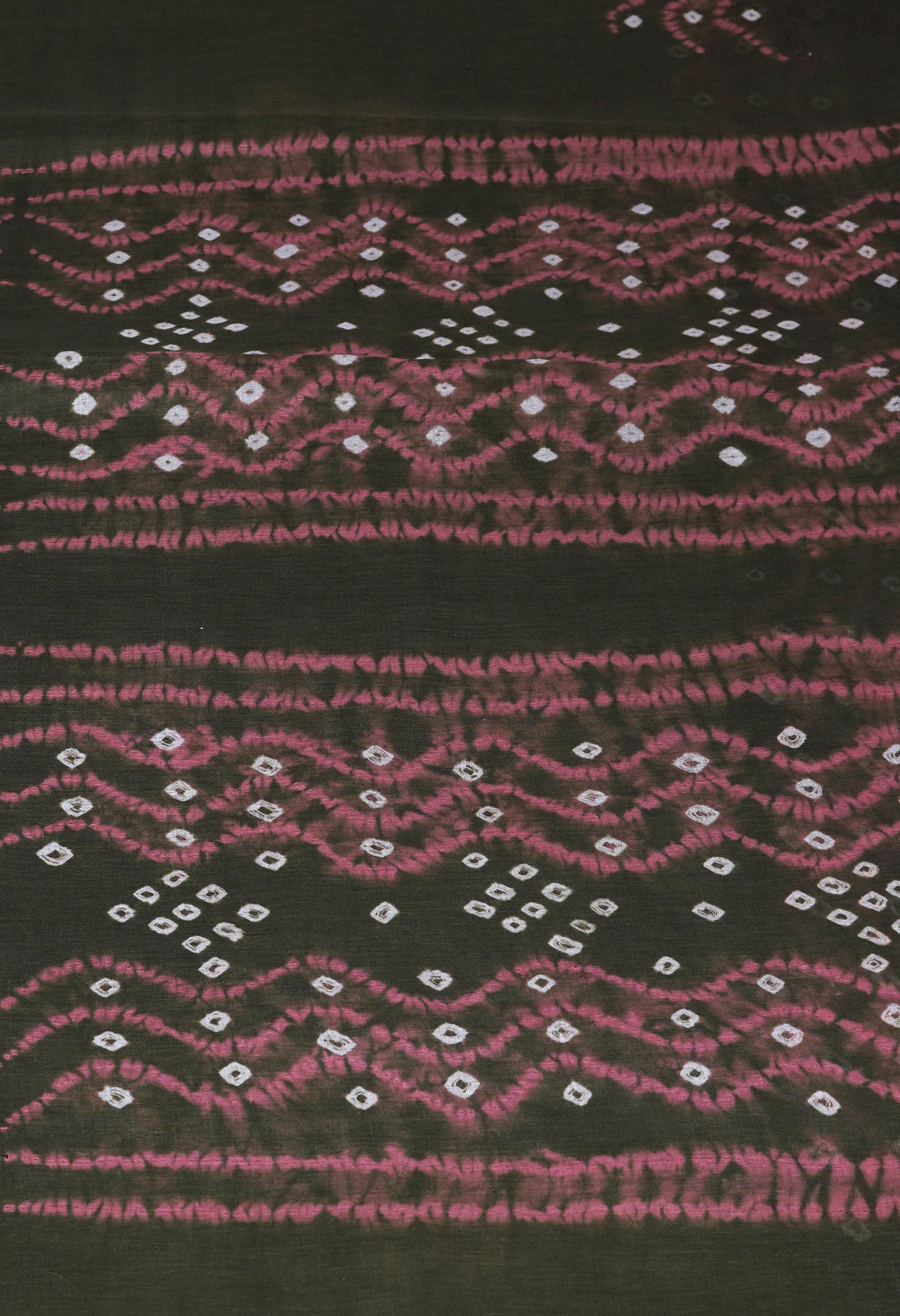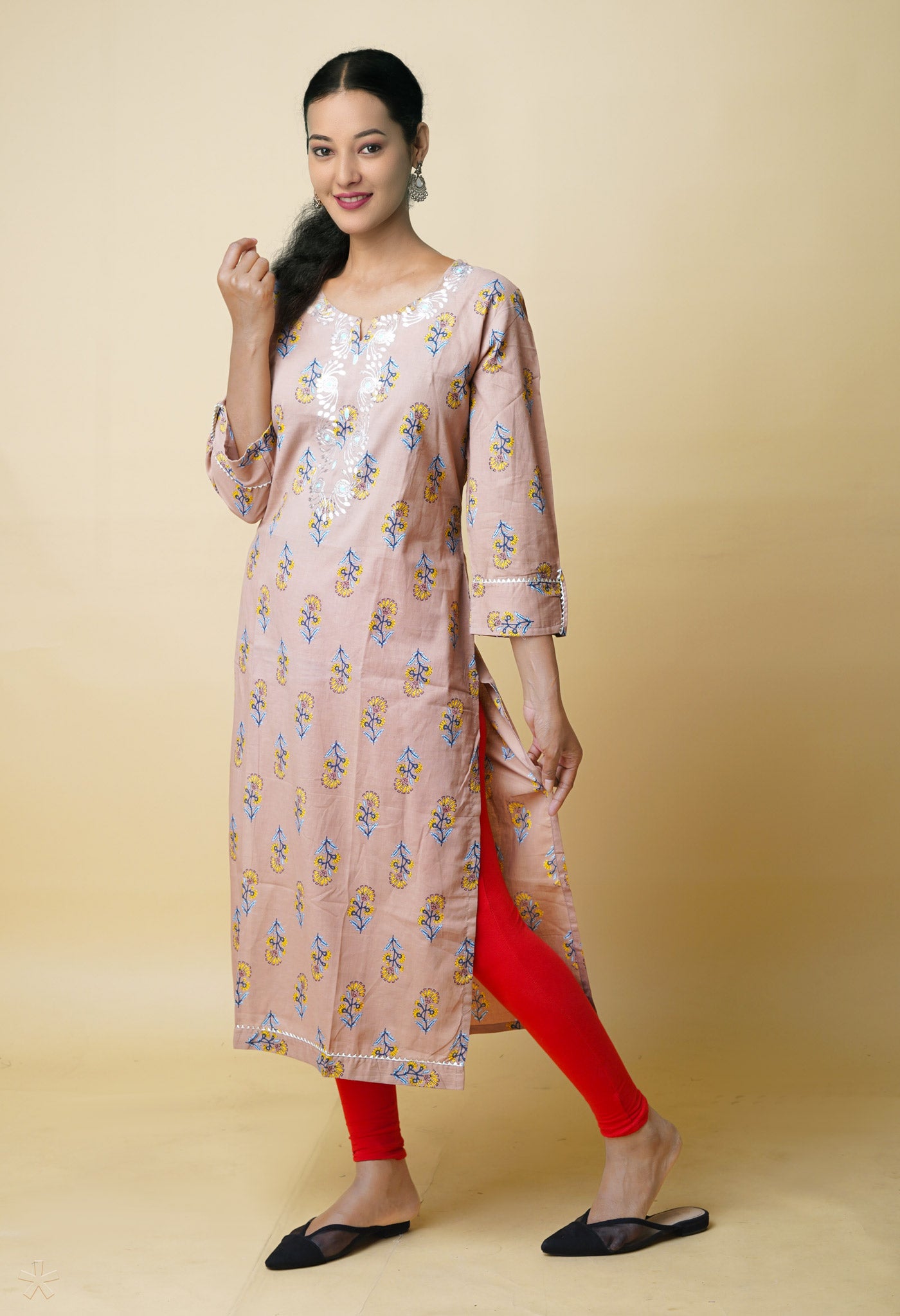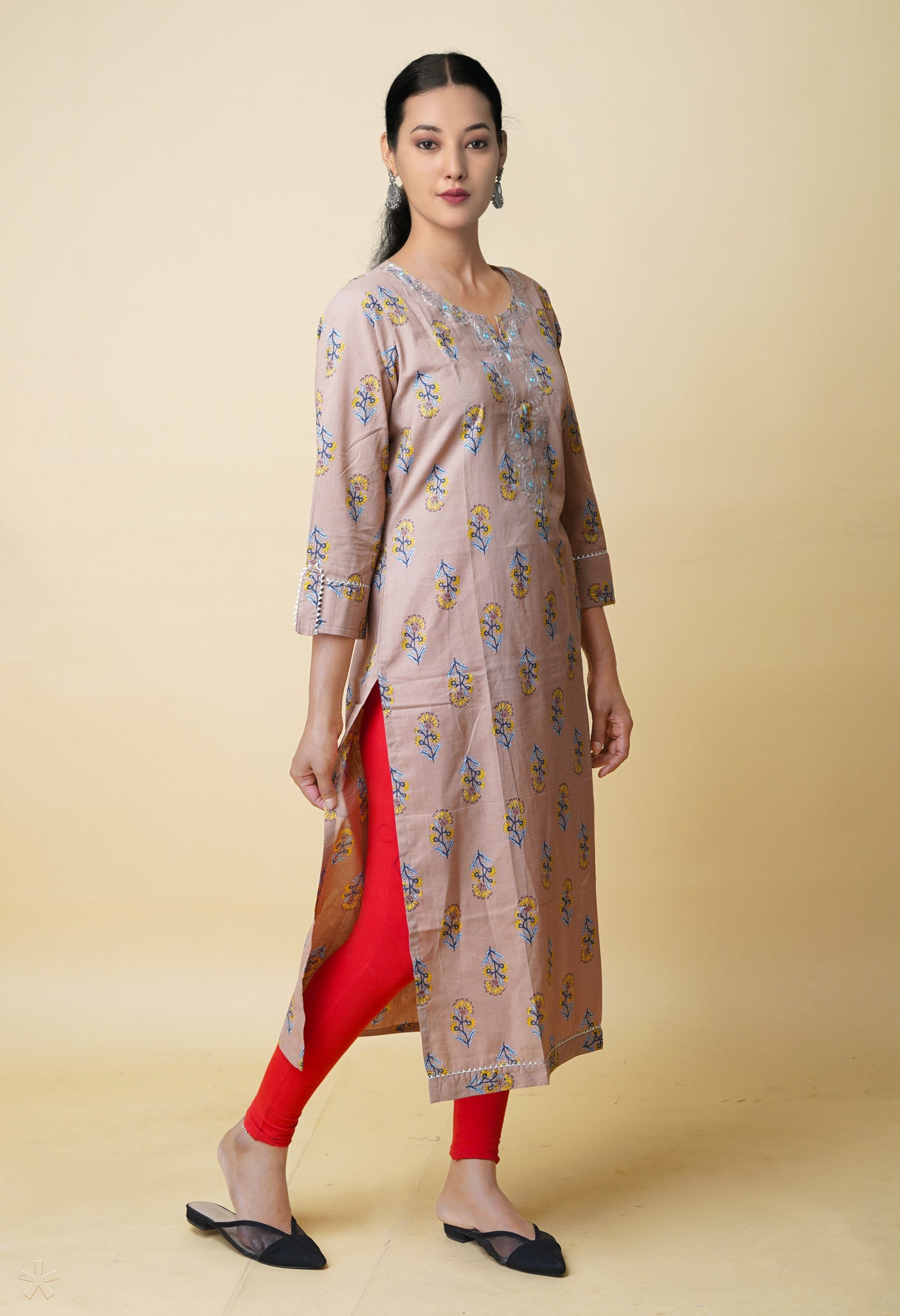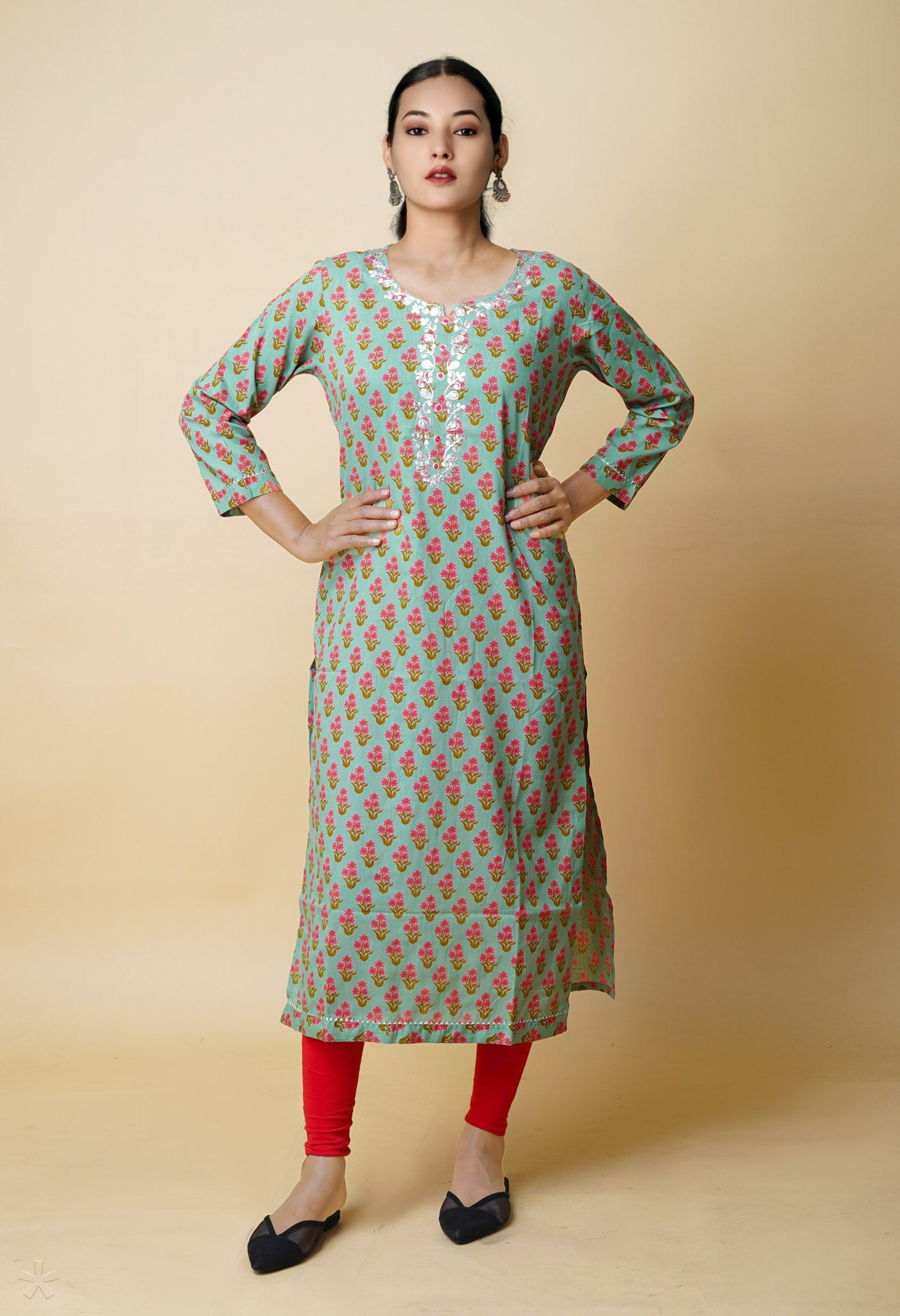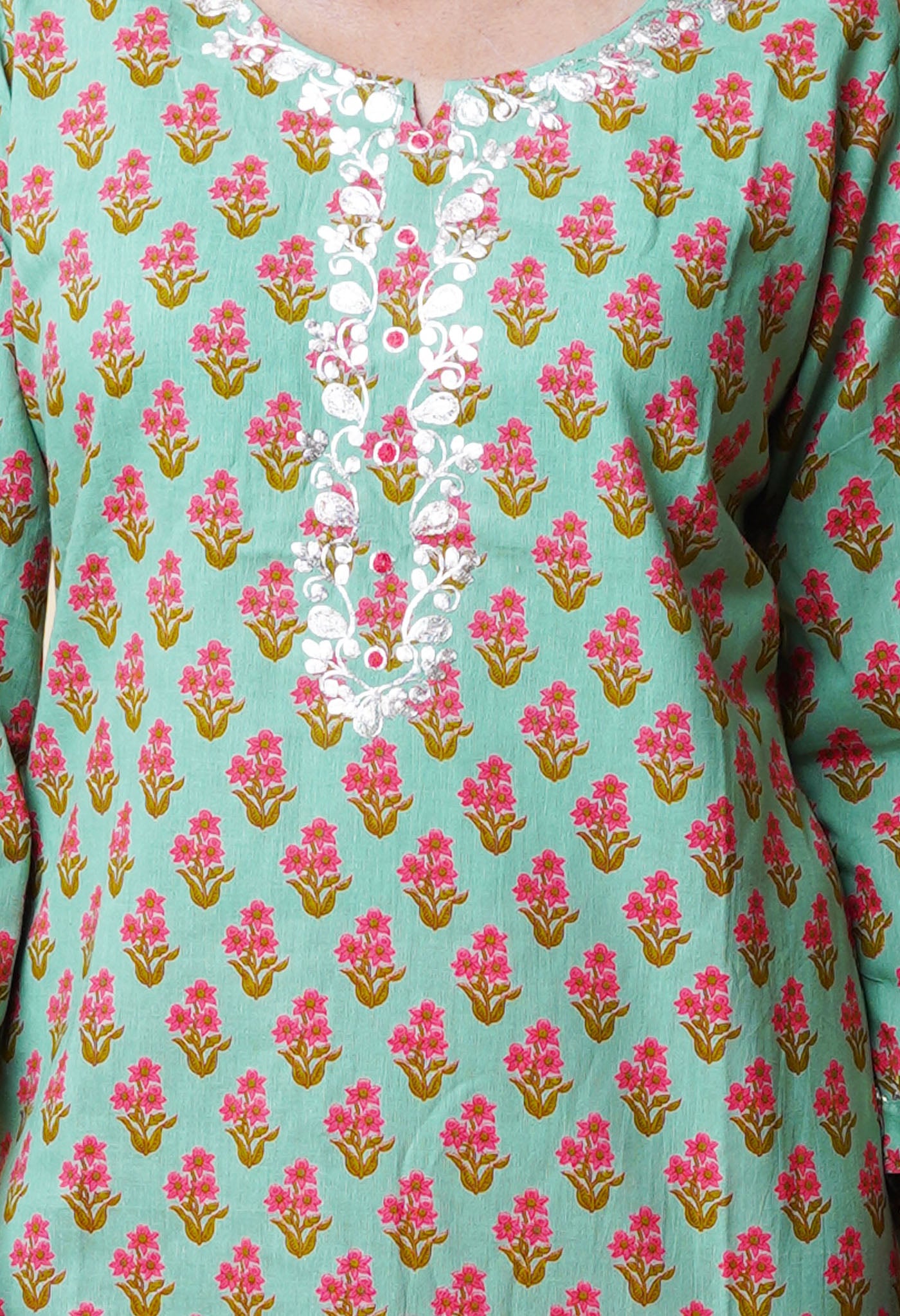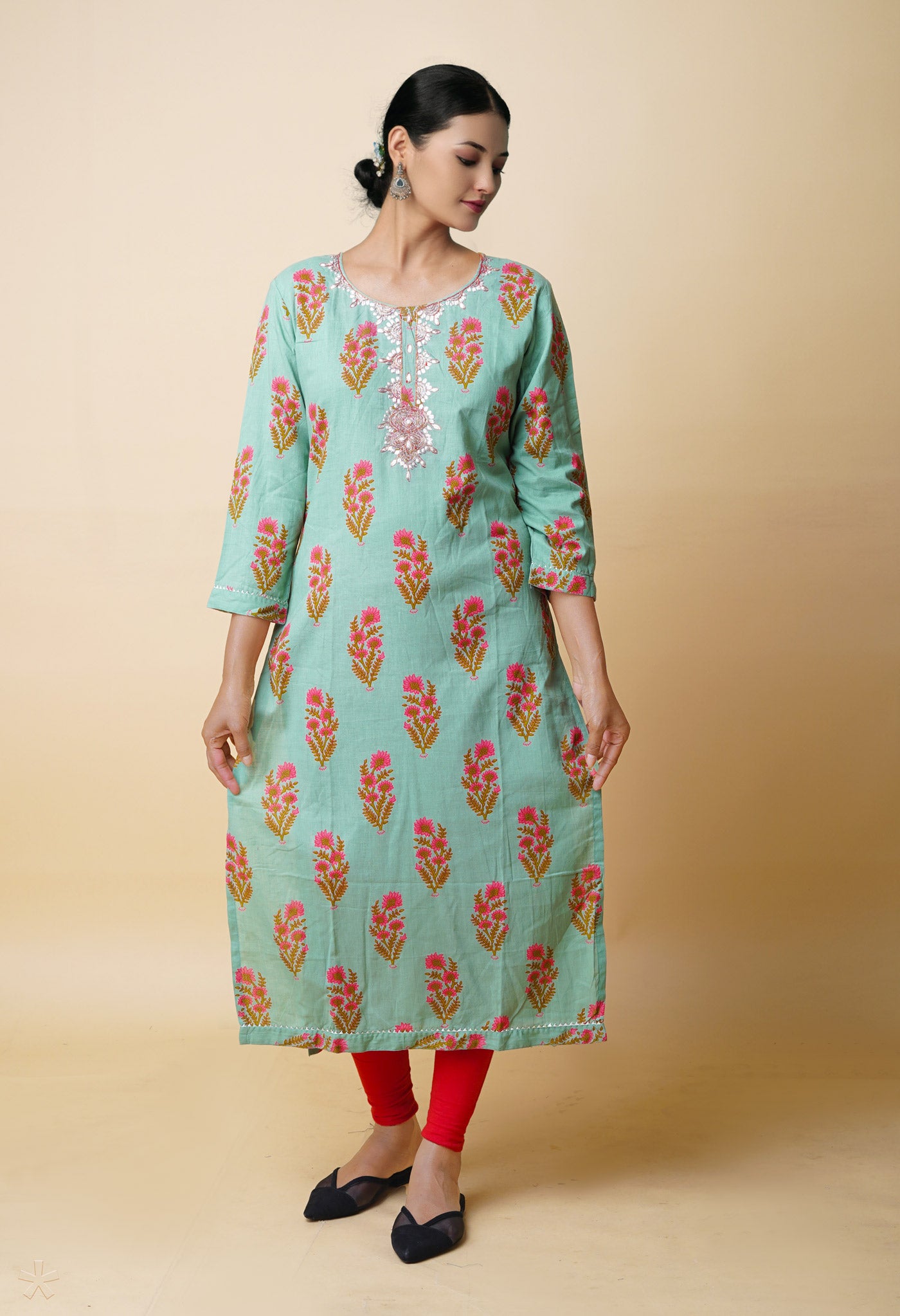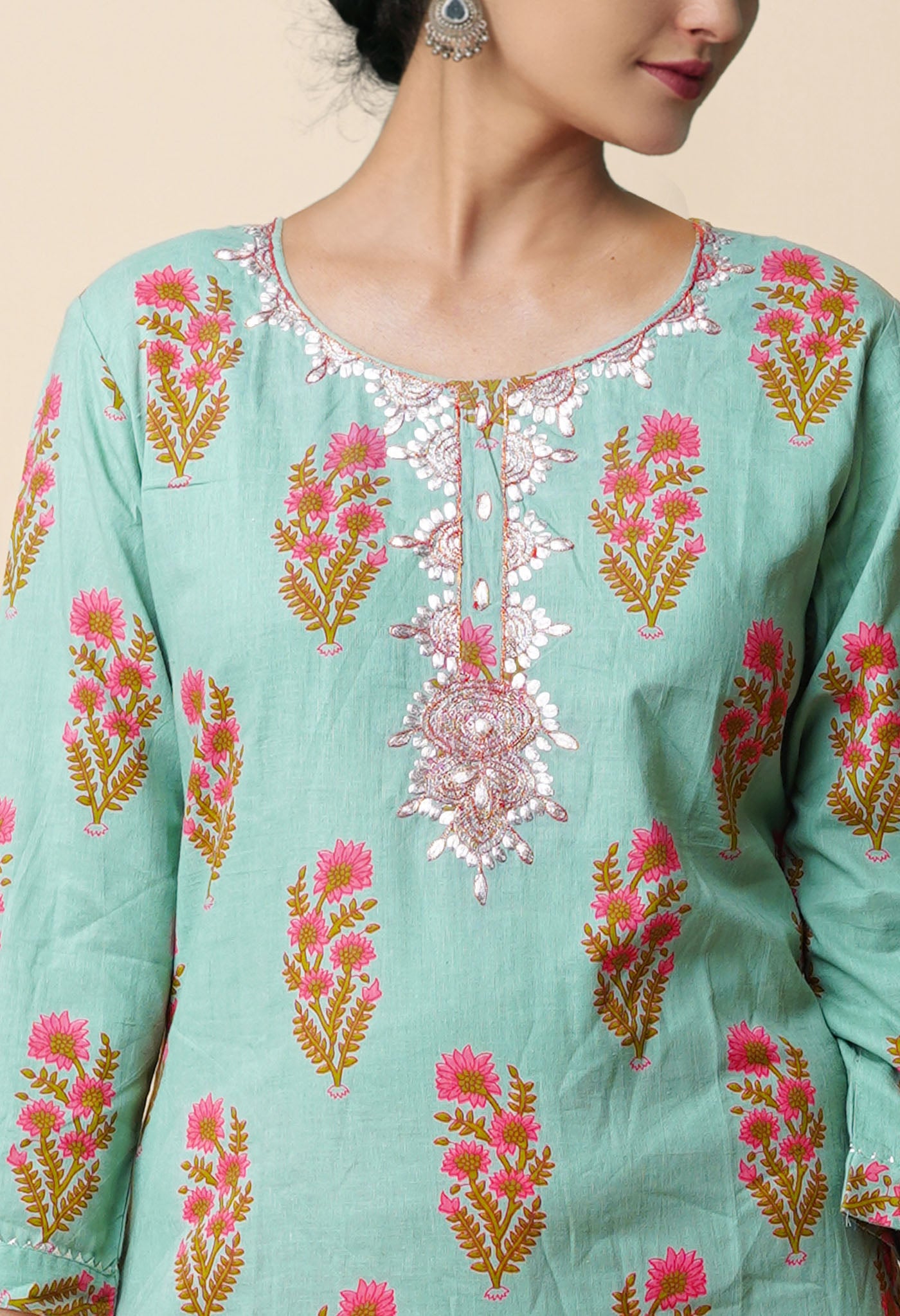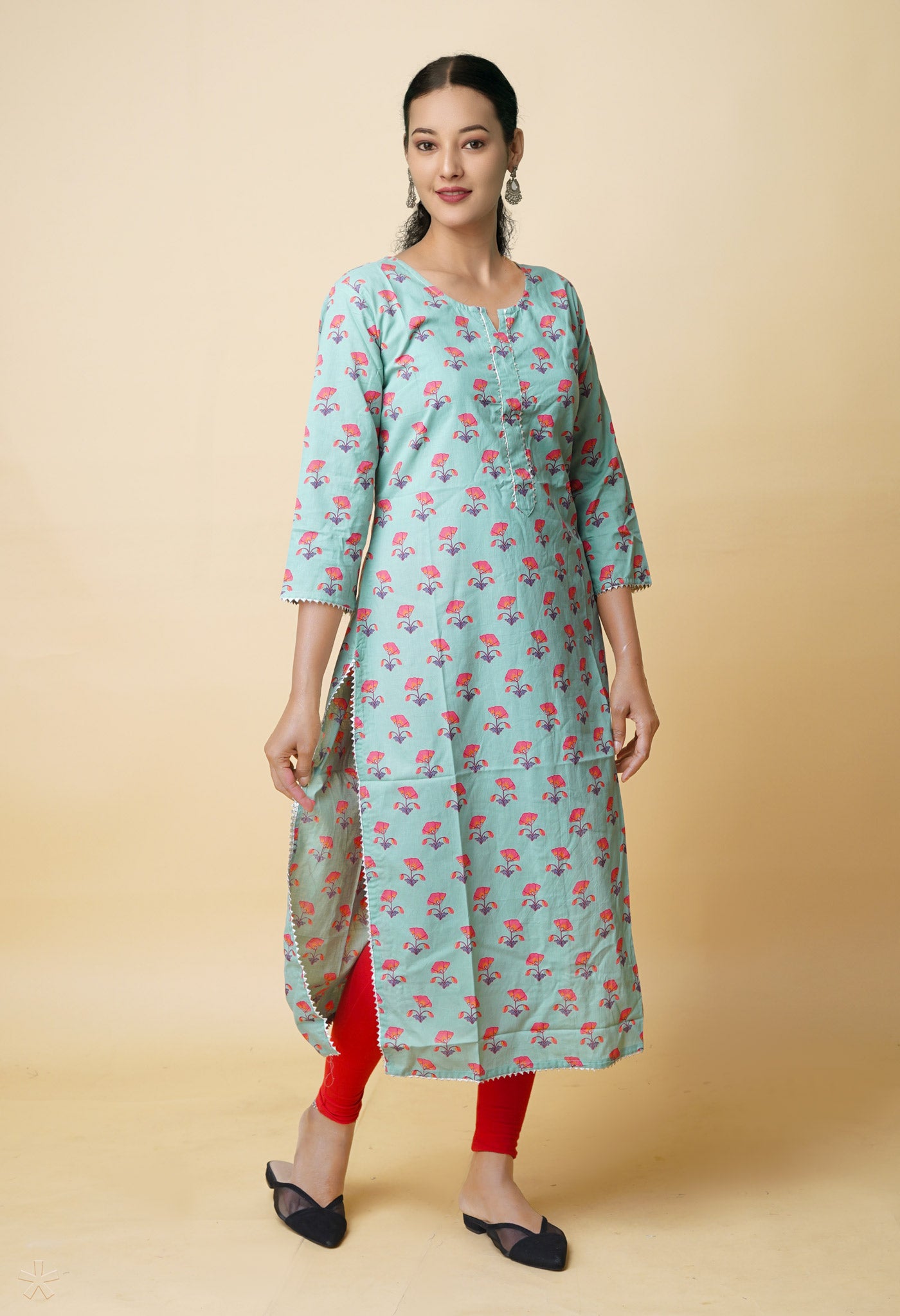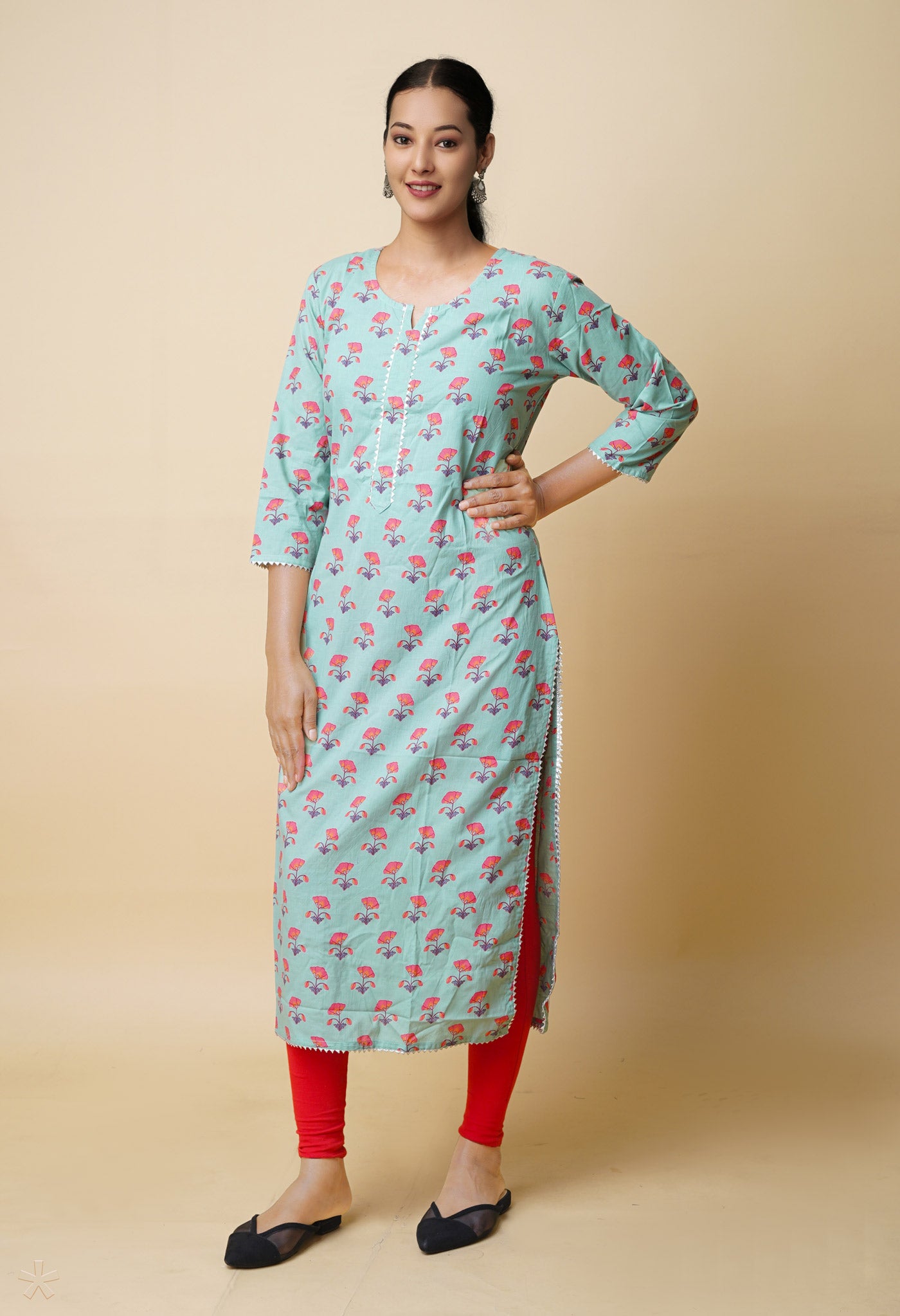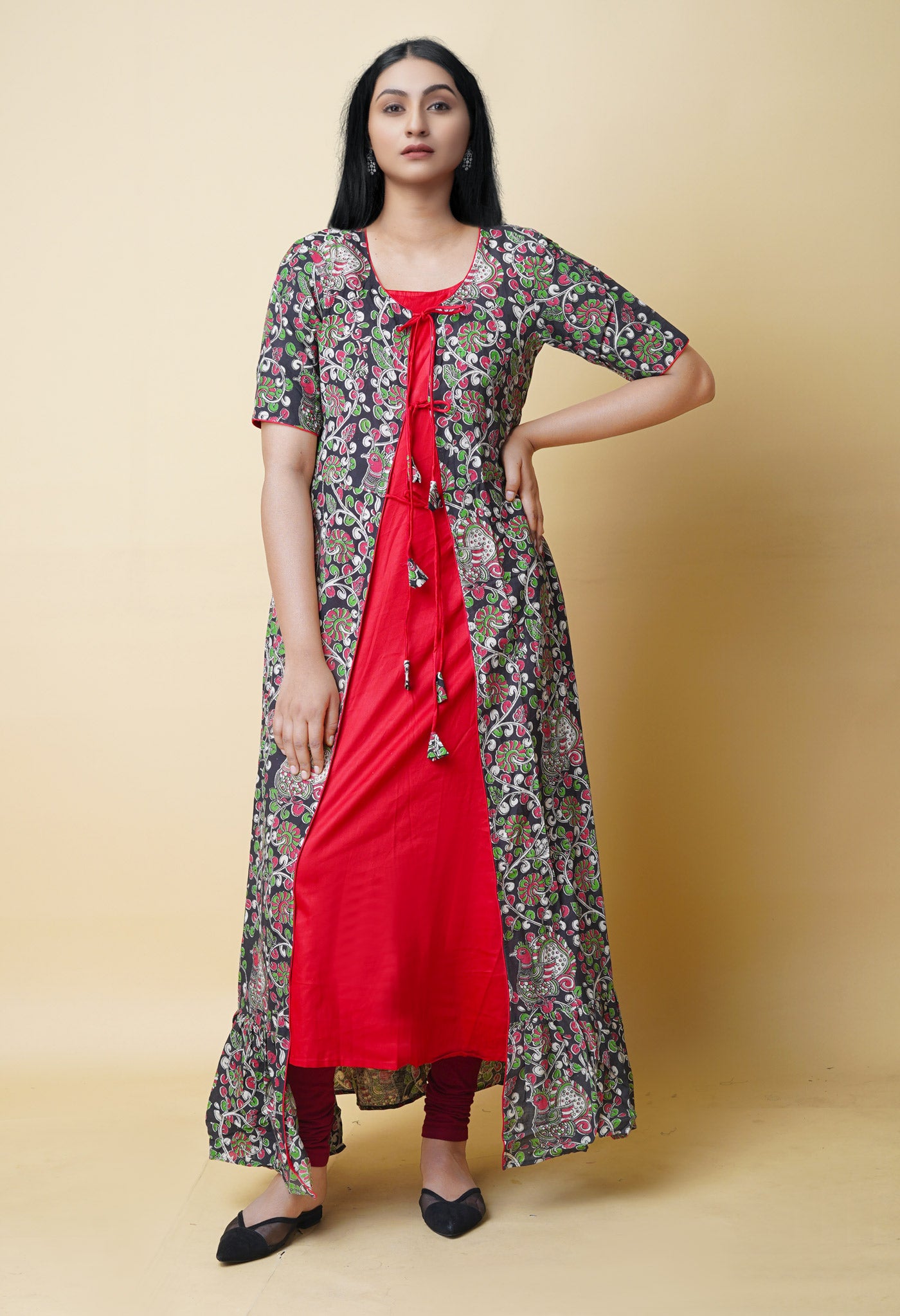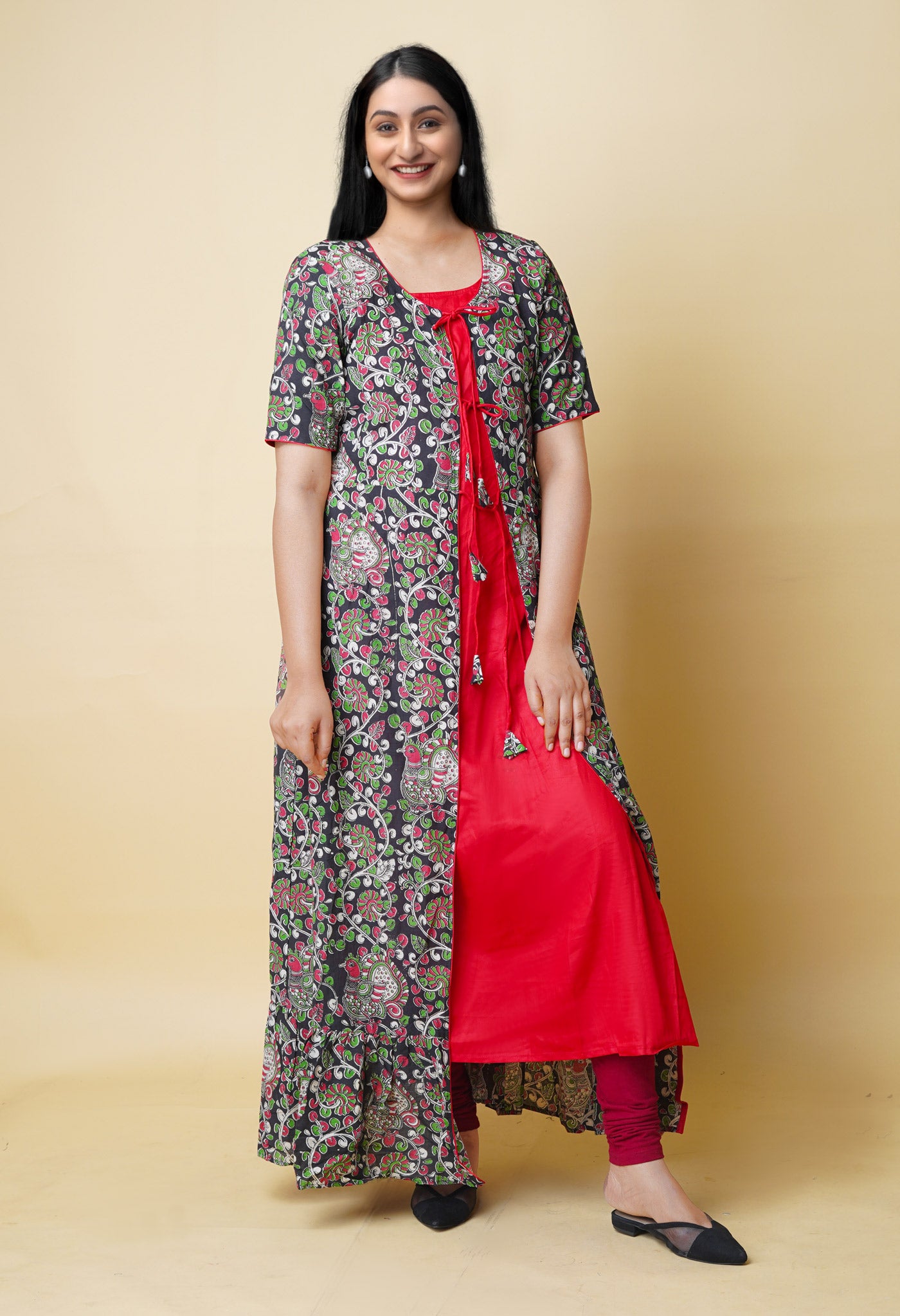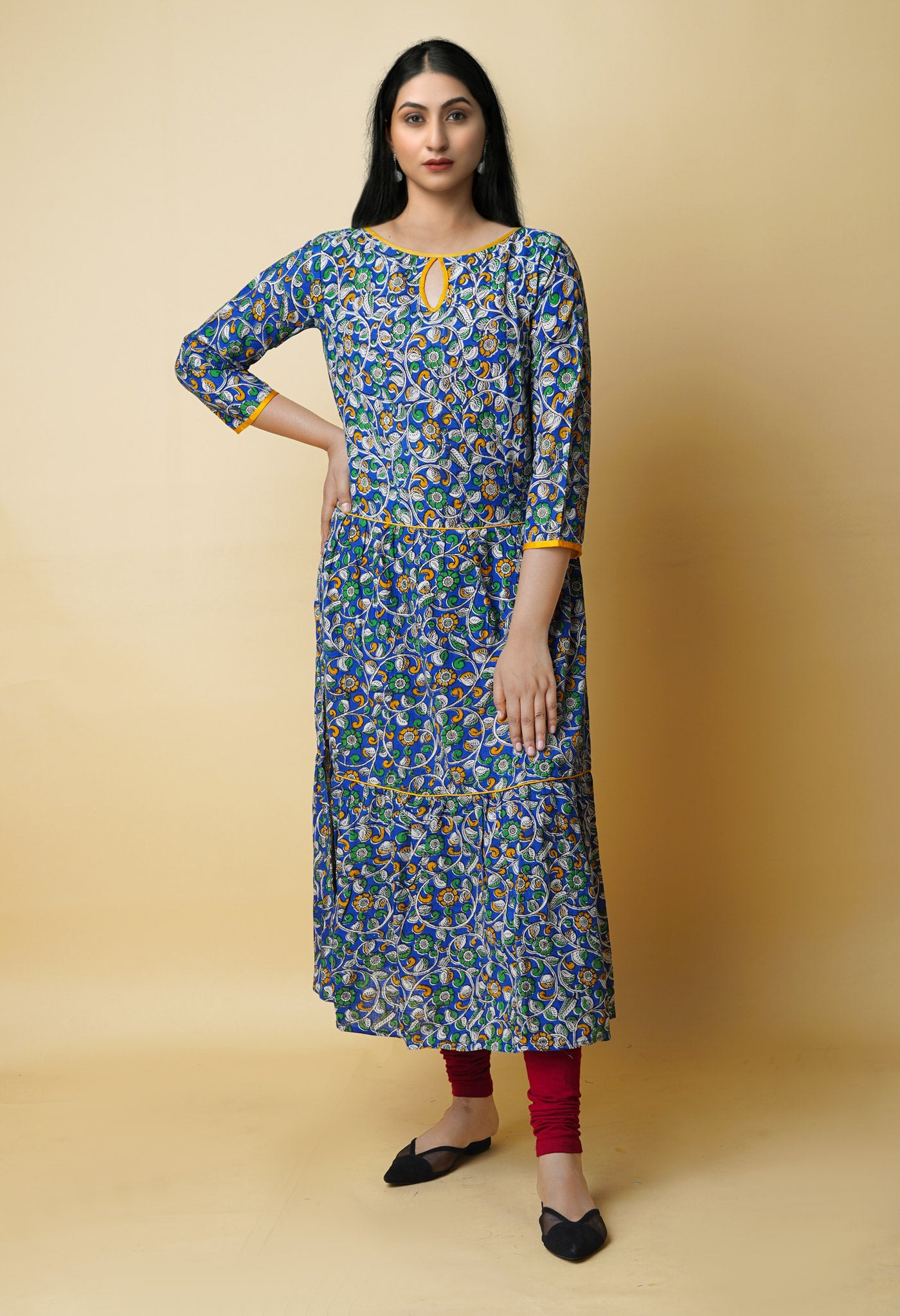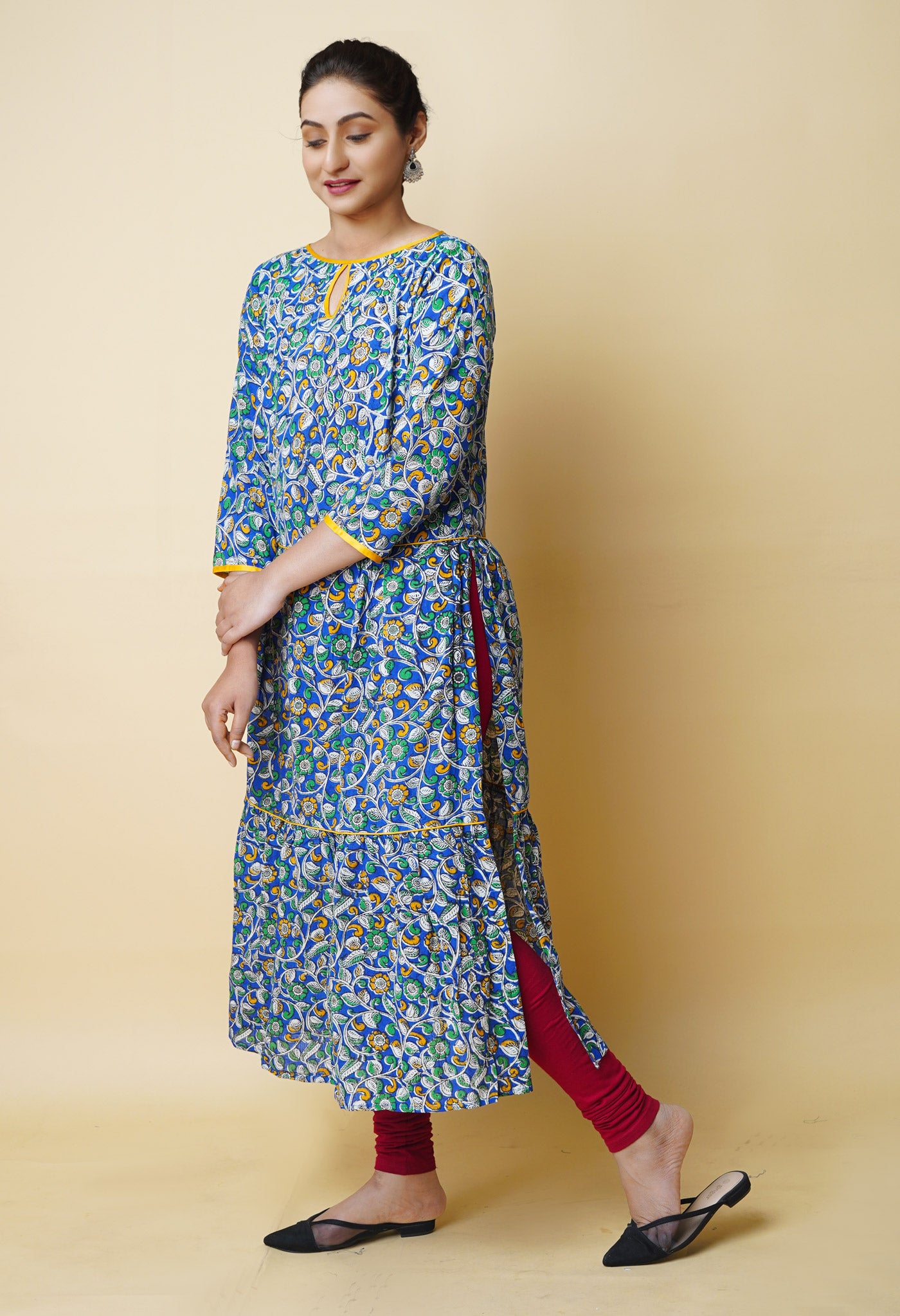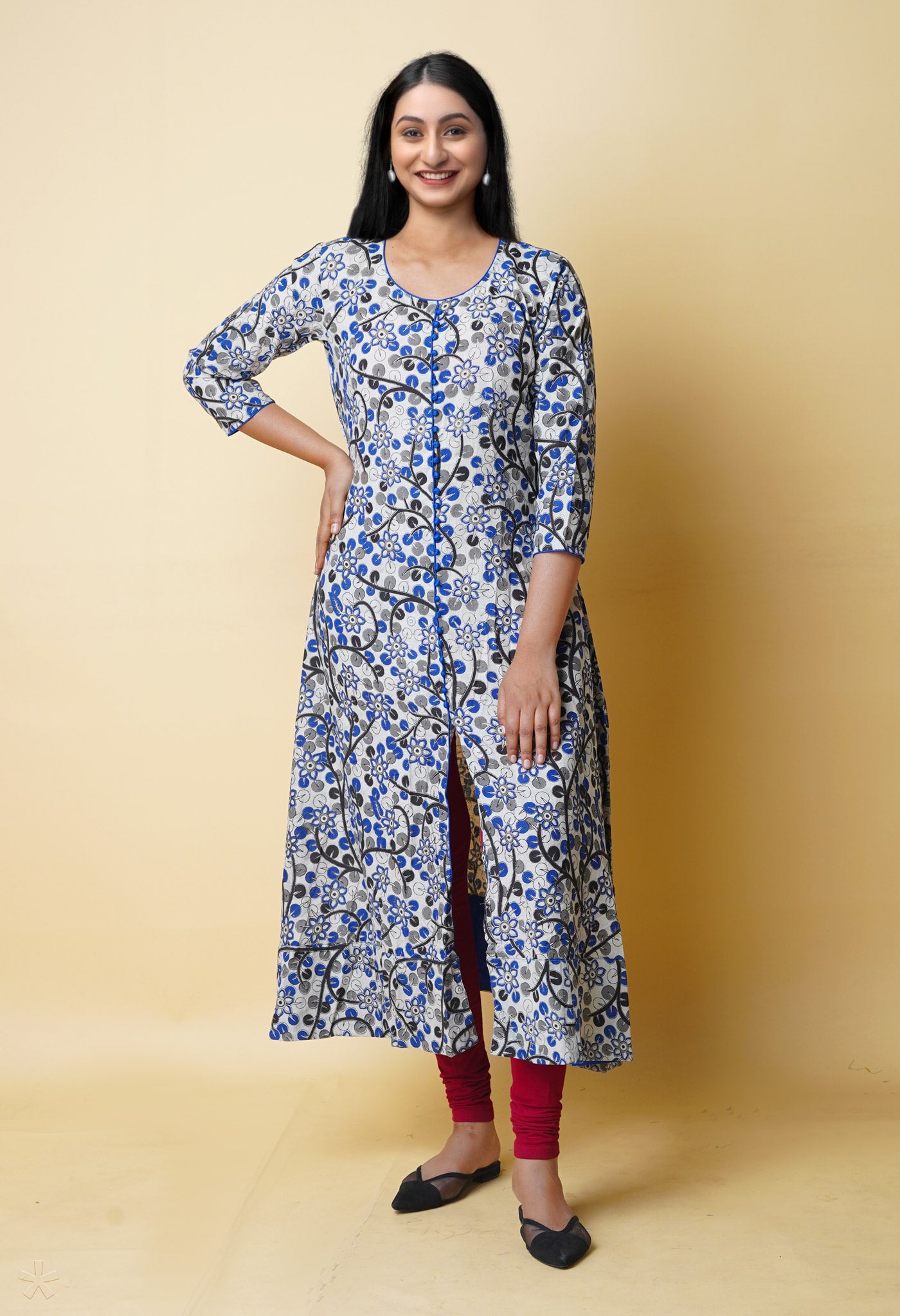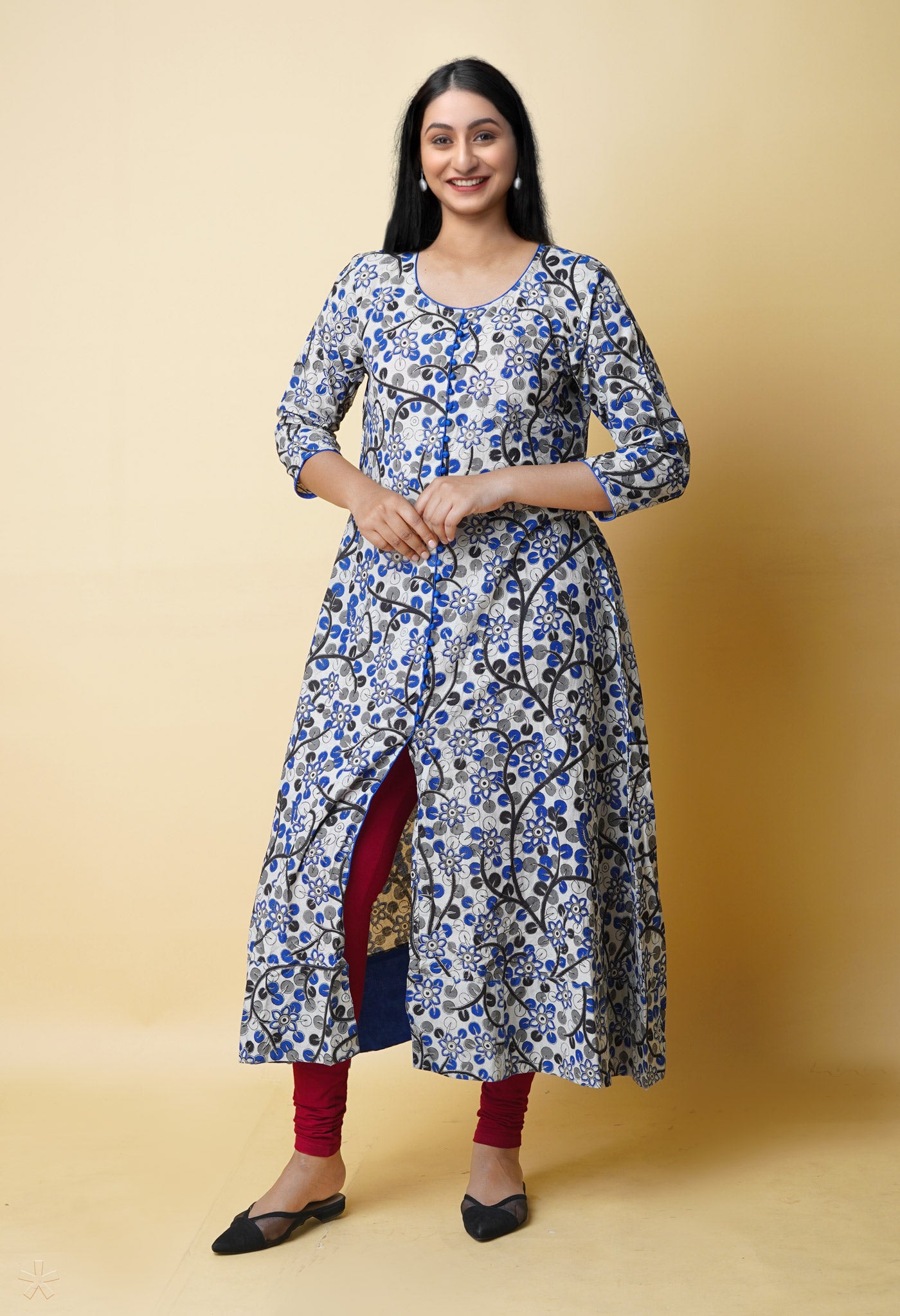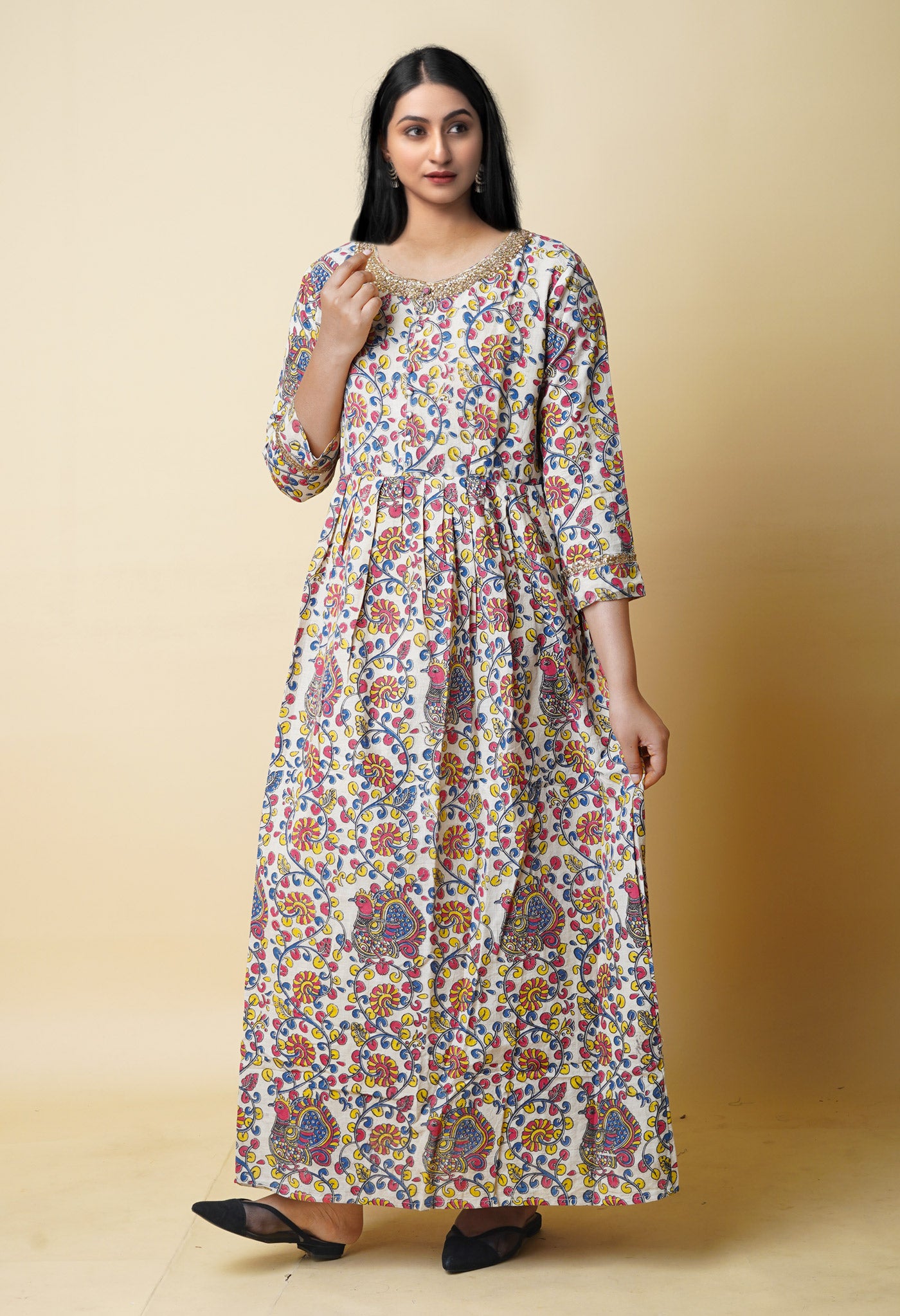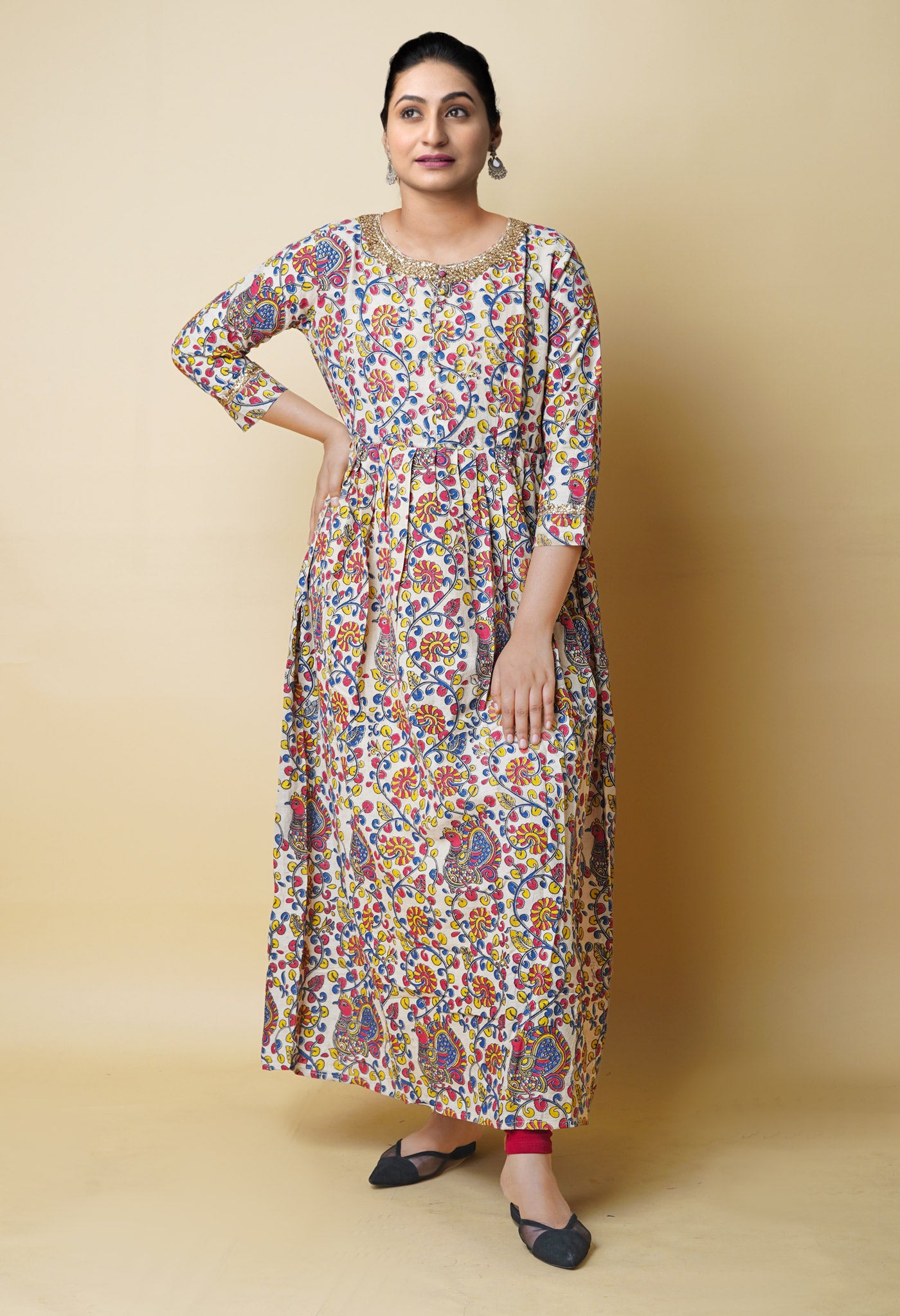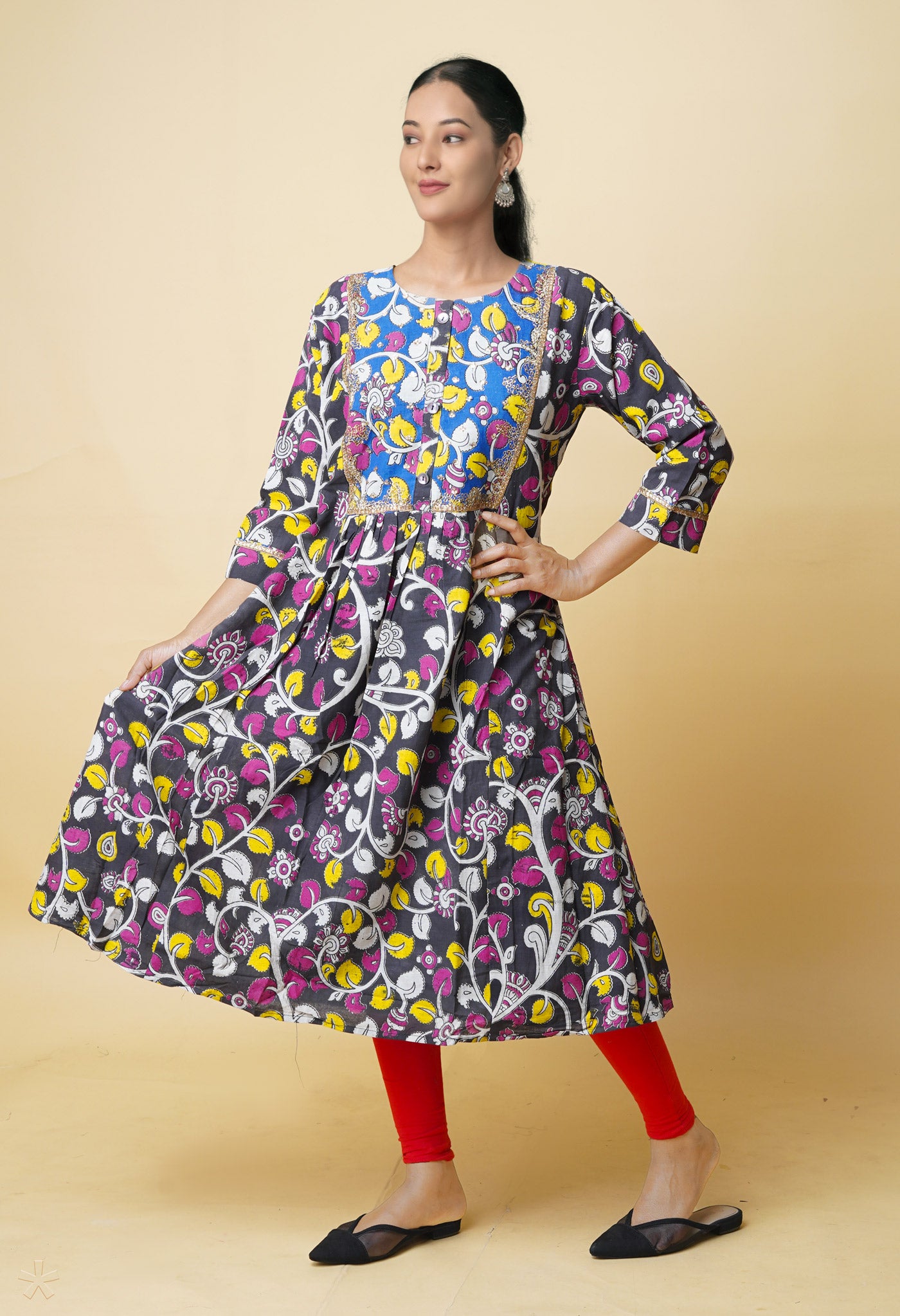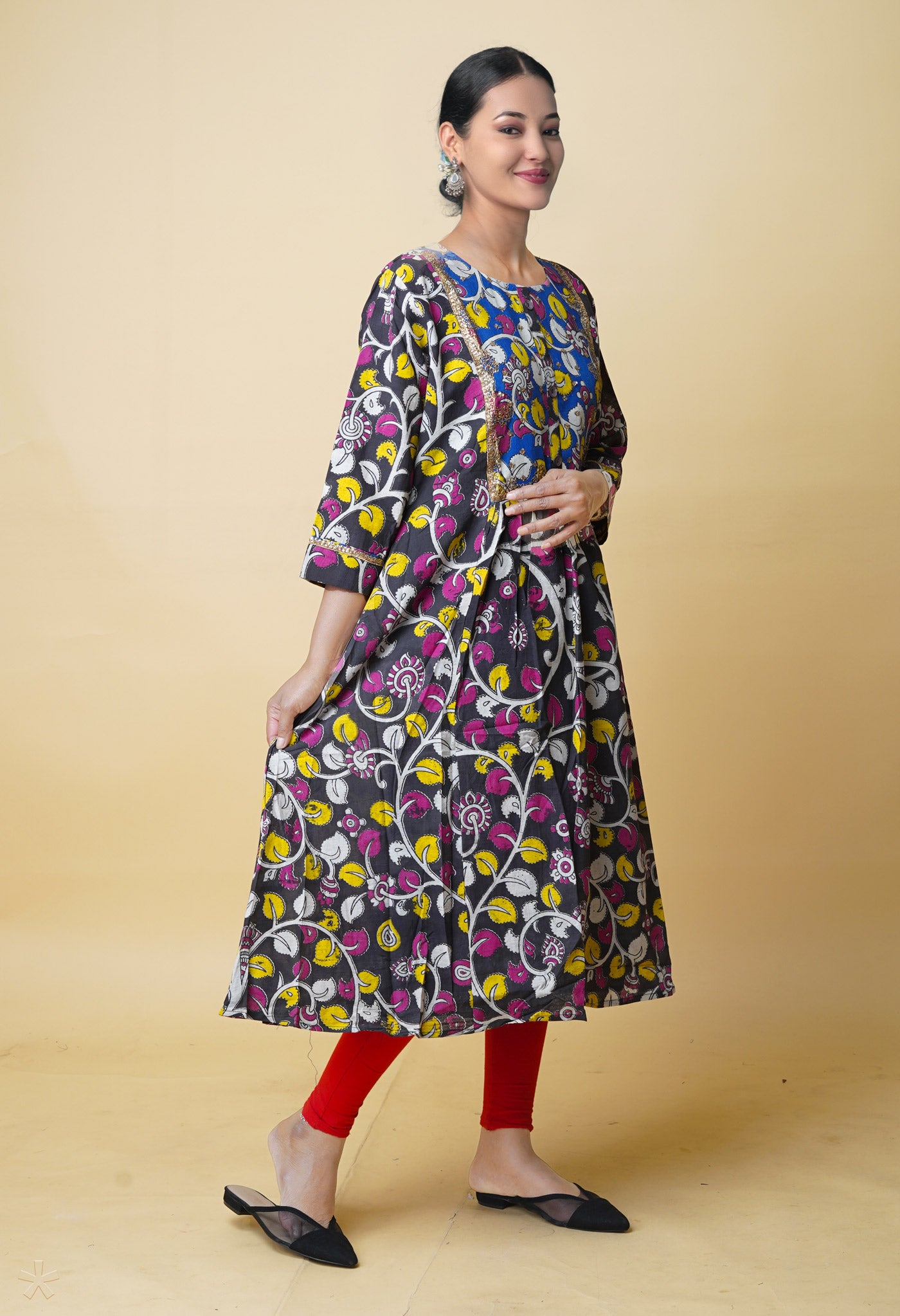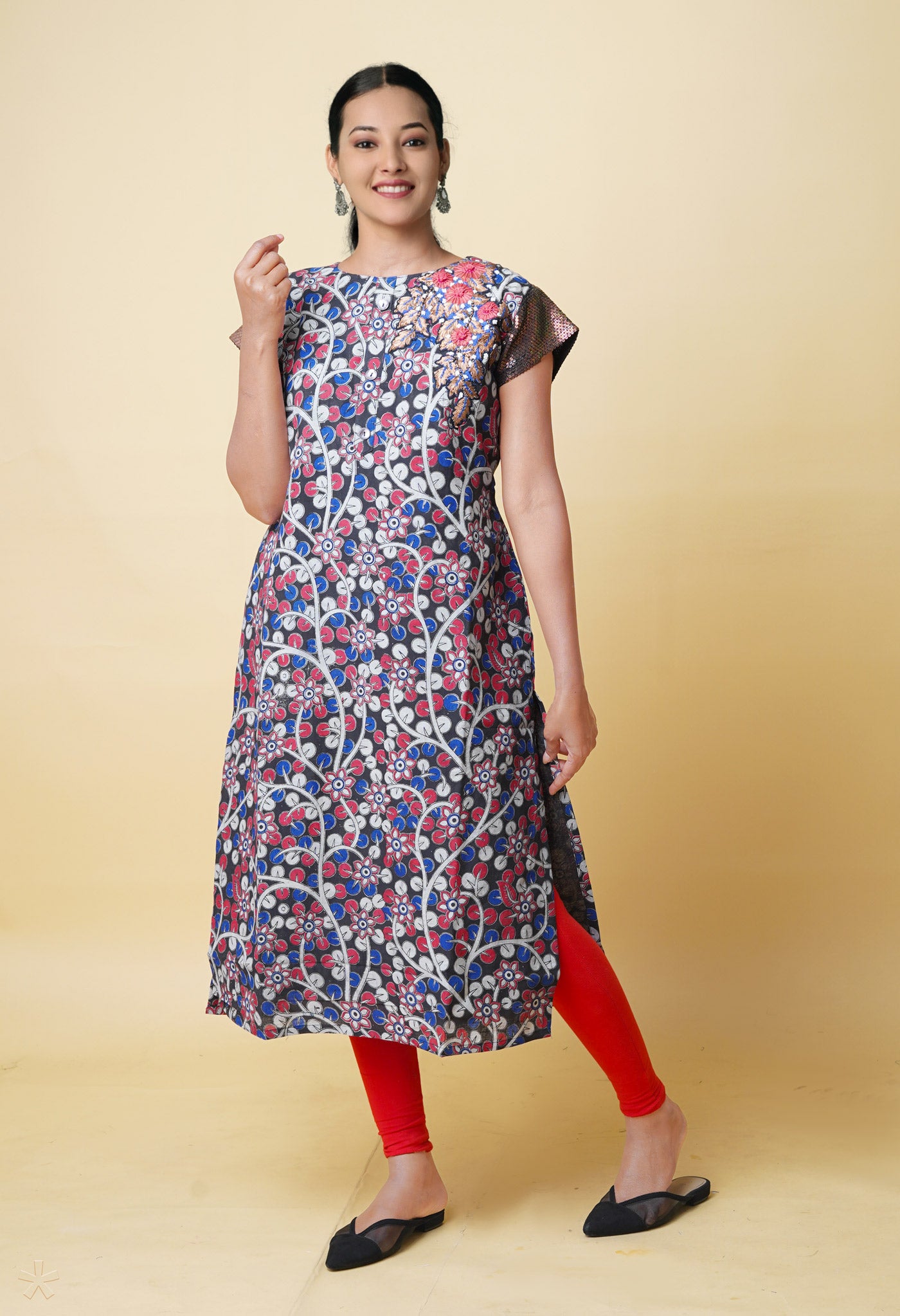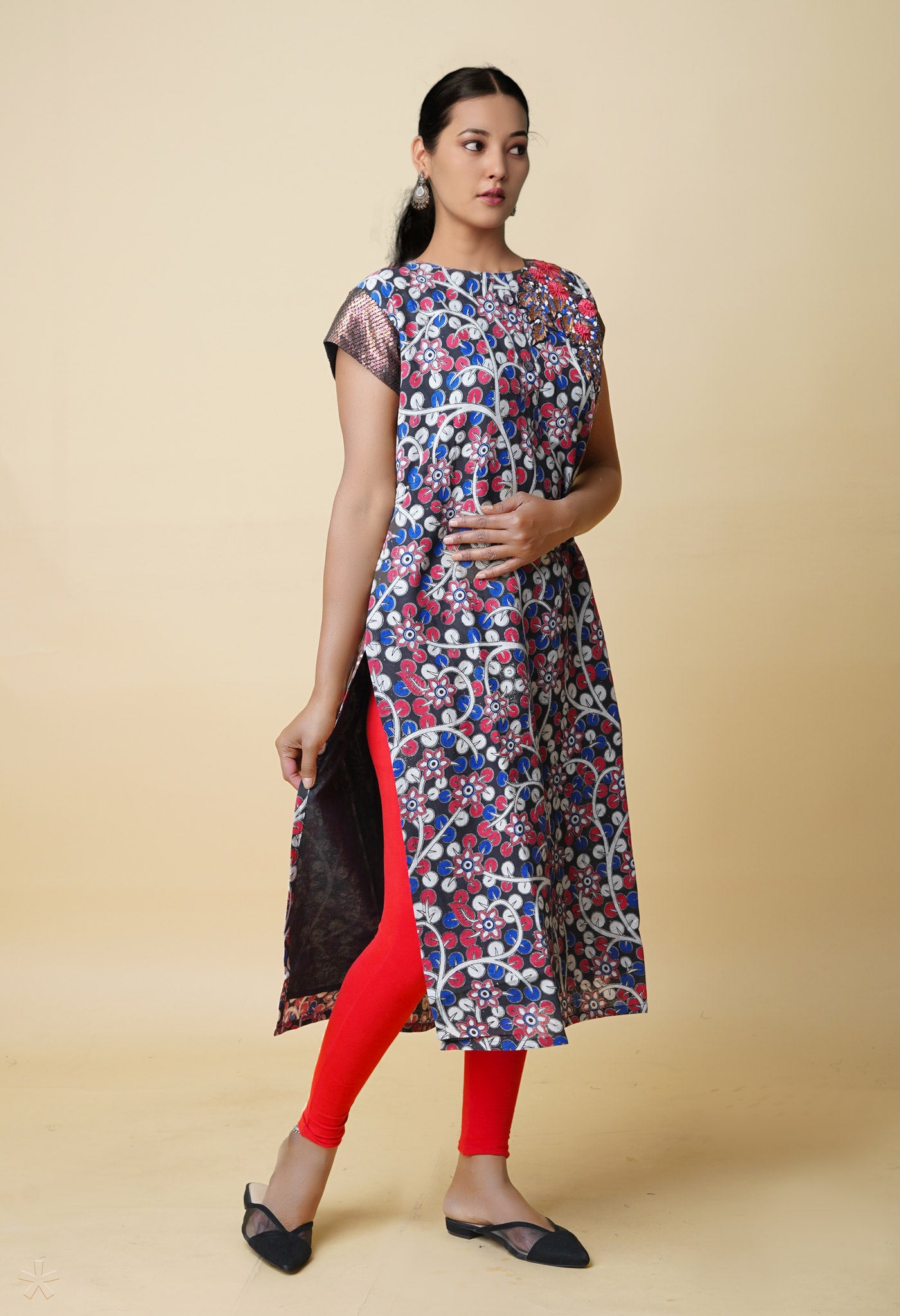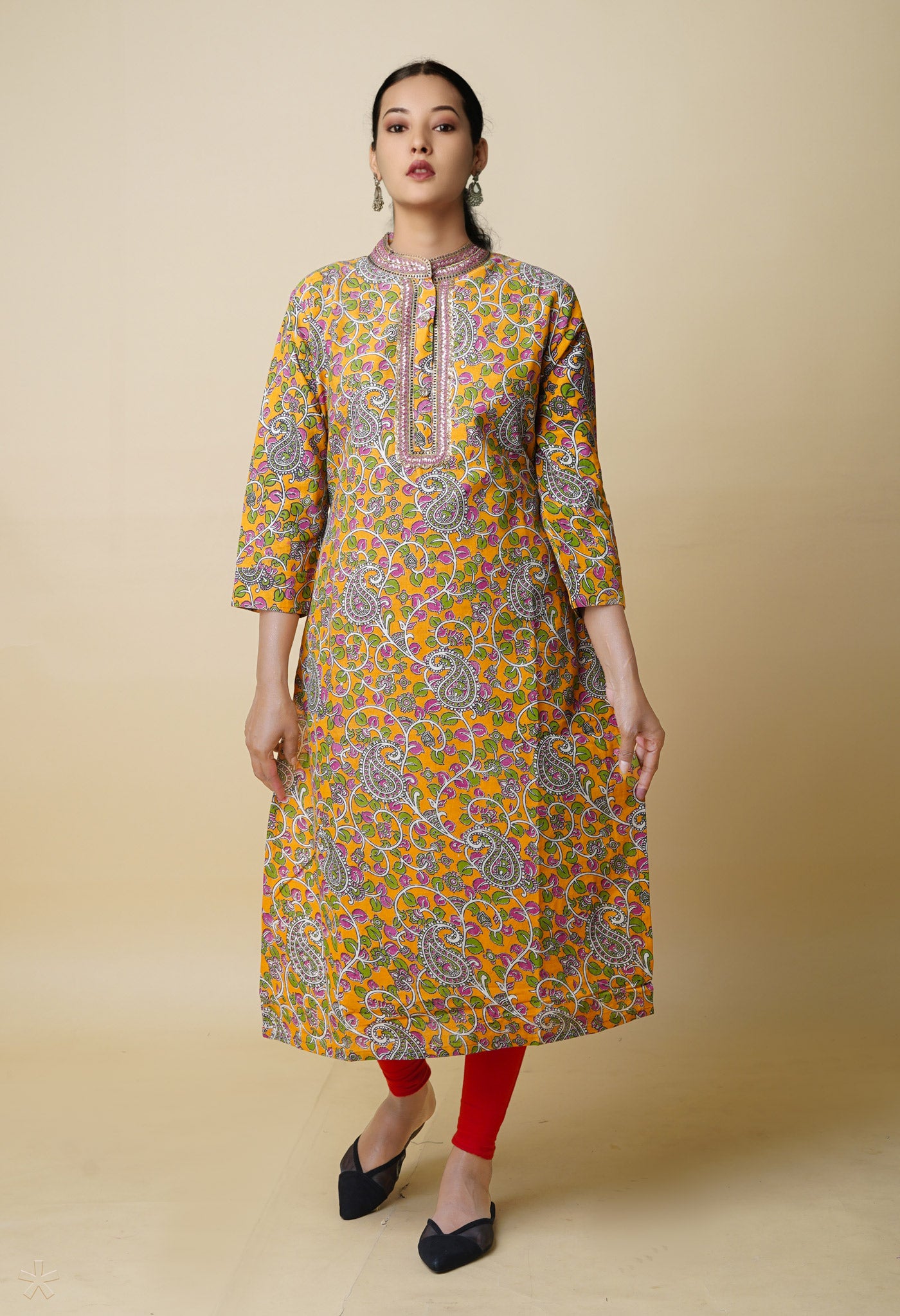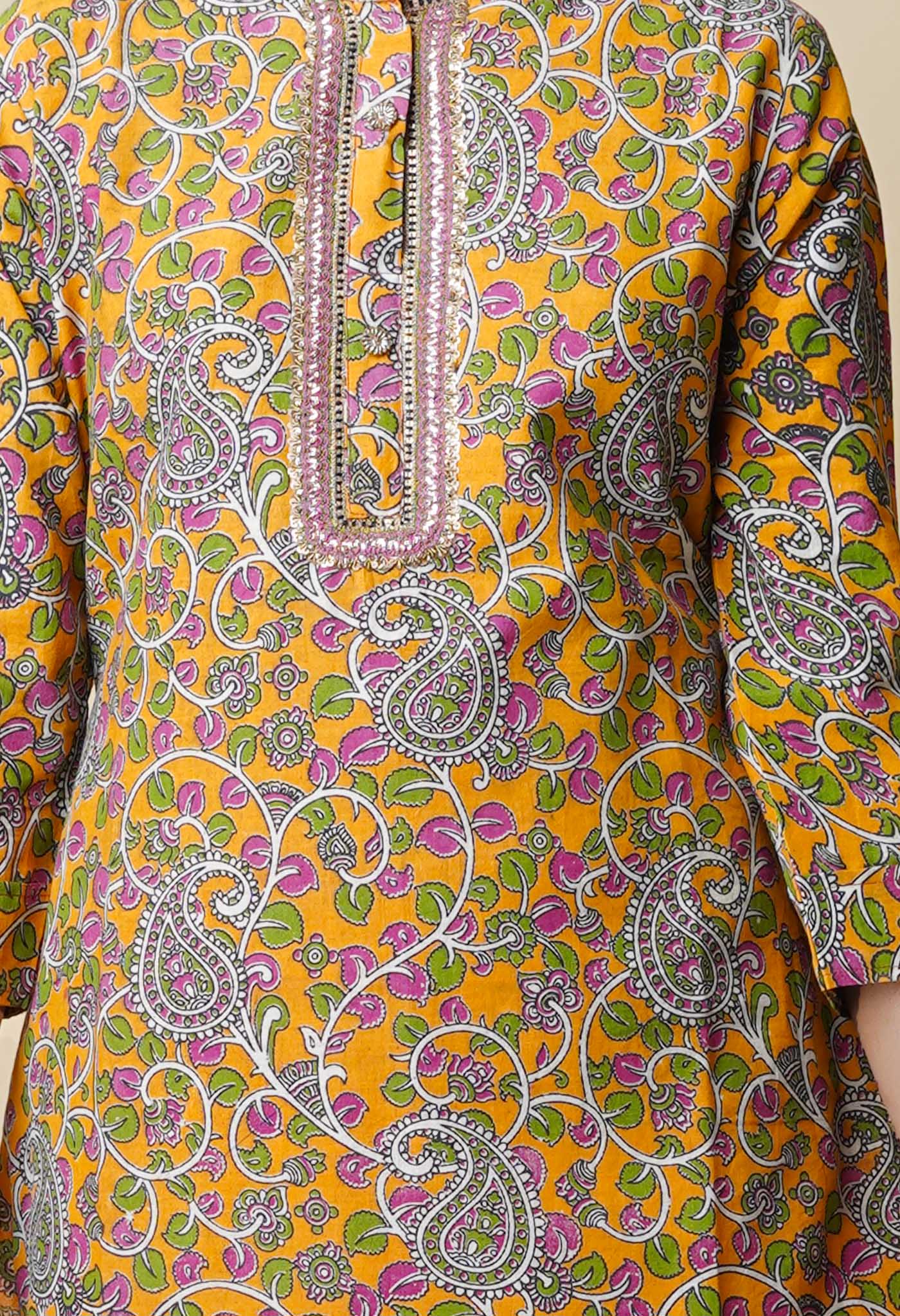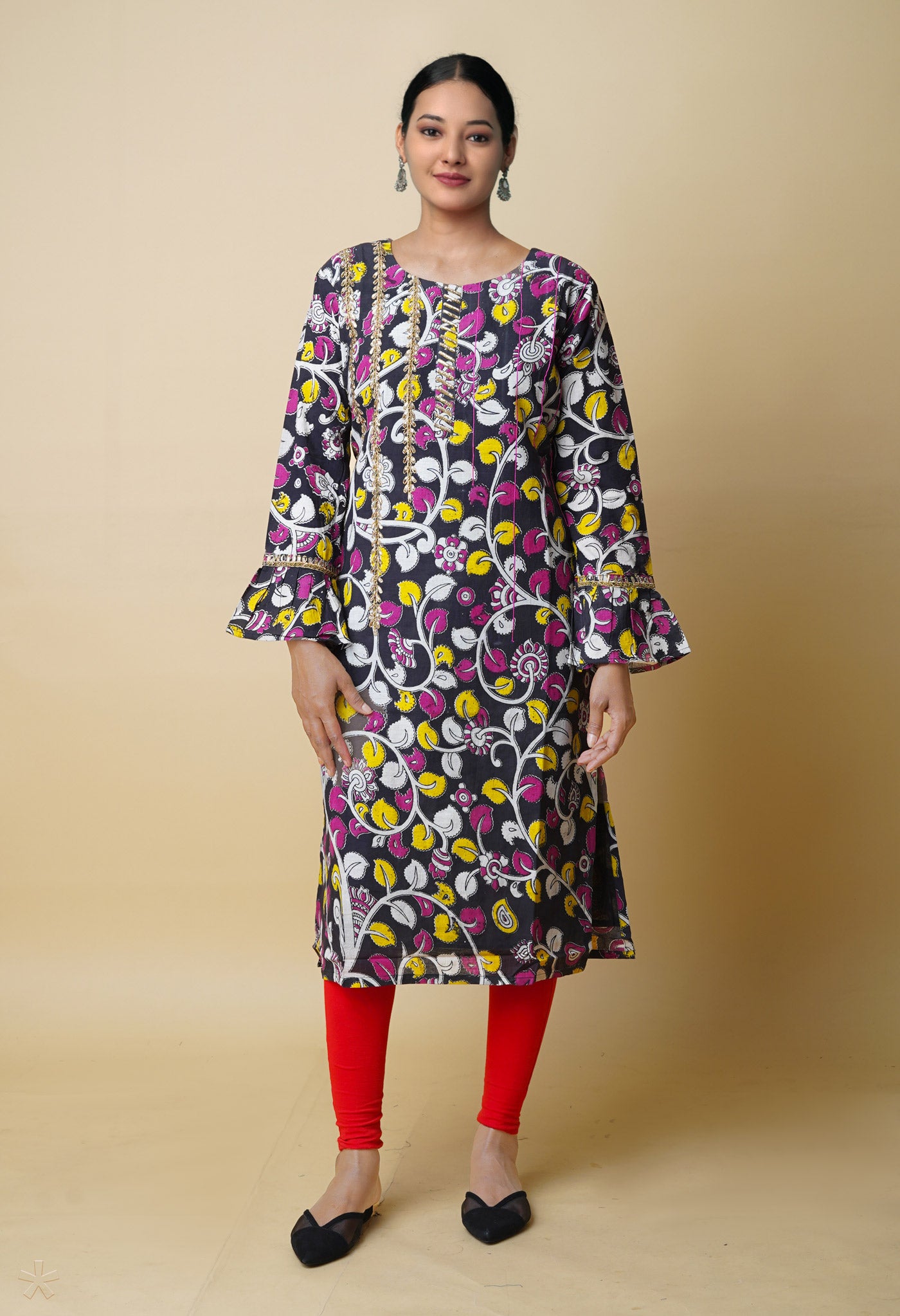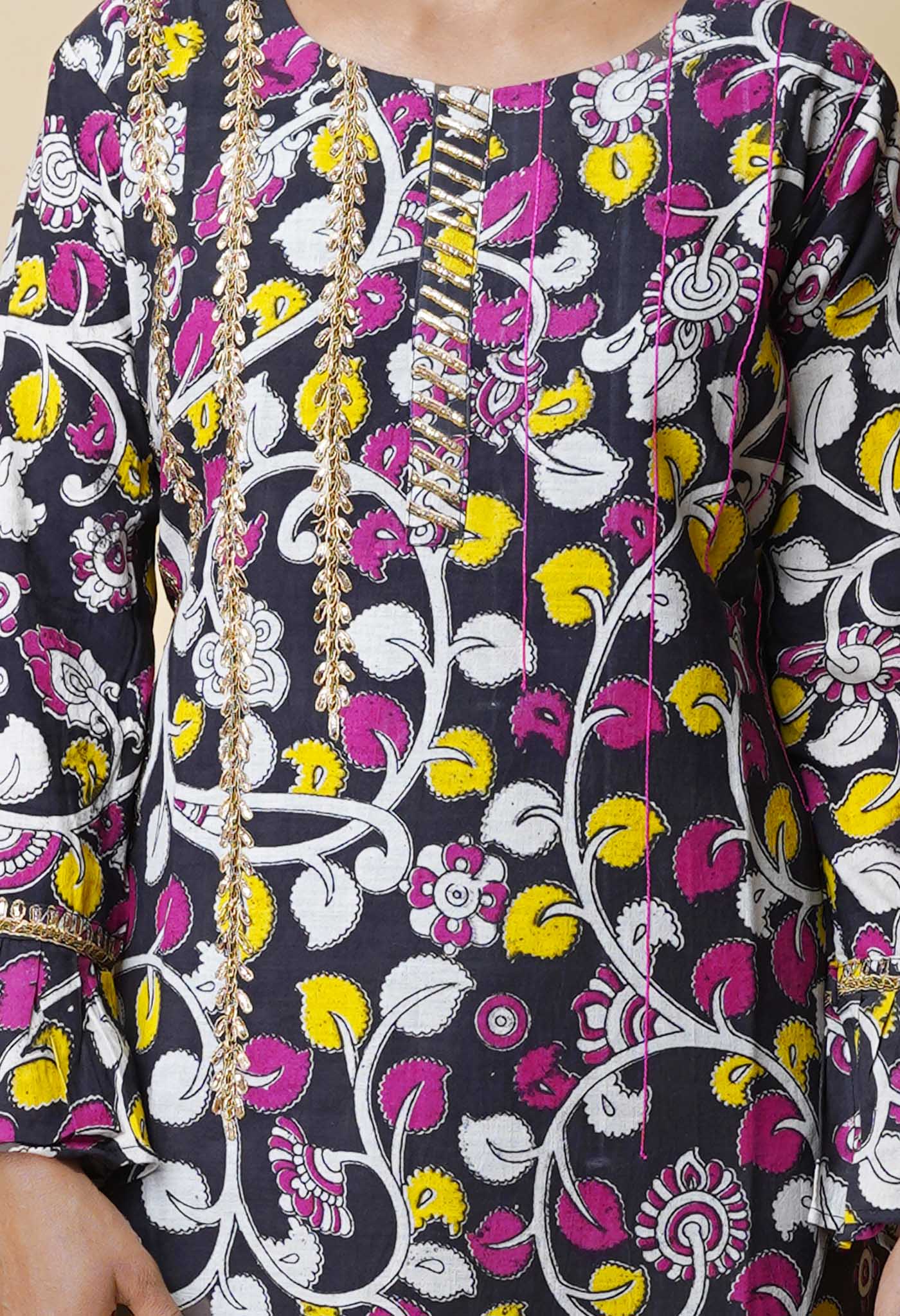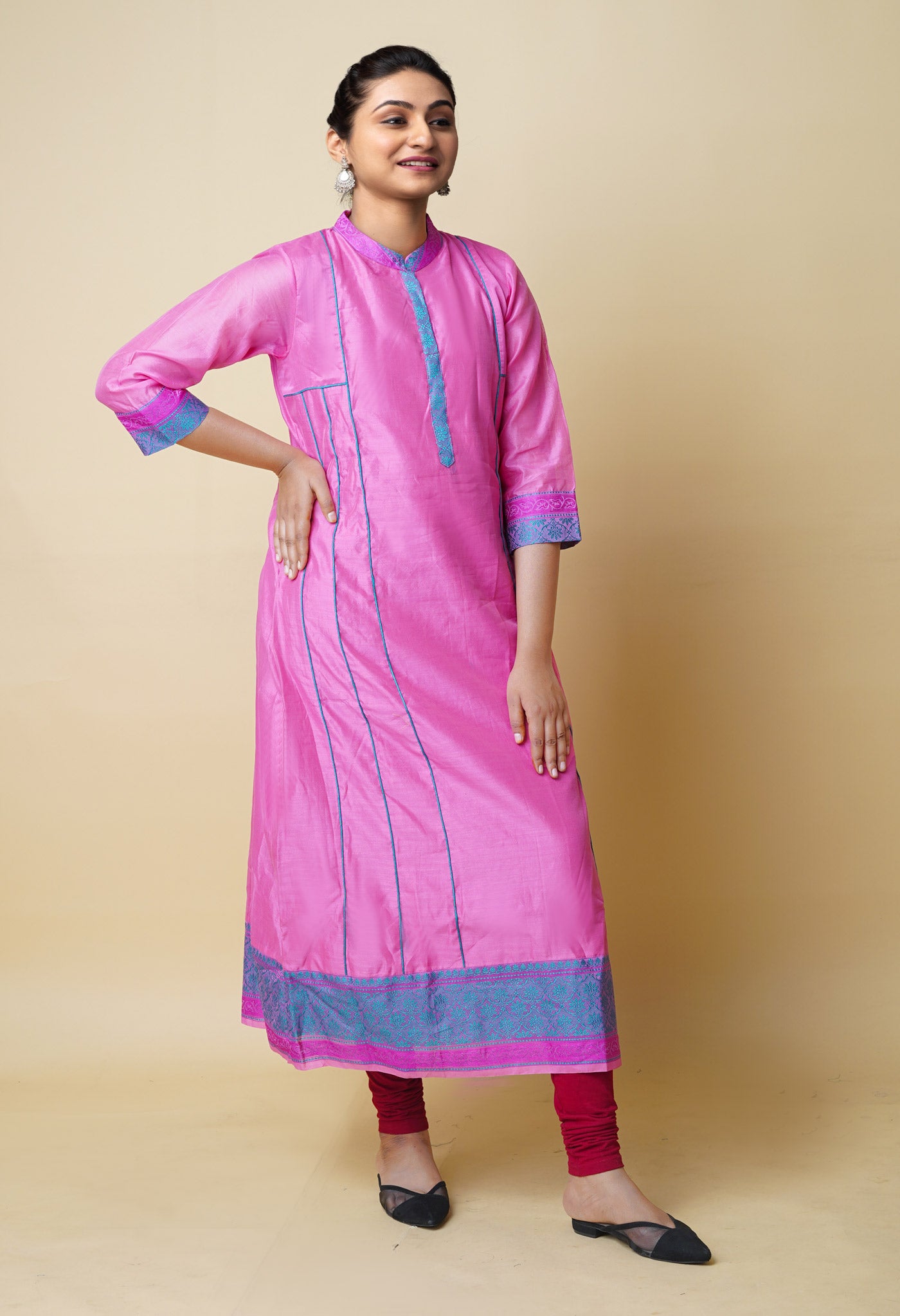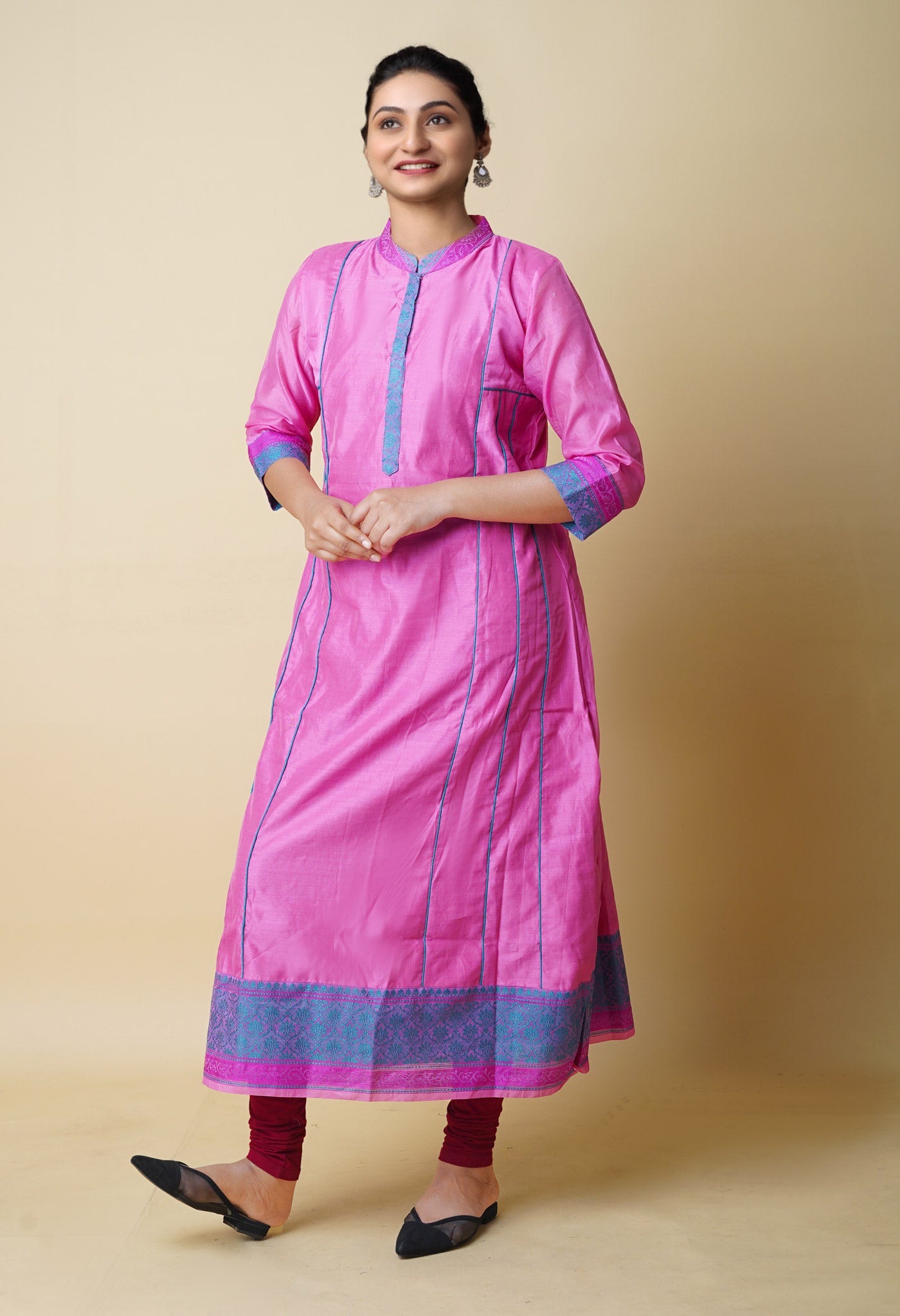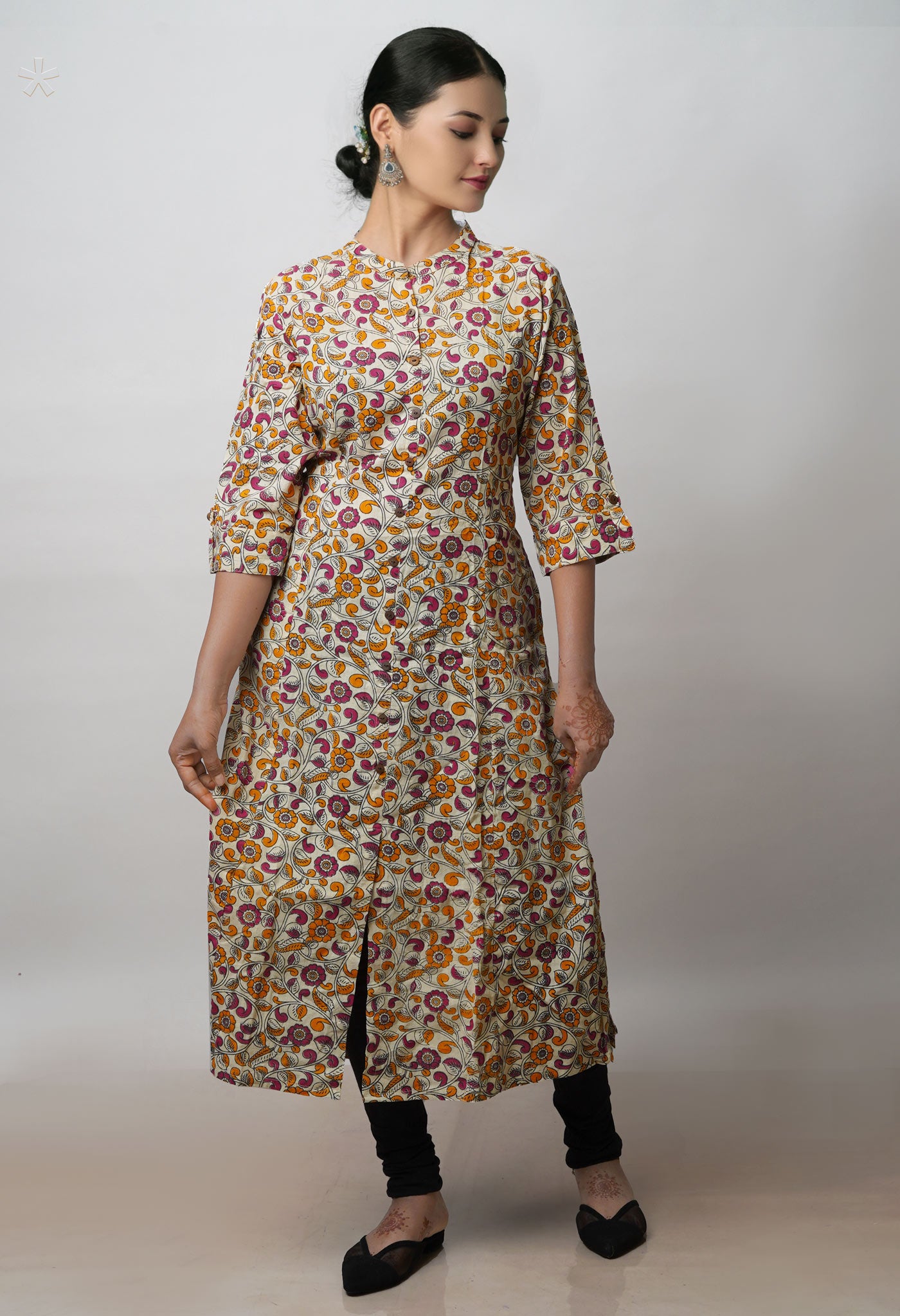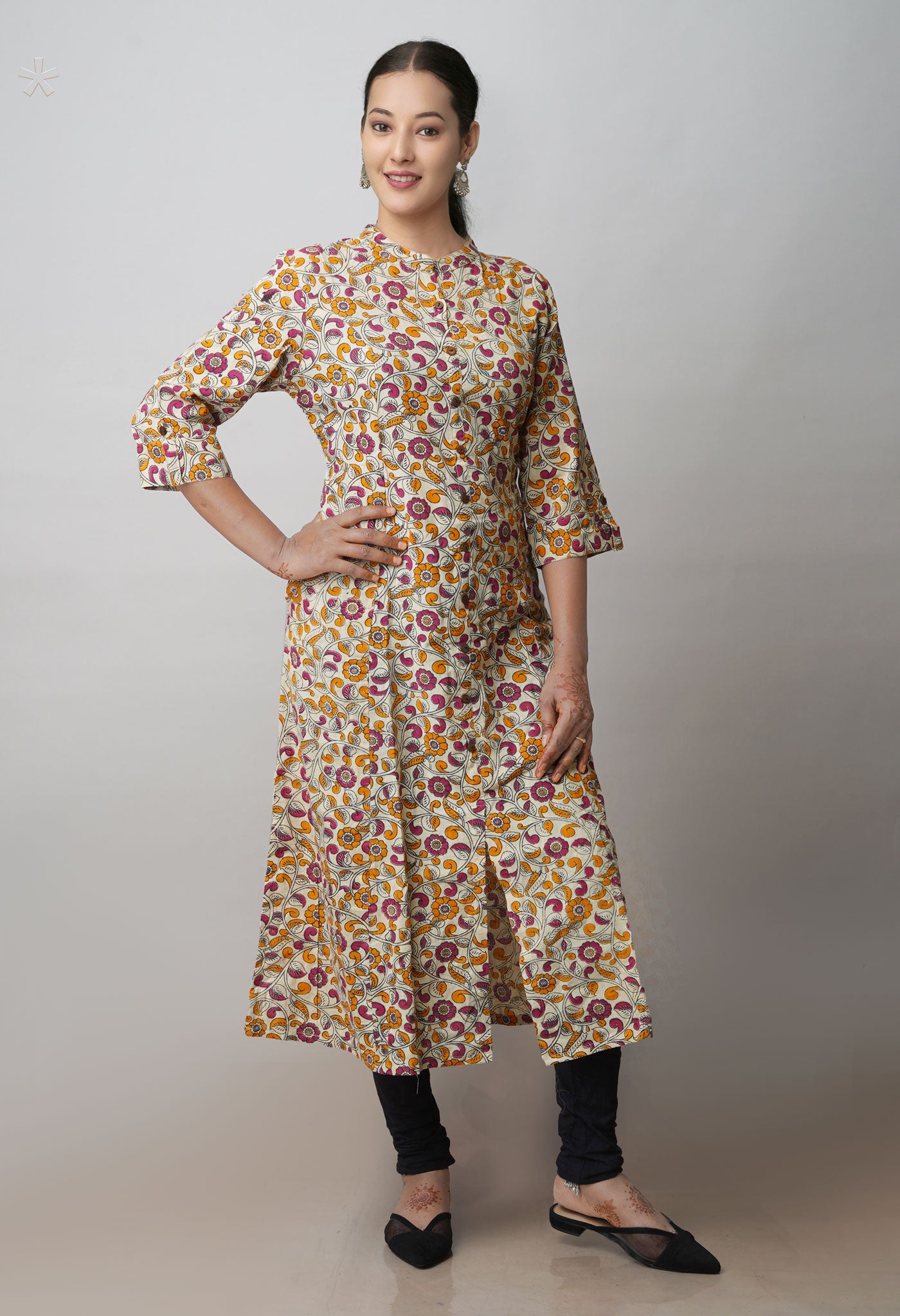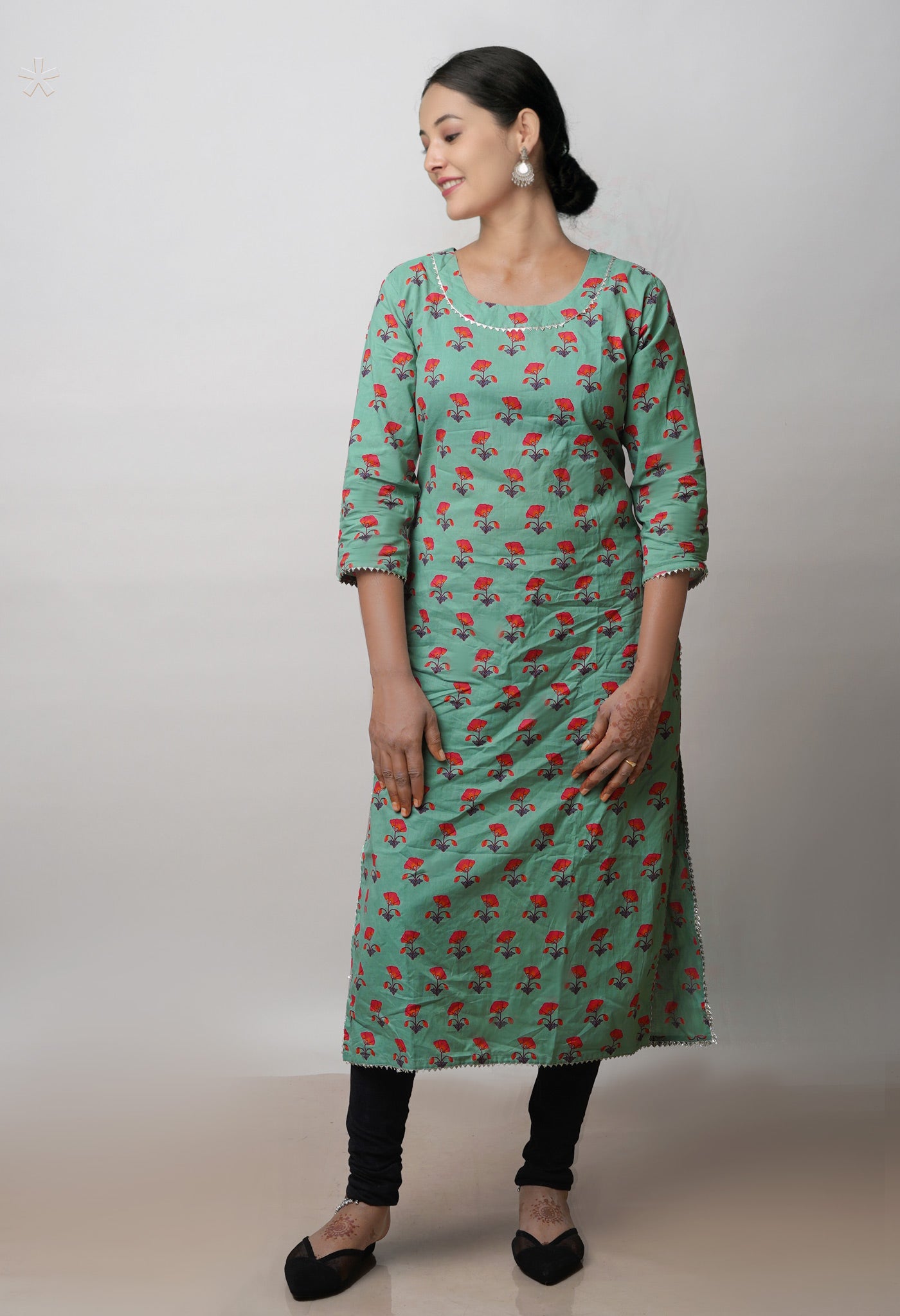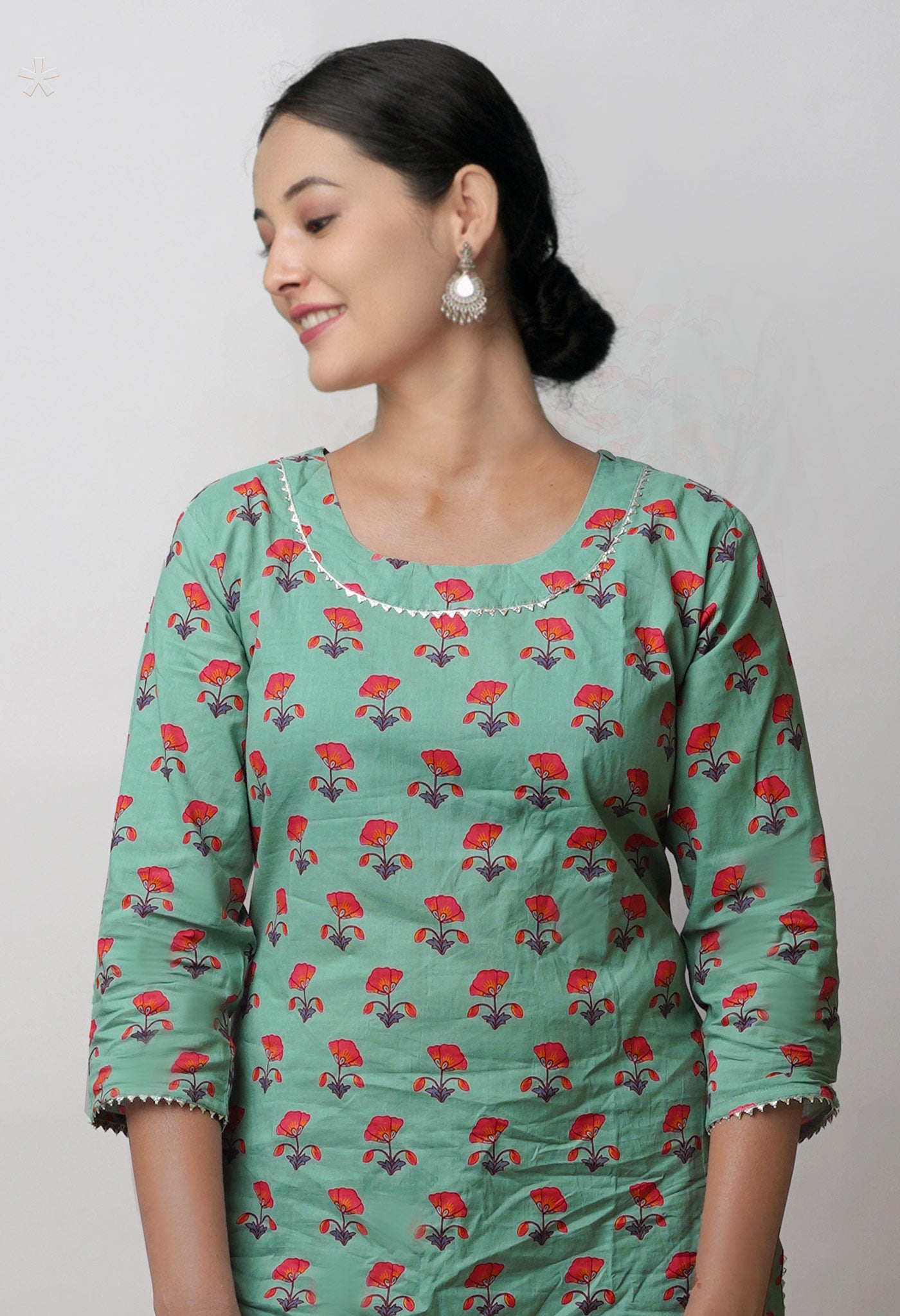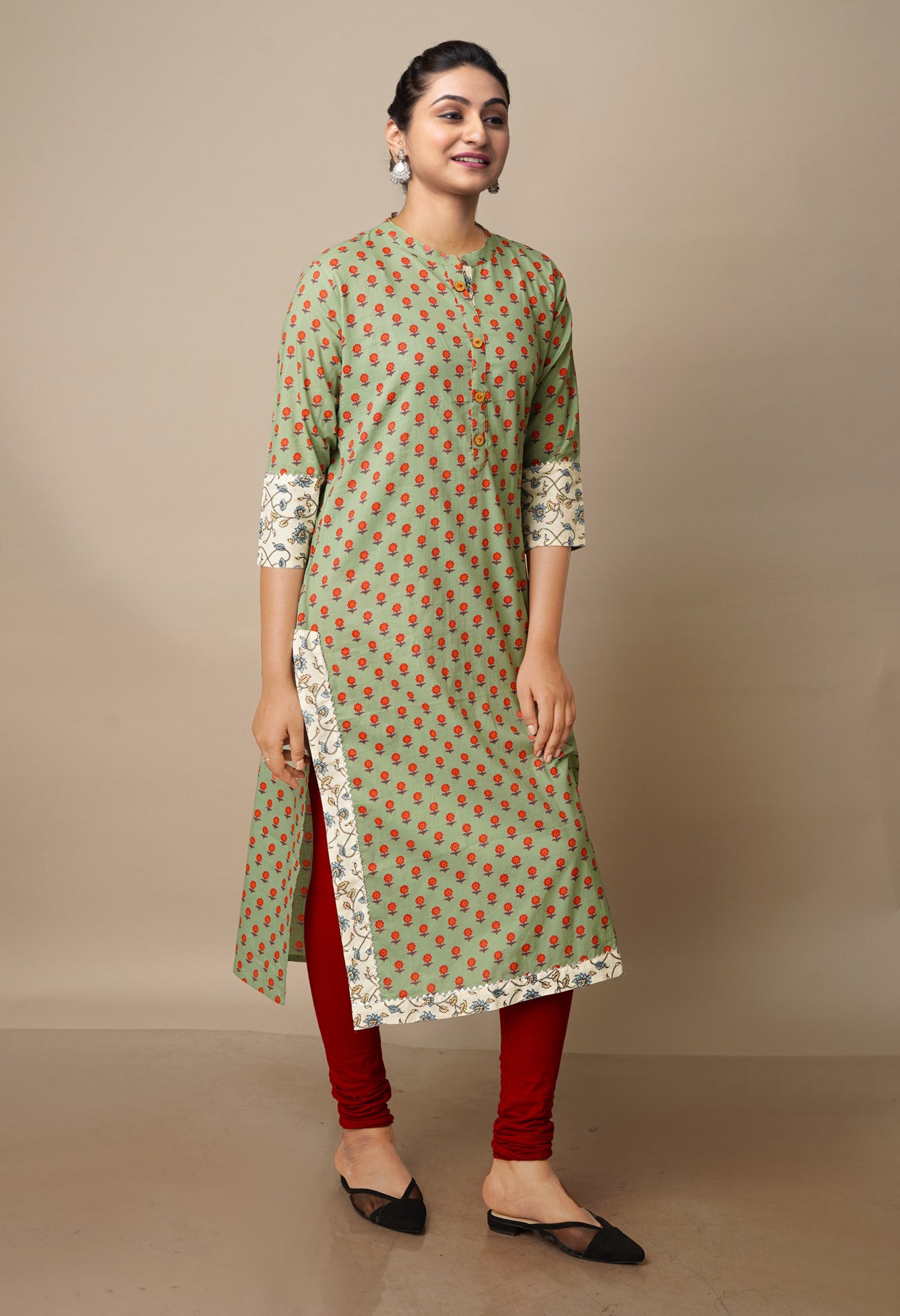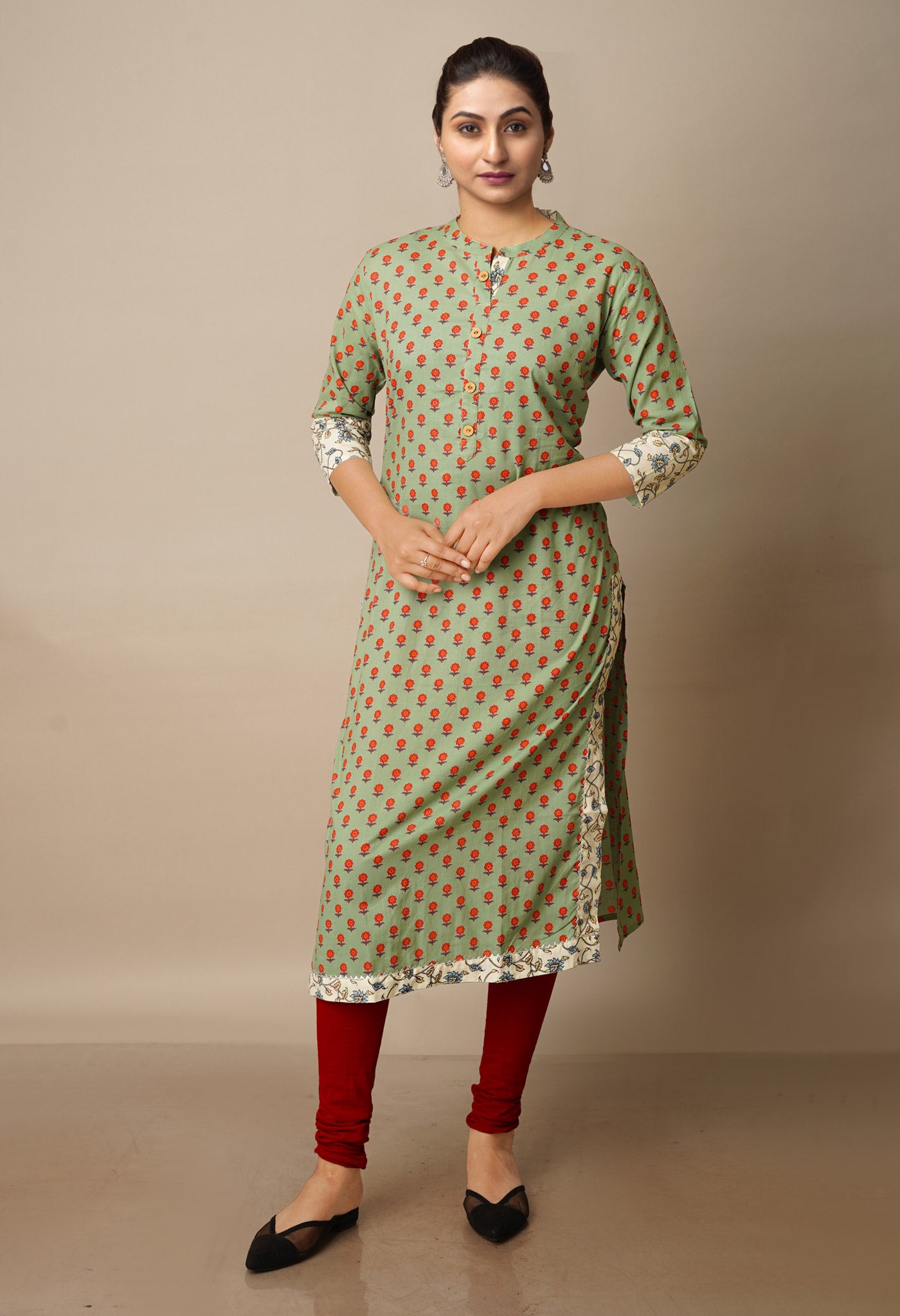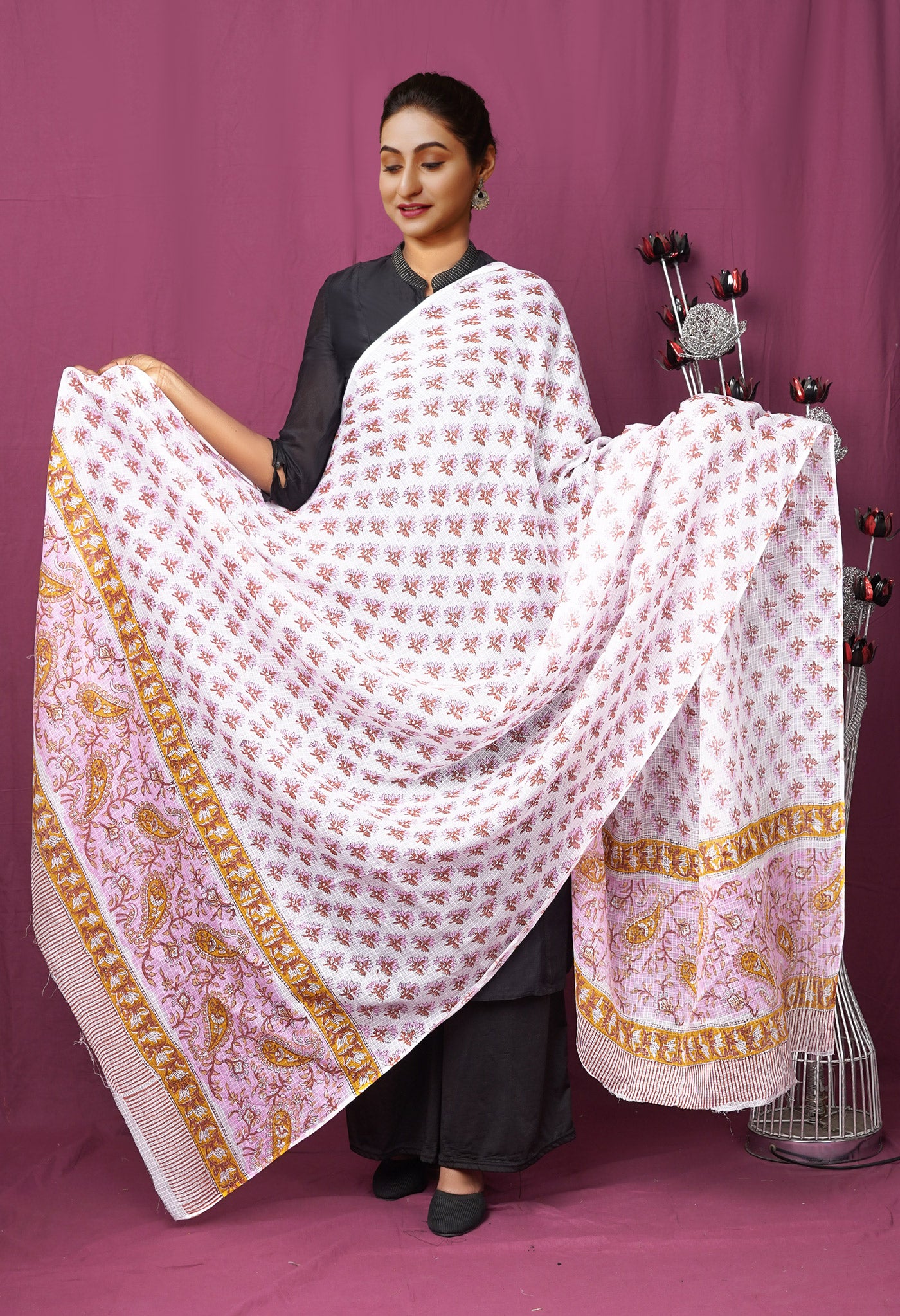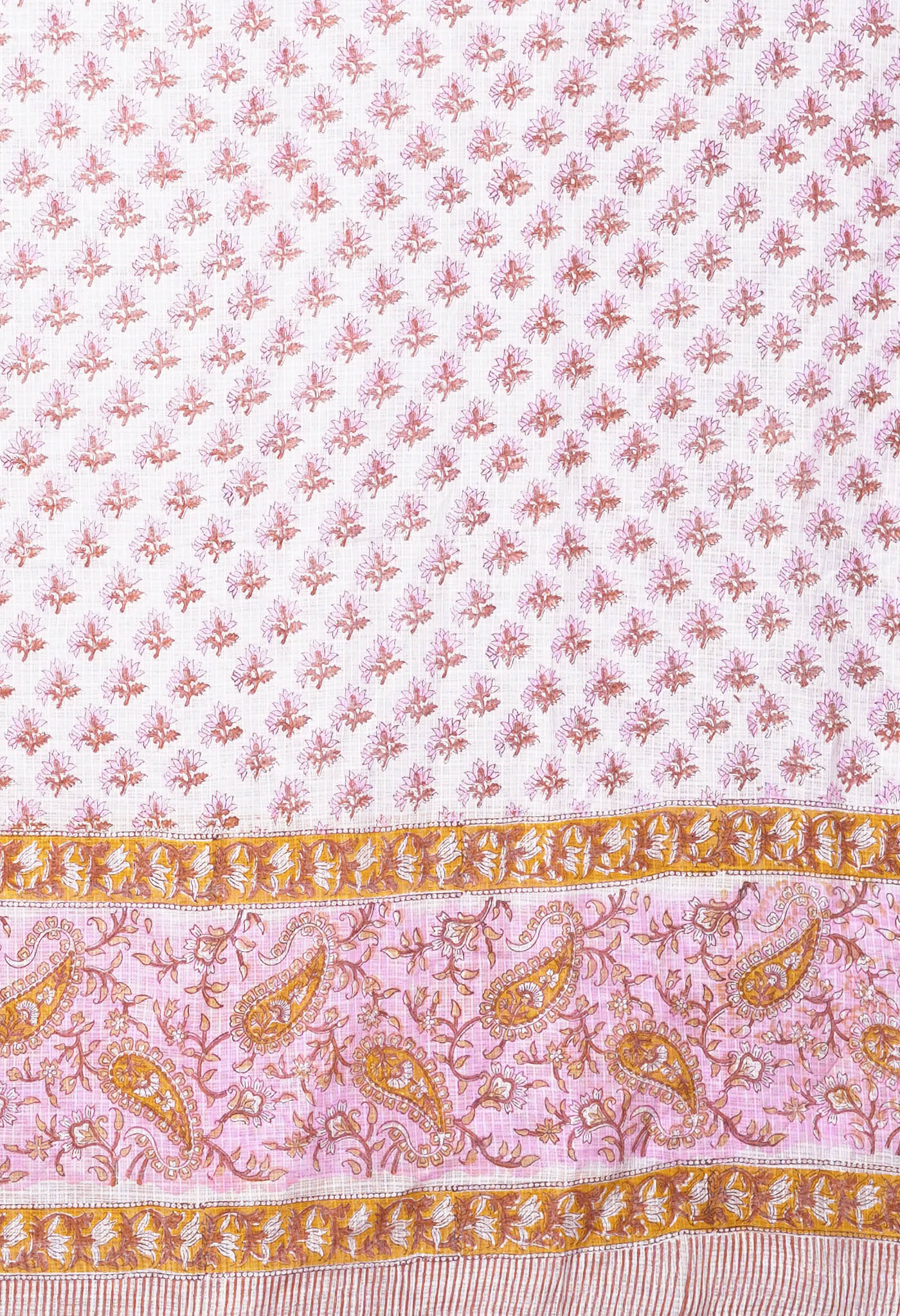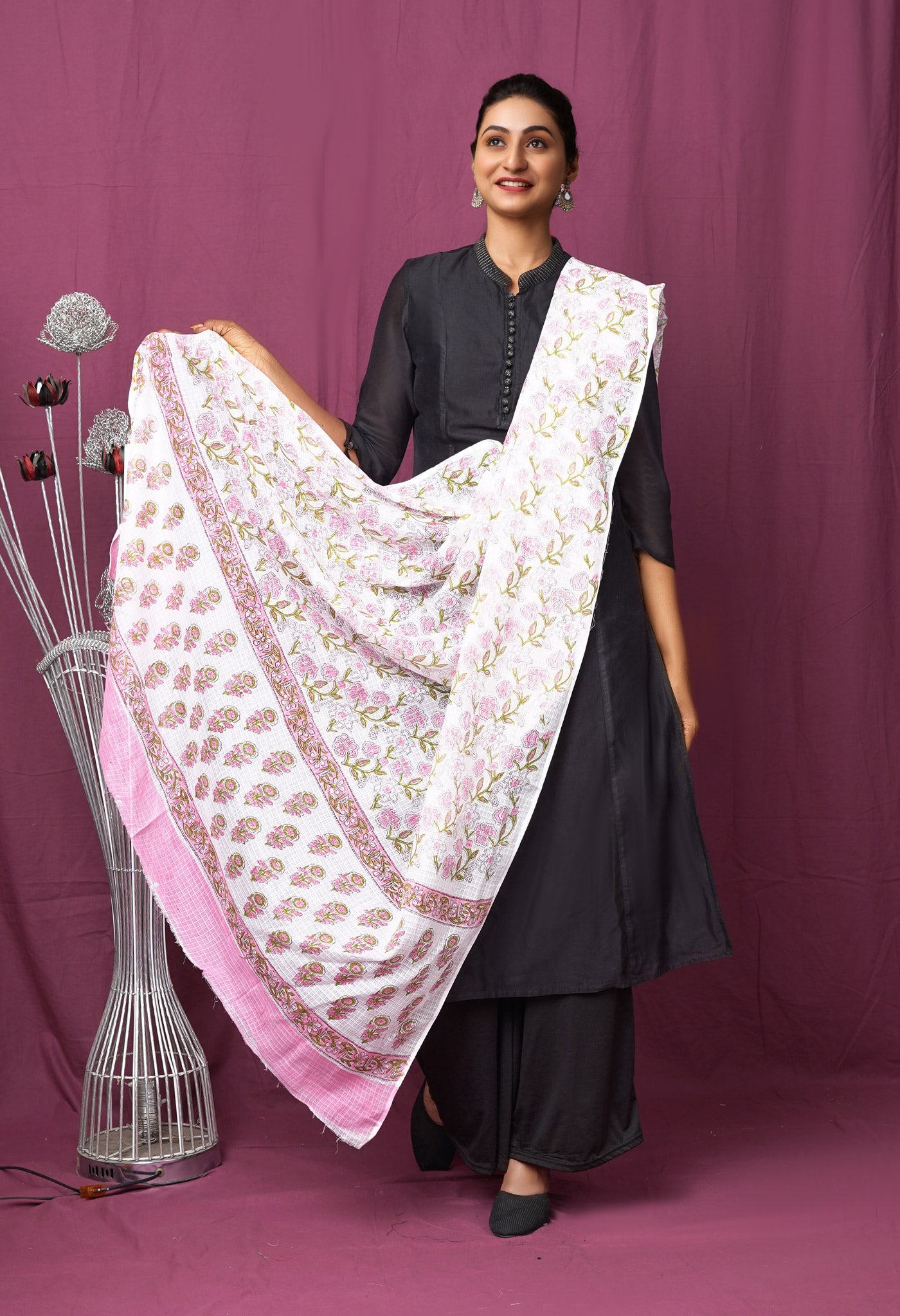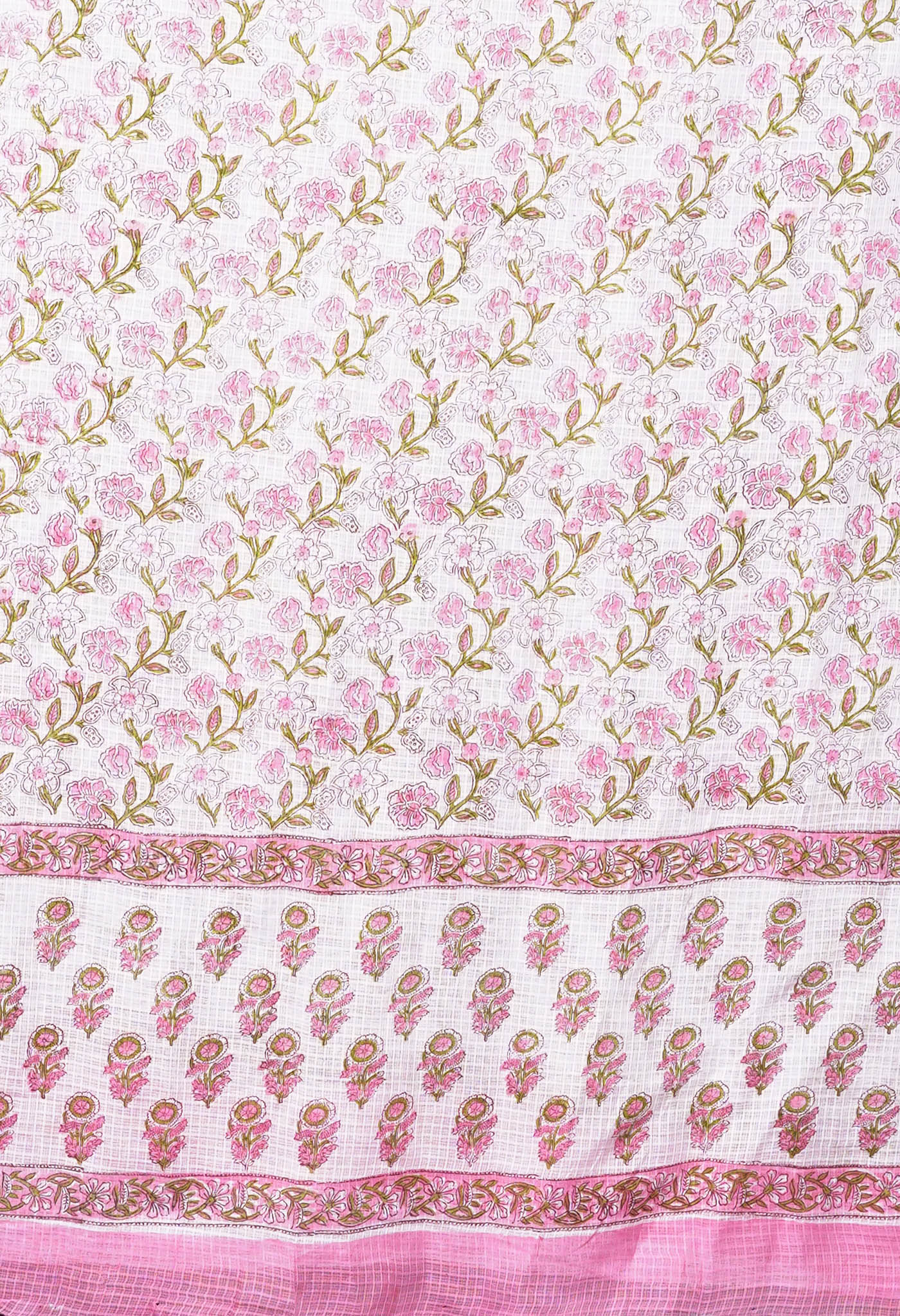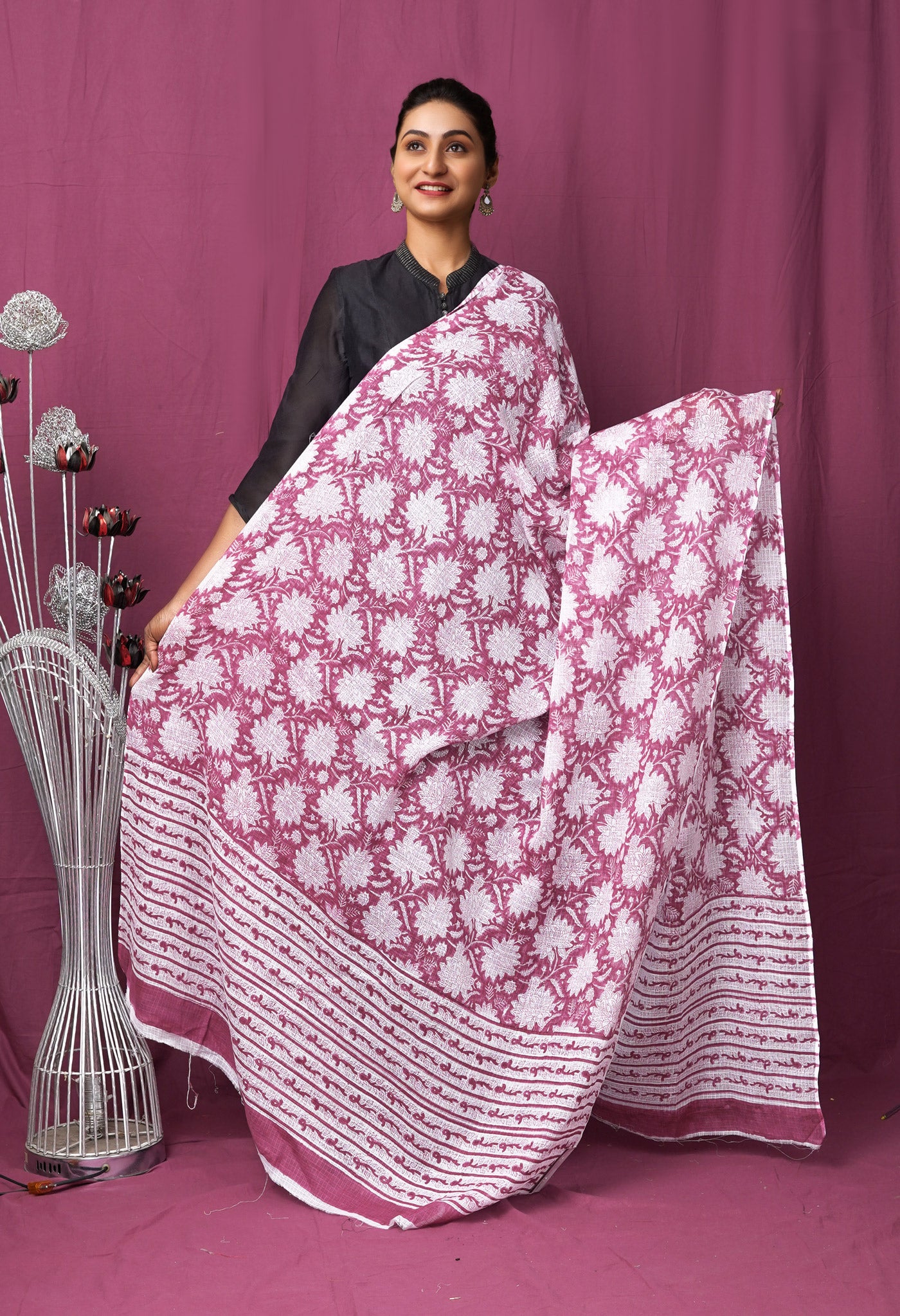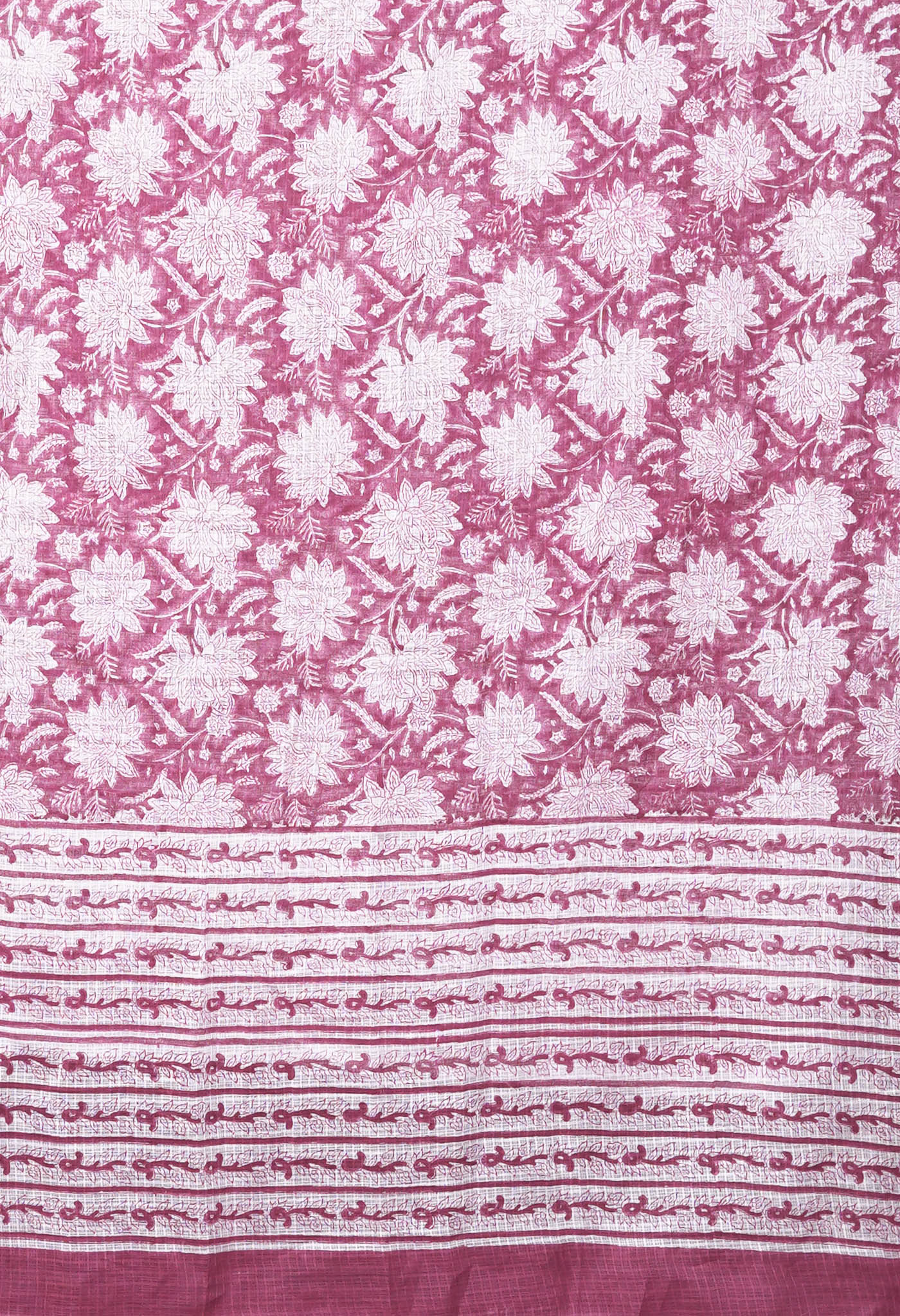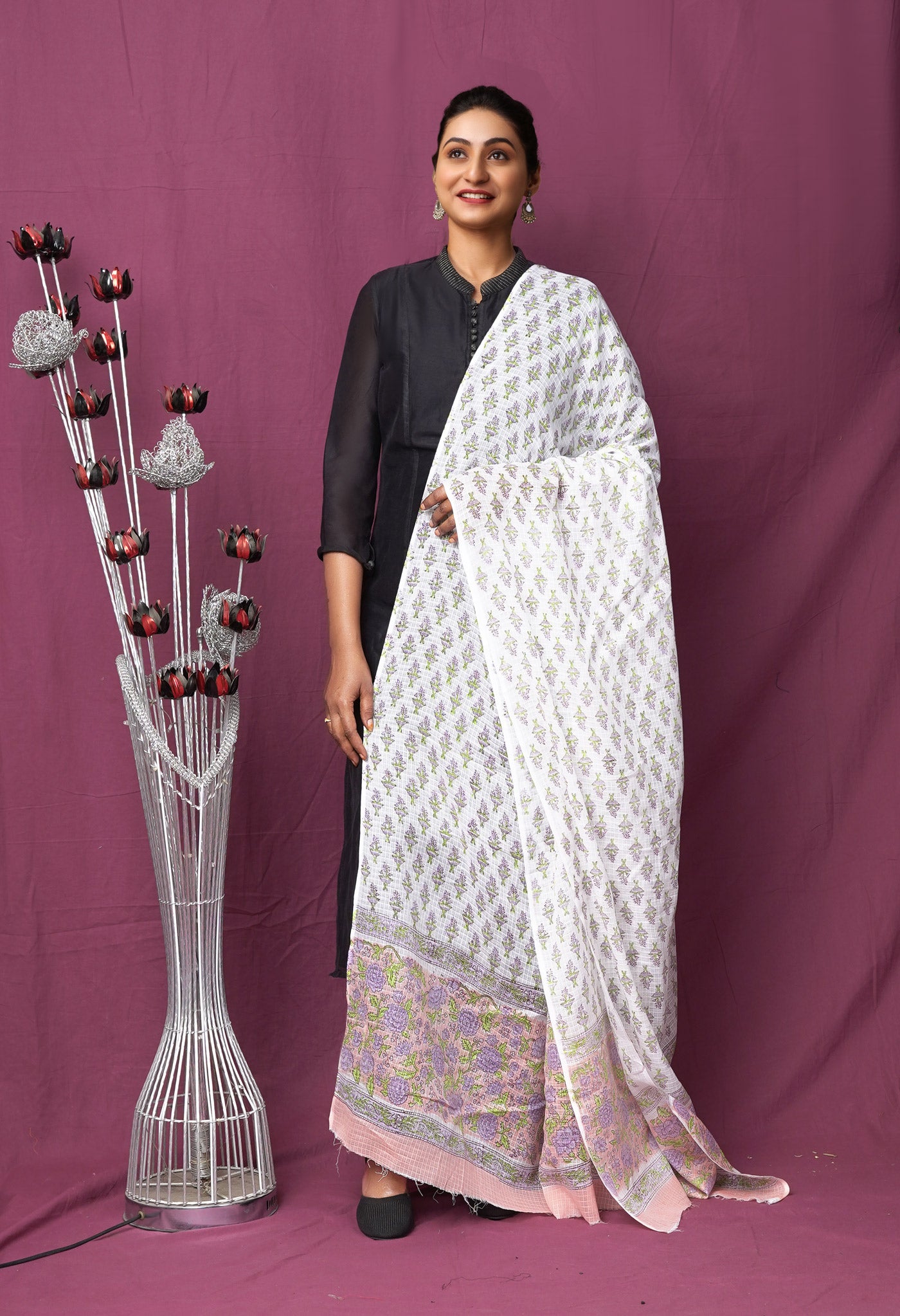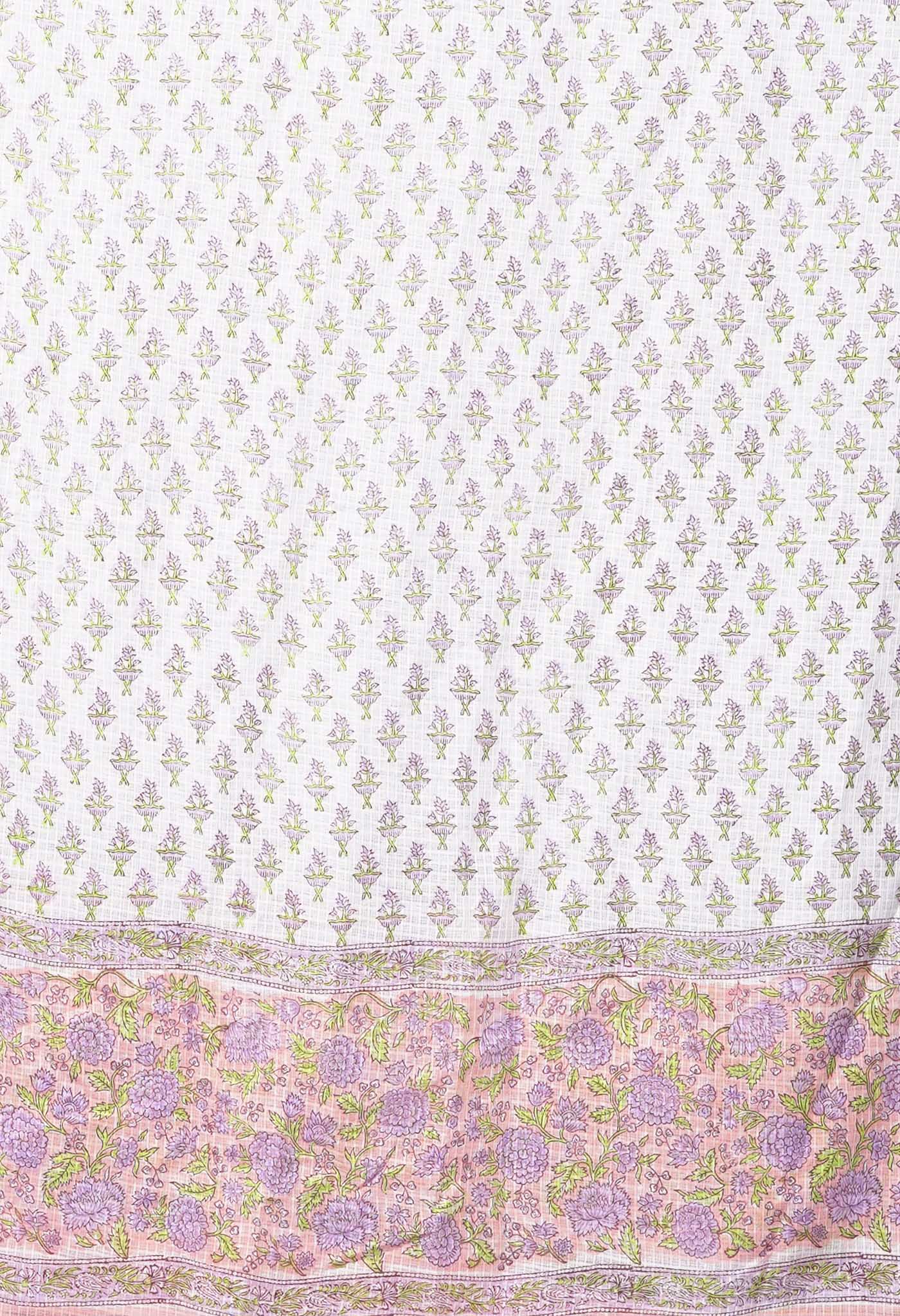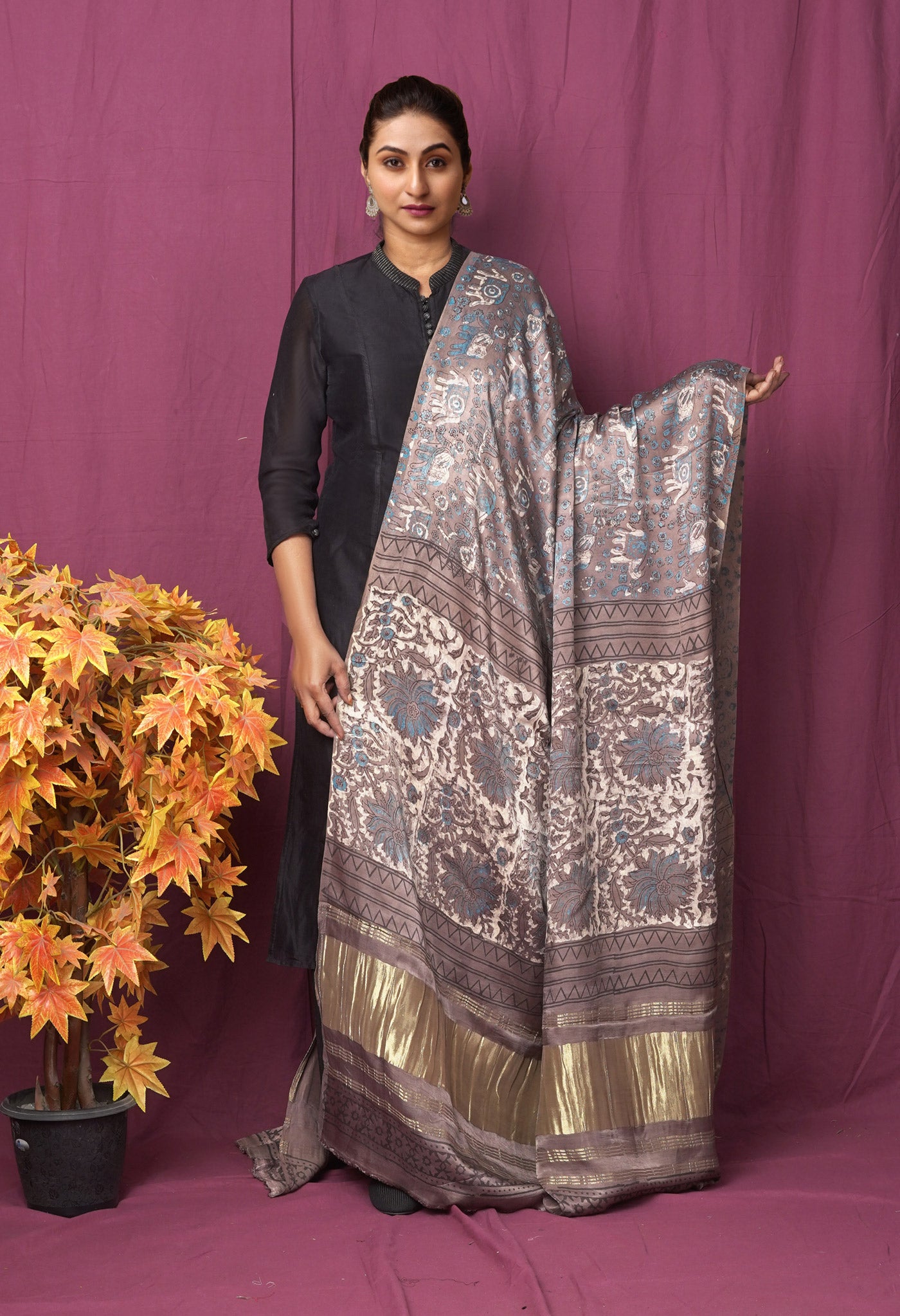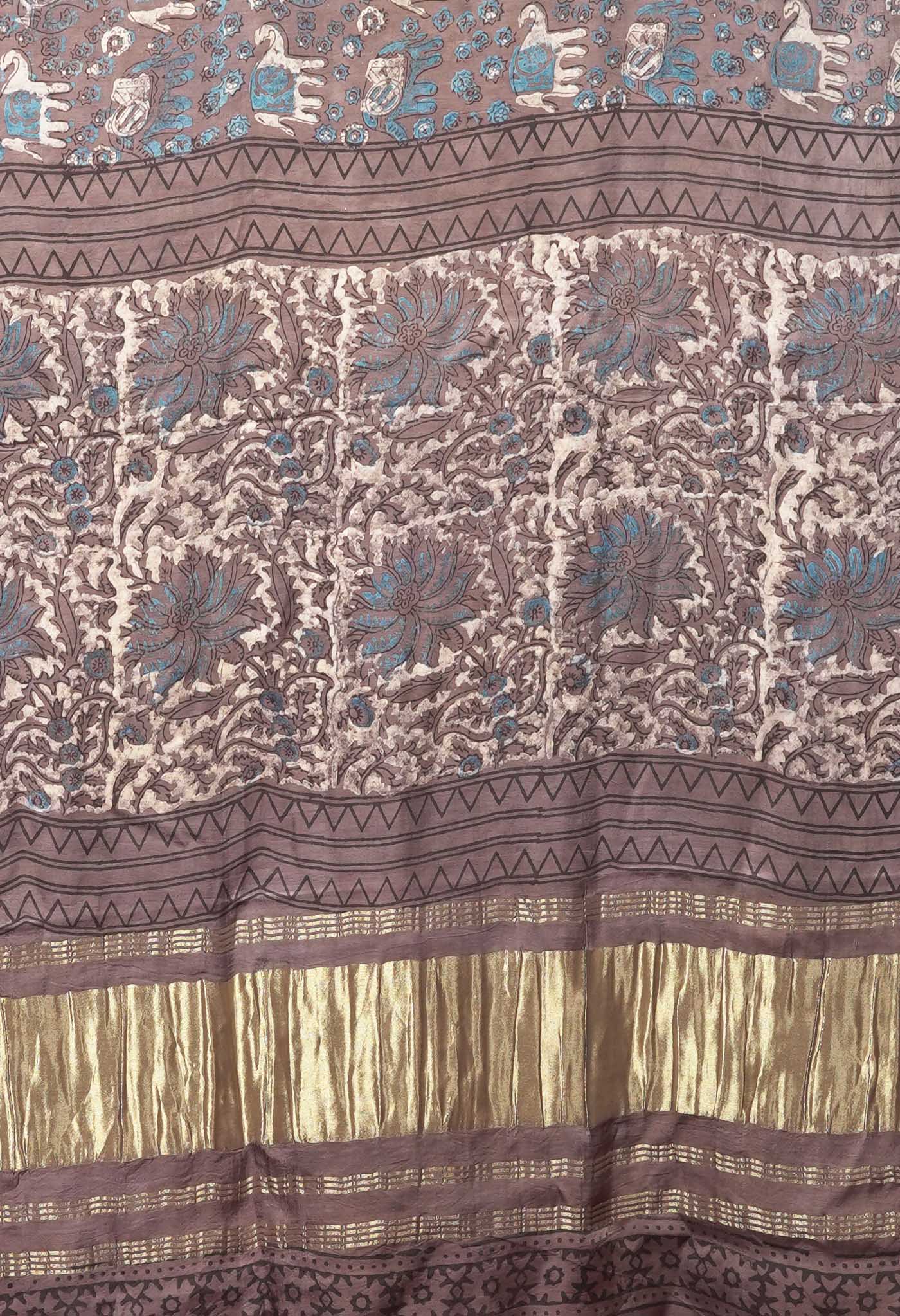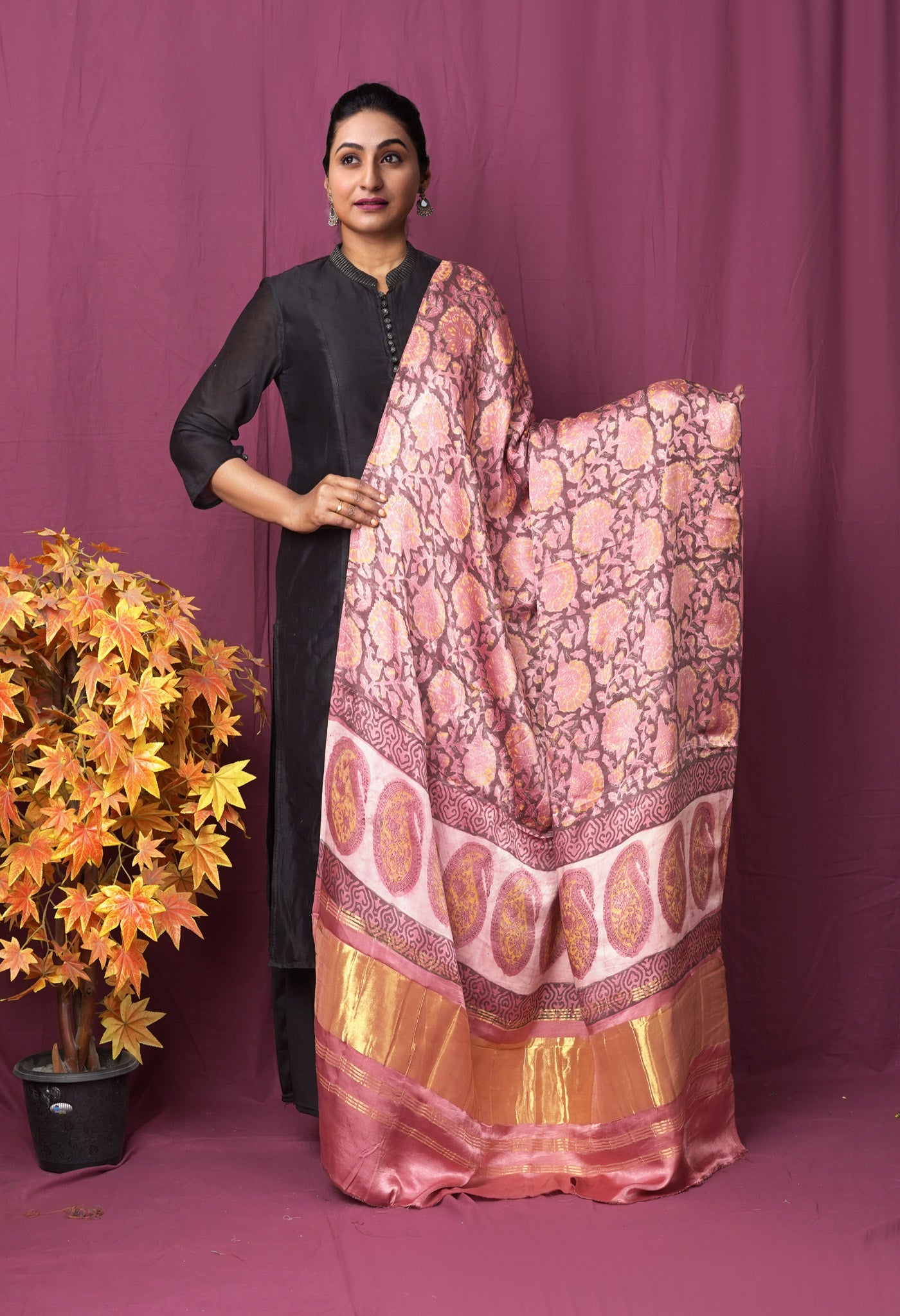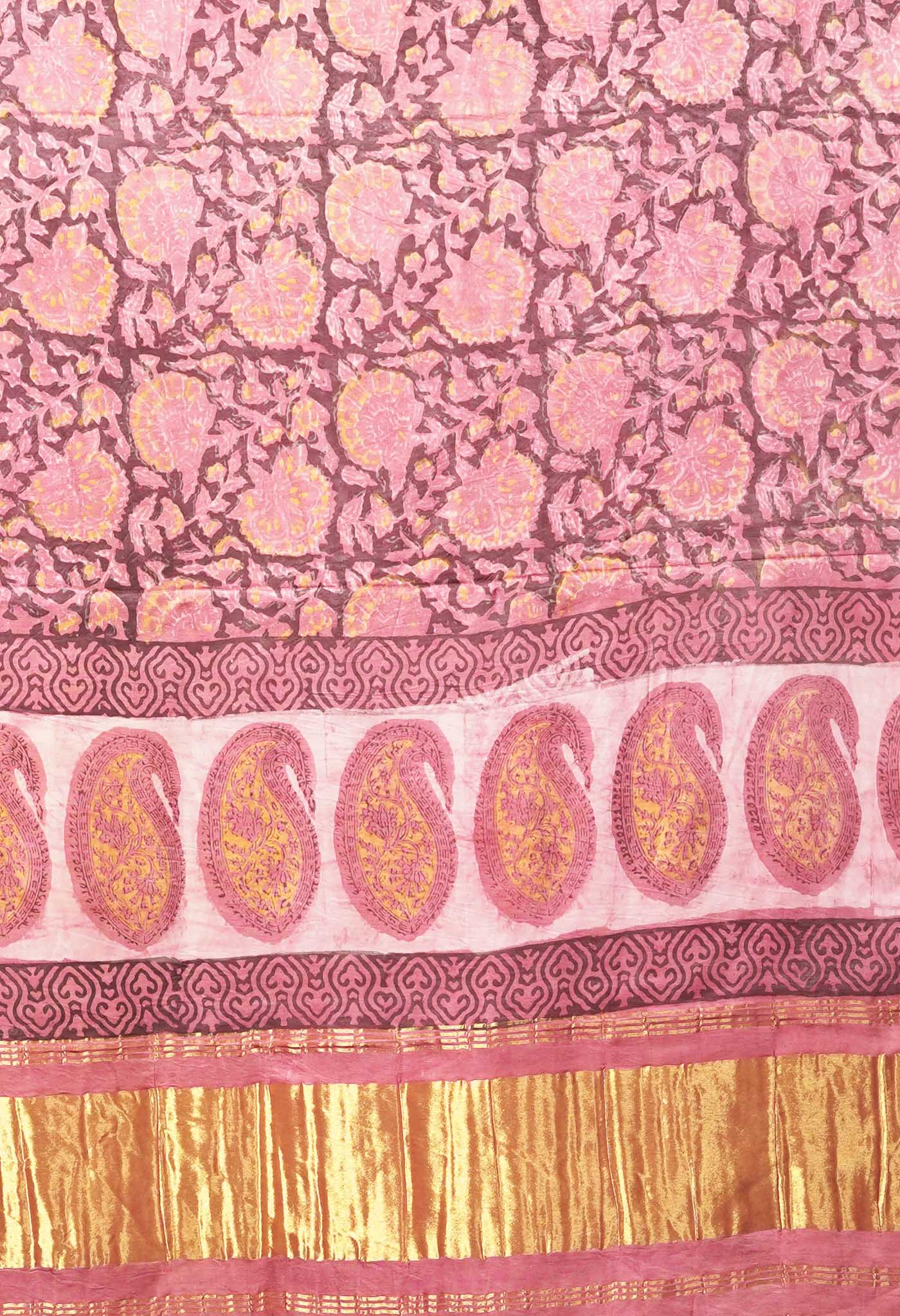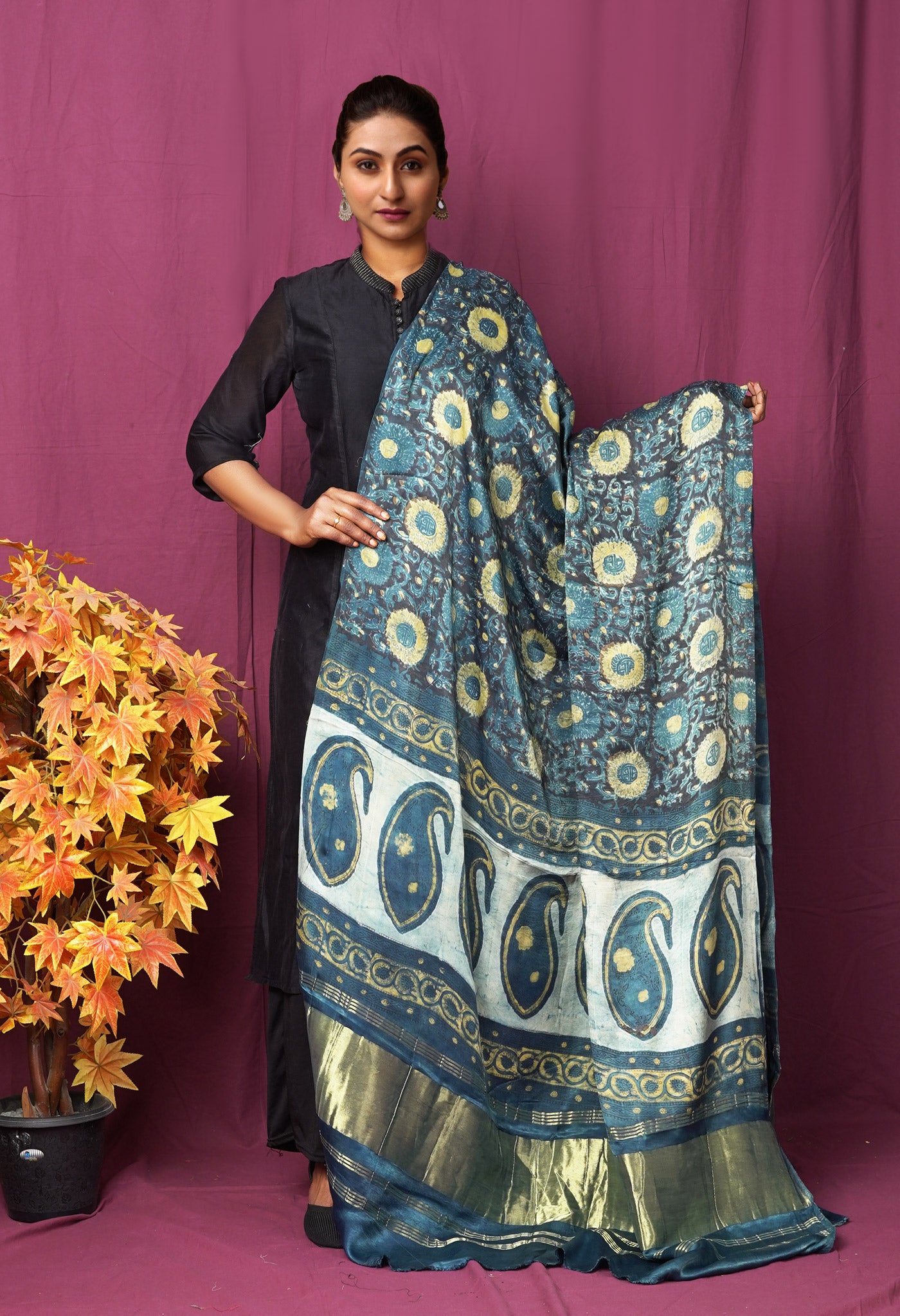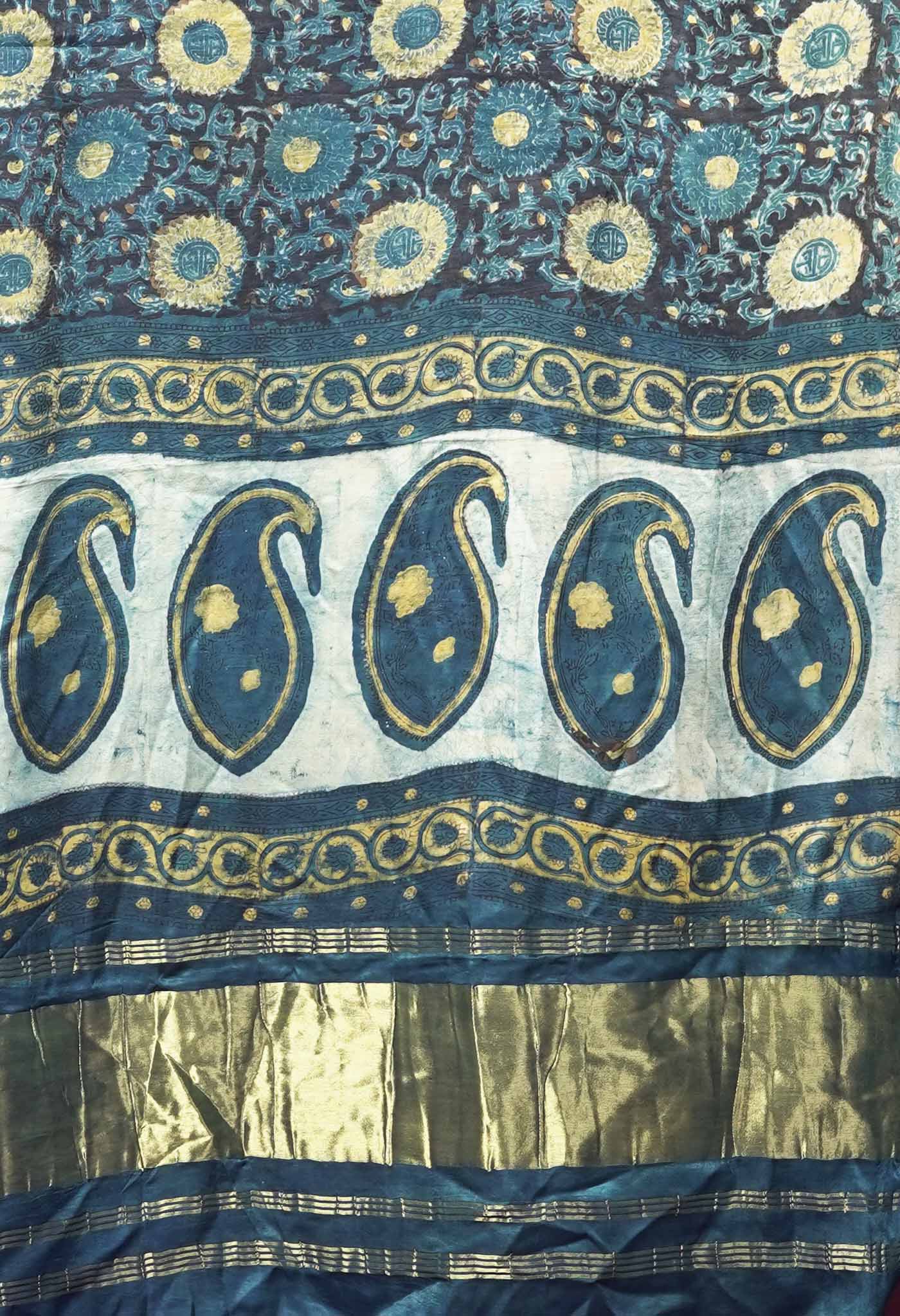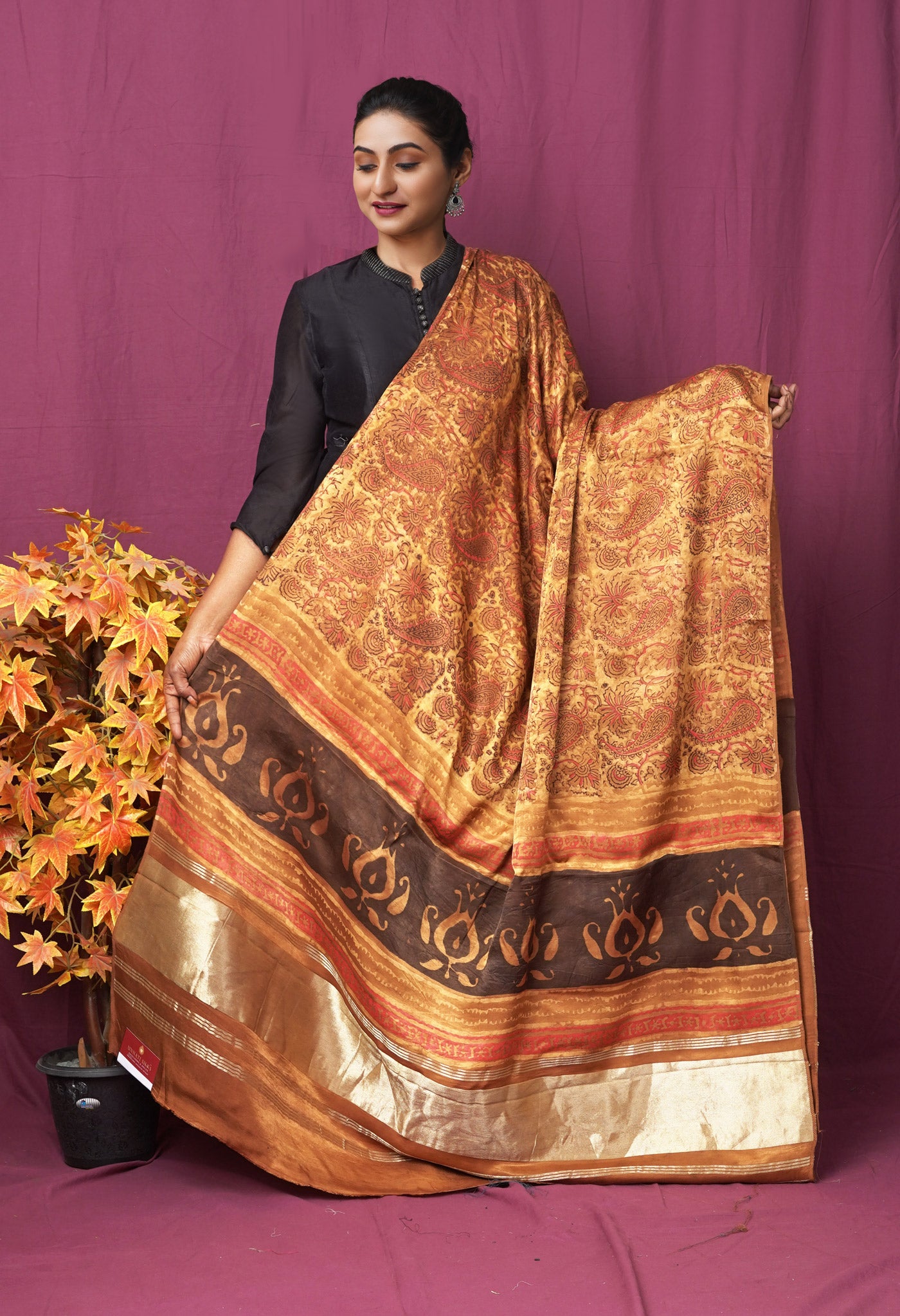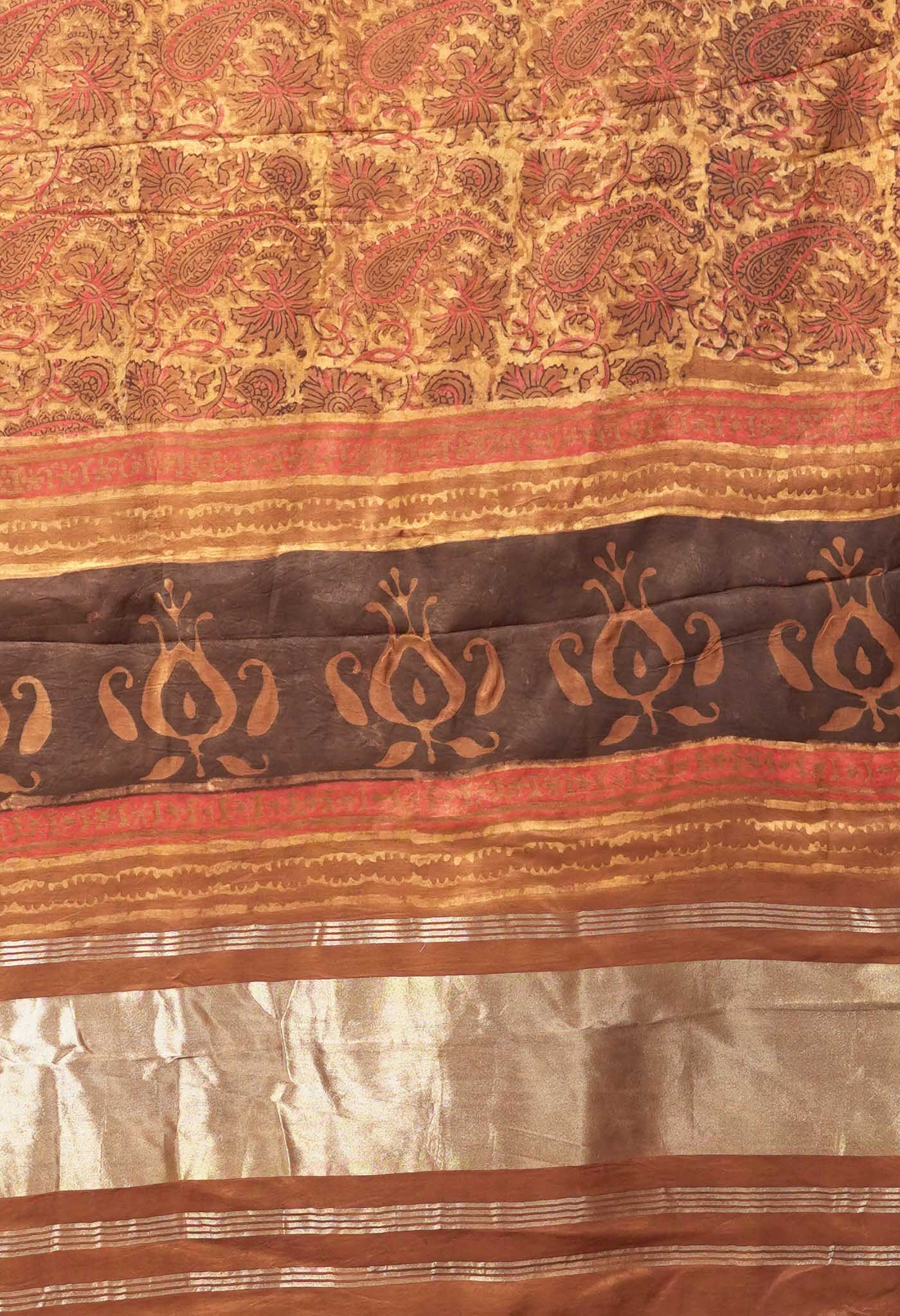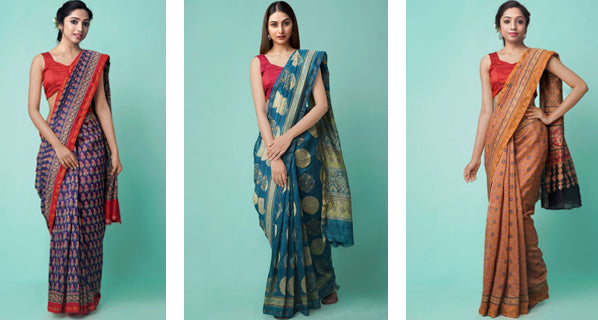
Ajrakh Prints - a tradition of centuries seen in modern-day fabrics
Ajrakh Prints - familiar with the term? You see it everywhere, on all nature of fabrics. Ajrak prints have found their way on turbans, waist sashes, shawls, dupattas, chaddars, sarees, home furnishings and shawls. The range keeps widening as and when it catches the fancy of the traditional practitioners of the art. Indian fashion designers have effortlessly fused traditional ajrak with modern tastes.
Anyway what is the meaning of Ajrakh?
A fabric that has derived its name from the sanskrit word ‘A-jharat’ or ‘that which does not fade’. ‘Azrak’, the Arabic word for blue could have also played a role in its etymology because of extensive use of indigo in the process.
Early settlers in Sindh and India in 3300 BC, who lived along the Indus river, found it conducive for the growth of cotton and indigo plants that grew close by on its banks. They discovered that Cotton was a fabric that had good adhesion quality, the indigo color so plentifully available formed a new way of coloring fabrics.
Some centuries later a heavy Mughal influence in motifs combined with the traditional printing with blocks, saw it evolve as a parallel form of printing in the 17th century. The British Raj further encouraged this art on seeing some communities in Gujarat excel in it.
Before the earthquake in January, 2001, Dhamadka was a central hub in Bhuj, Gujarat. Its destruction gave rise to a newly formed Govt. and private combined initiative named Ajrakhpur that continues the tradition as before. The current day form of Ajrakh printing is a by-product of various influences, very slightly modified to changing market tastes.
The Ajrak effort is a ‘celebration of Nature’. Blue and red are the pre-dominant colors with other substances found in Nature also contributing to colors like yellow, black, brown, so you get more variety. That is what the Ajrakh saree is all about, a traditional offshoot of Ajrakh fabrics that has now become part of a fashion trend that has generated tremendous interest because of the exotic prints in fast natural colors that are brought out.
The essence of Ajrakh Printing
- All motifs in Ajrak printing are built around a central point and repeated across the fabric in a grid-like manner. Thus a design of horizontal, vertical and diagonal lines make up beautiful intended designs.
- Unlike other processes of printing on cloth, where the colour is applied directly to the cloth, in Ajrak block printing, the fabric is first printed with a resist paste and then dyed. The process is repeated again and again with different kinds of dyes, to eventually achieve the final pattern in the deep red and blue hues.
- This gradual process is also very time consuming, as the longer an artisan waits before beginning the next step, the more vivid the final print becomes. Thus, the entire process can take up to two weeks resulting in the creation of the beautiful eye-catching patterns of the Ajrakh.
Unnati Silks and its range of Ajrakh sarees
Unnati Silk’s love for Ajrakh stems from the fact that there is a passion and a persistent relationship with Nature from the inception of Unnati’s journey that makes it partial to such traditional forms that have especially weathered the battering force of time. Ajrakh printing happens to be one such favourite.
For the lovers of Ajrakh prints you have the designer Ajrakh printed sarees, lovely kurtas and tunics as well as fabric cloth with unique designs for your own imaginative end uses.
Unnati Silks recognizes the worth of Ajrakh, and sees in it the soul of Nature’s creativity that inspires beautiful permutations and combinations.
The new range of Ajrakh sarees at Unnati Silks
An experiment in traditional printing on different types of fabrics, you have the ancient art of Ajrakh prints tried out on different nature of fabrics.
- Chanderi Sico
 Chanderi sarees are known for the stylistic Bootis and extraordinary threadwork on fine weaves in silk and cotton. With plain to moderately adorned patterns or motifs and small but attractive coloured borders and exquisite pallus with some adornment, Chanderi sarees have been popular for the extremely fine texture and sheer quality. The entry of the Chanderi Saree in its new avatar of fusion Sicos (blends in silk and fine cotton) has kept the interest in a fabric alive that since traditional times has never ceased to amaze.
Chanderi sarees are known for the stylistic Bootis and extraordinary threadwork on fine weaves in silk and cotton. With plain to moderately adorned patterns or motifs and small but attractive coloured borders and exquisite pallus with some adornment, Chanderi sarees have been popular for the extremely fine texture and sheer quality. The entry of the Chanderi Saree in its new avatar of fusion Sicos (blends in silk and fine cotton) has kept the interest in a fabric alive that since traditional times has never ceased to amaze.
- Linen
 Linen is a fabric made wholly from the fibers of the flax plant. Acknowledged in the fashion industry as ‘the fabric for all seasons’ it is known to better cotton for the summer heat, is smooth in texture, soft to the touch, absorbent and one that keeps the body cool and comfortable at all times.
Linen is a fabric made wholly from the fibers of the flax plant. Acknowledged in the fashion industry as ‘the fabric for all seasons’ it is known to better cotton for the summer heat, is smooth in texture, soft to the touch, absorbent and one that keeps the body cool and comfortable at all times.
With weave quality that is excellent, it offers a wide range in counts from slightly coarse to extra fine. Fashion designers have perceived its wonderful qualities and envisaged its many possibilities as a trendy and vividly patterned line of apparel that would please the market.
In nice imaginative adornments and with such wonderful qualities as a fabric, linen with natural lustre and cool comfort, make linen apparel as great all-day wear for the Indian working woman and housewife alike. Coupled with endearing qualities like strength, resistance to abrasion and durability is its ability to take on a whole lot of colors, shades & textures - making linen fabrics come in a wide range of variety and pricing.
- Mulmul cotton
 Mulmul (also spelt Malmal) cotton is a fine variety cotton generally grown in the Northern region of India. Soft, fluffy and of good texture, it makes for airy, transparent, light and extremely comfortable cotton fabrics of medium strength.
Mulmul (also spelt Malmal) cotton is a fine variety cotton generally grown in the Northern region of India. Soft, fluffy and of good texture, it makes for airy, transparent, light and extremely comfortable cotton fabrics of medium strength.
Cotton has a good affinity for colour dyes and so you find Mulmul cotton sarees having a wide range and variety in colours. On account of the good quality of cotton and exceptionally good counts a number of exquisite designs and patterns come out very well on the Mulmul sarees. The weave of a Malmal sari is so fine that it has lustre almost as good as a silk saree.
Three excellent fabrics each different from the other quite noticeably - one, a fine blend in silk and cotton, one, a smooth fabric like Linen, the third, a popular utilitarian fabric for all purposes as cotton. The Ajrakh prints have been printed with admirable success on all three. In colors like blue, red, grey, brown as base, the sharpness, vivid detailing of the block prints, have displayed the extraordinary adhesion of the Ajrakh colors and prints.
Furthermore with every wash the Ajrakh prints get brighter and look softer.
The test of anything lies in good performance outcomes under varying conditions with different criteria. Ajrakh has proved its merit by being popular with the purists or fashion designers and the general public, so much so that if you were just to see around you would notice the prints atop a variety of objects of use & tops, as much as you would see the prints proudly displayed on costly fashion fabrics.

